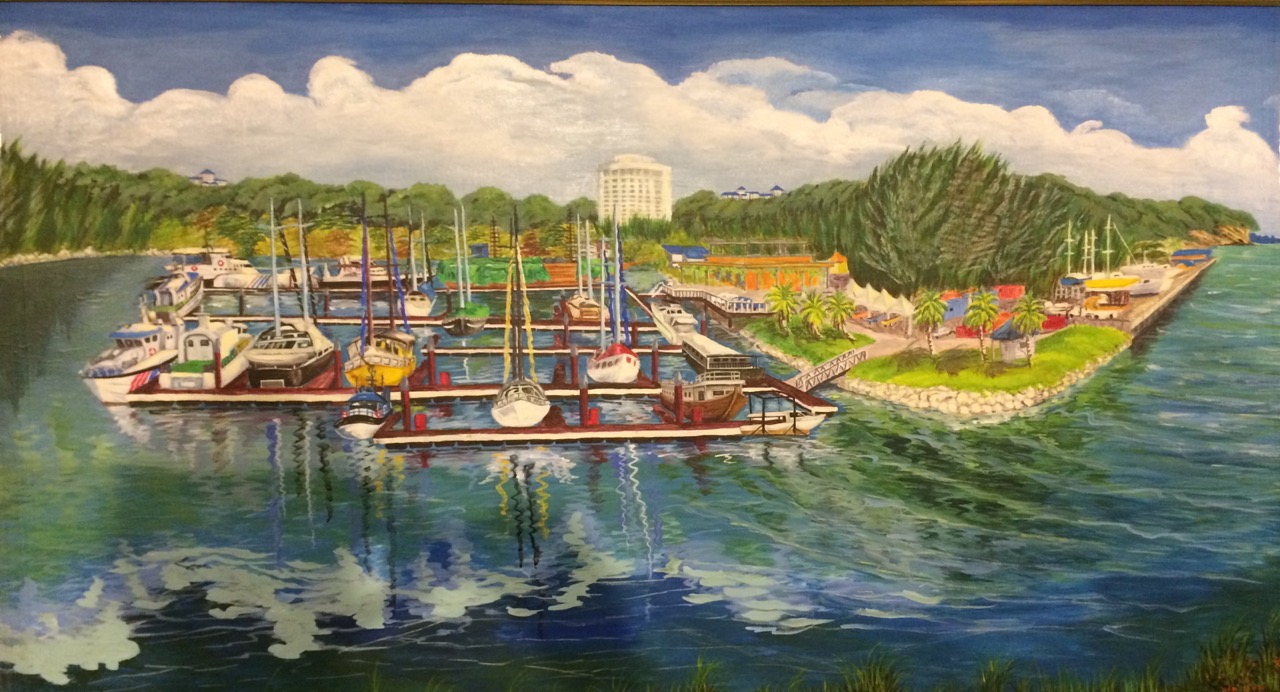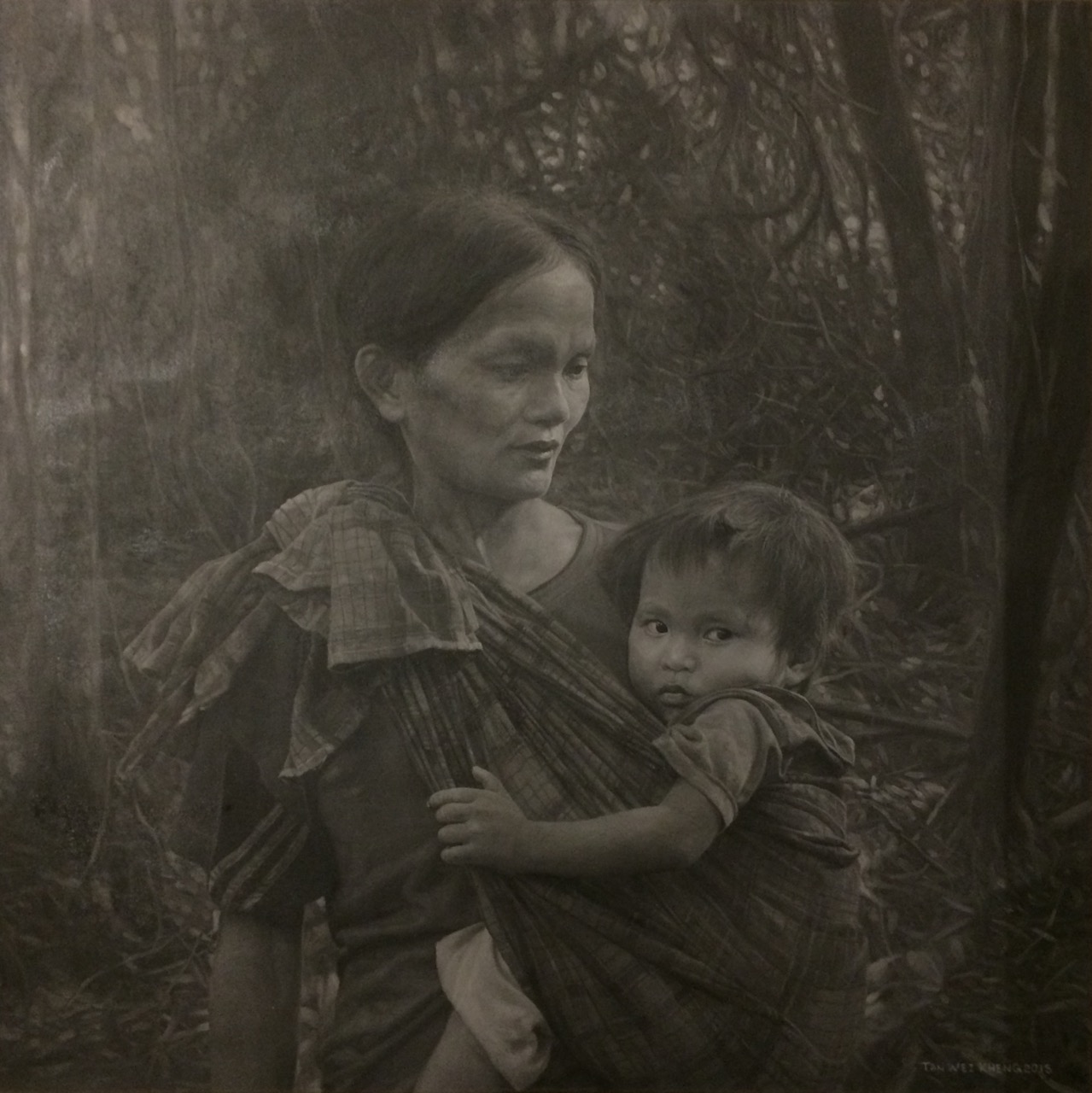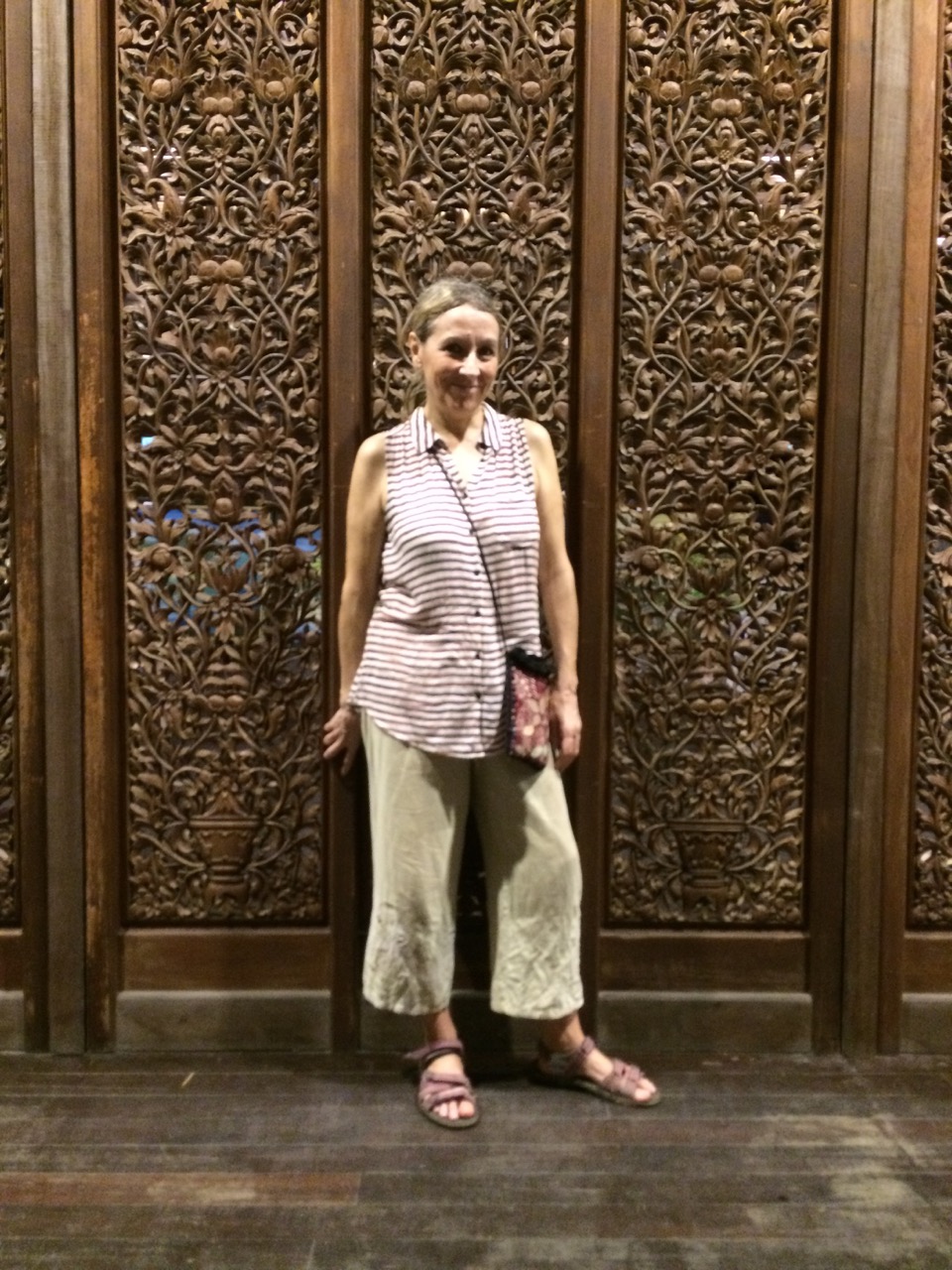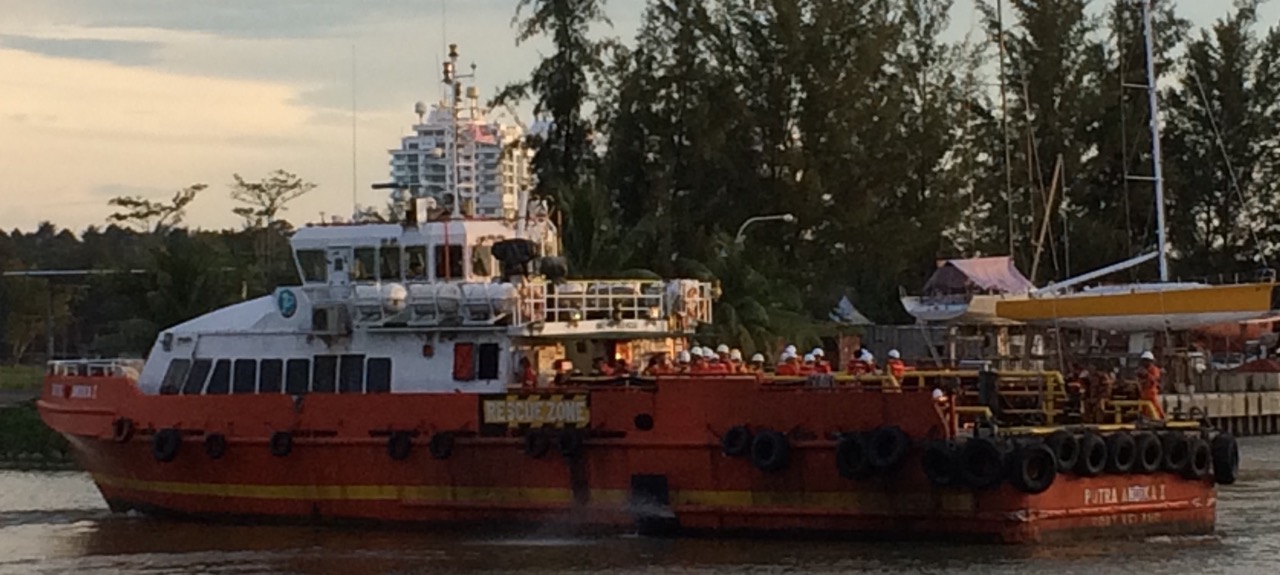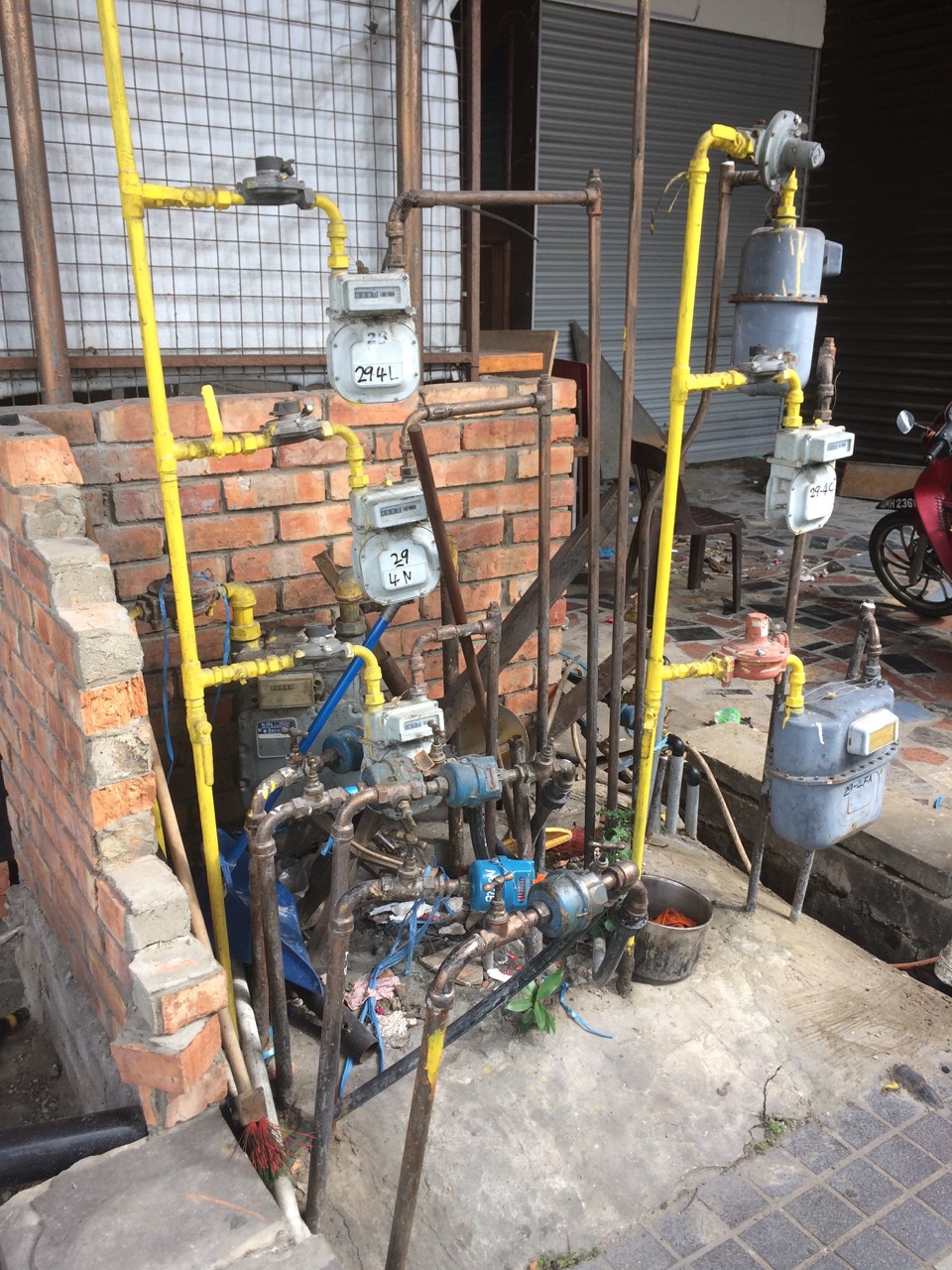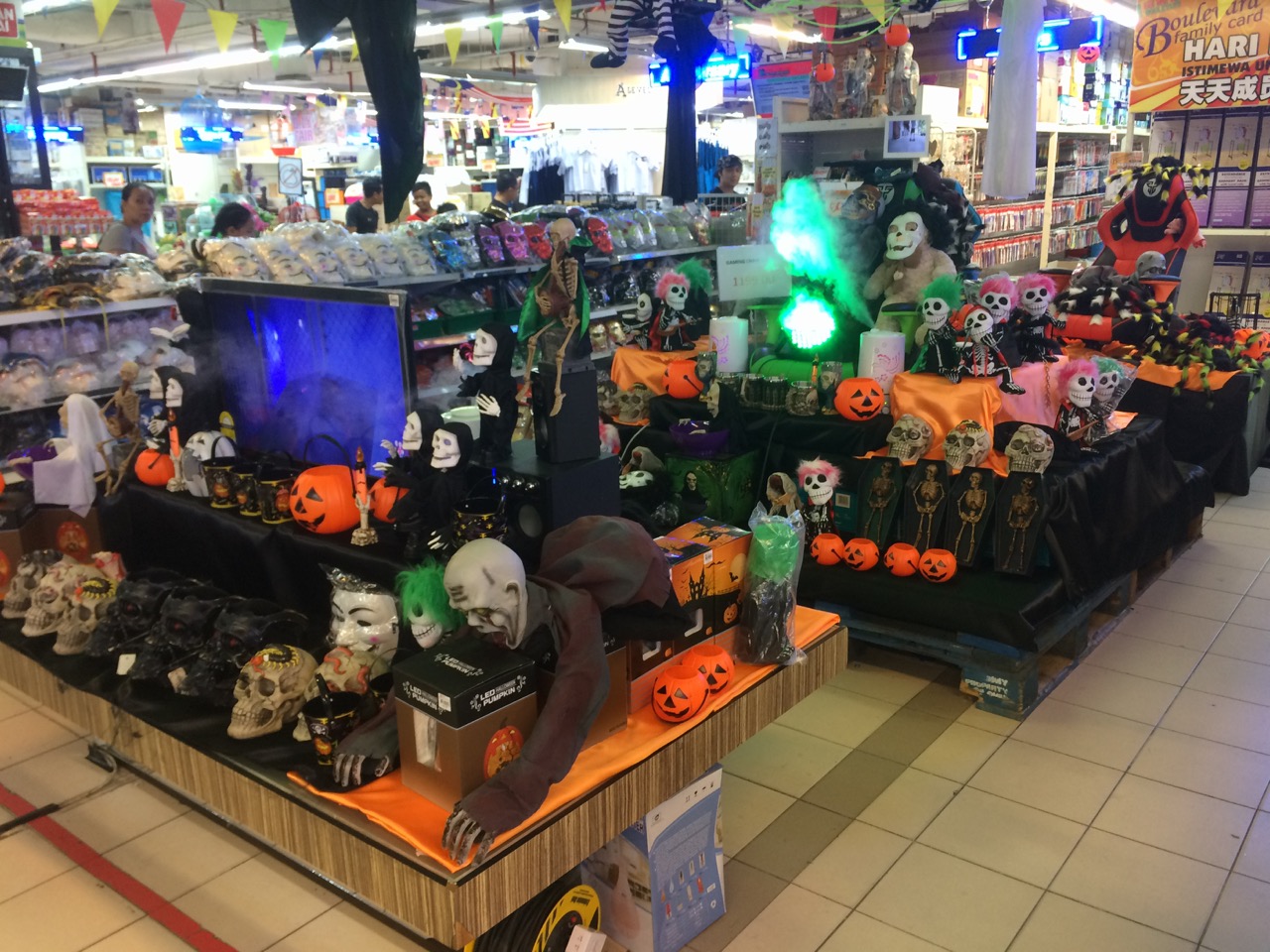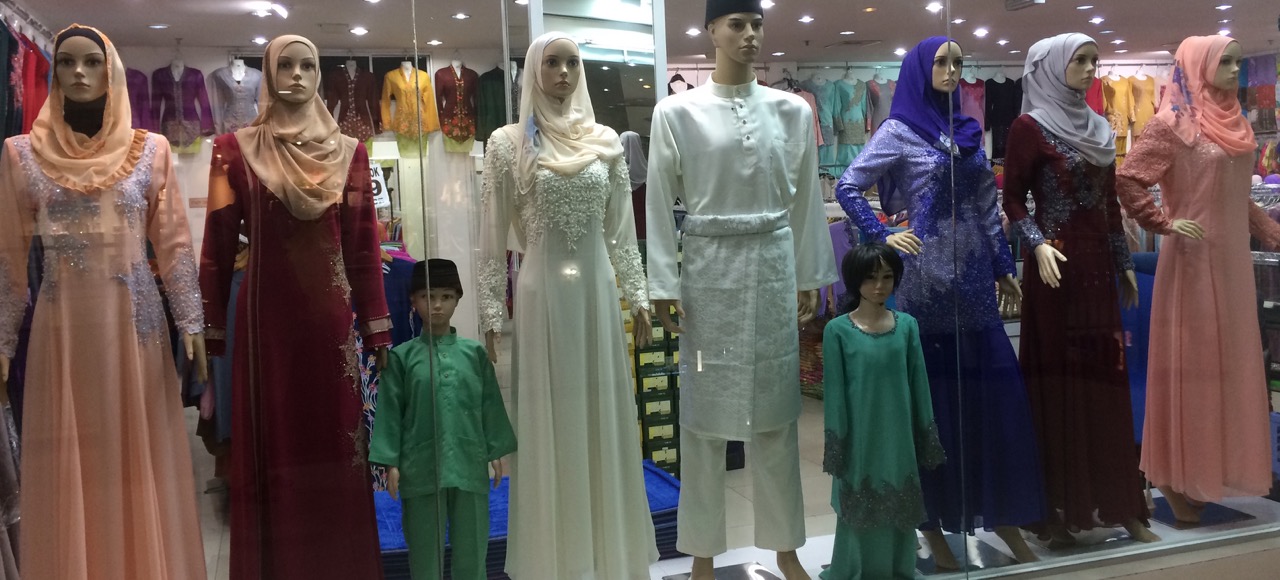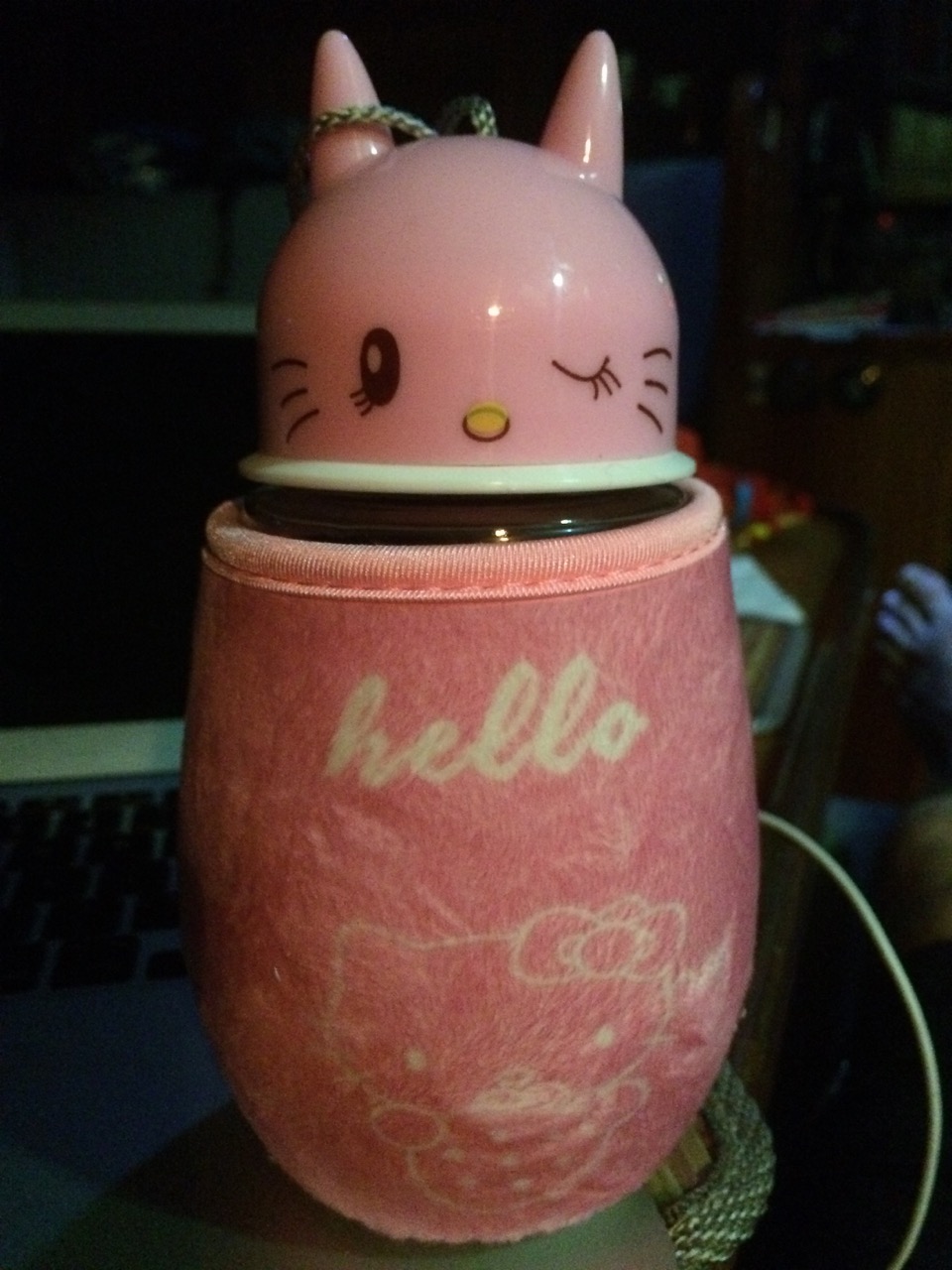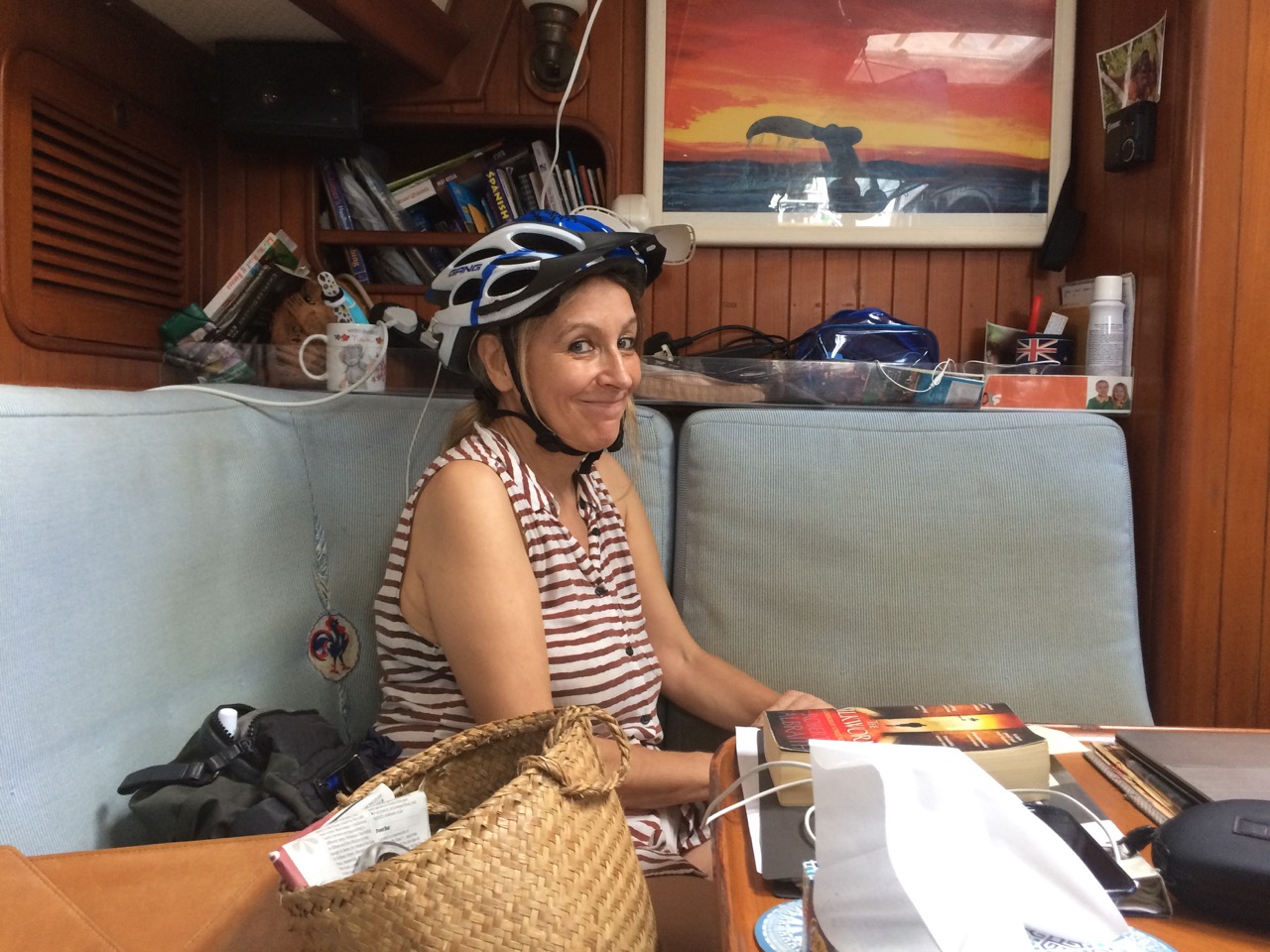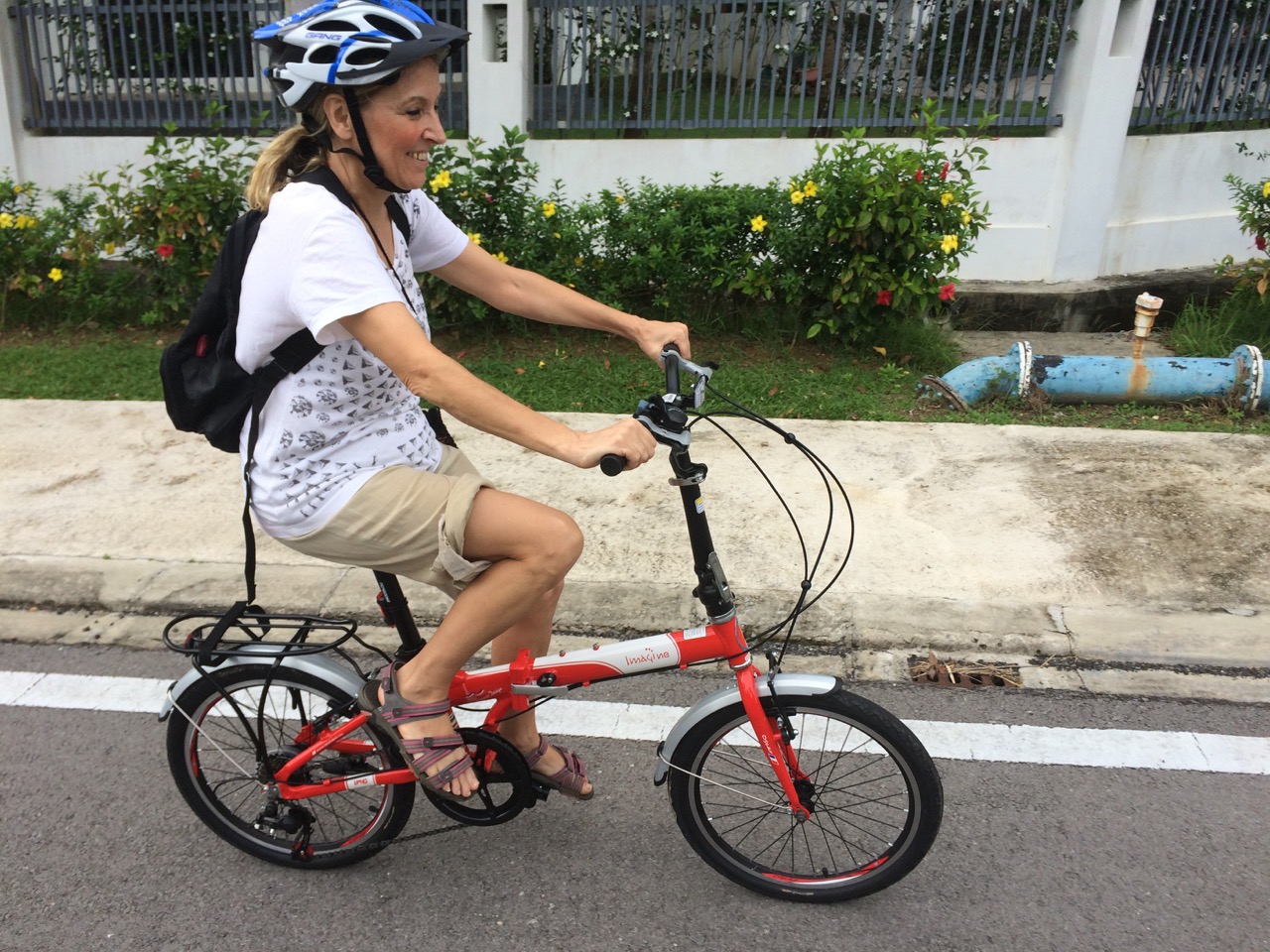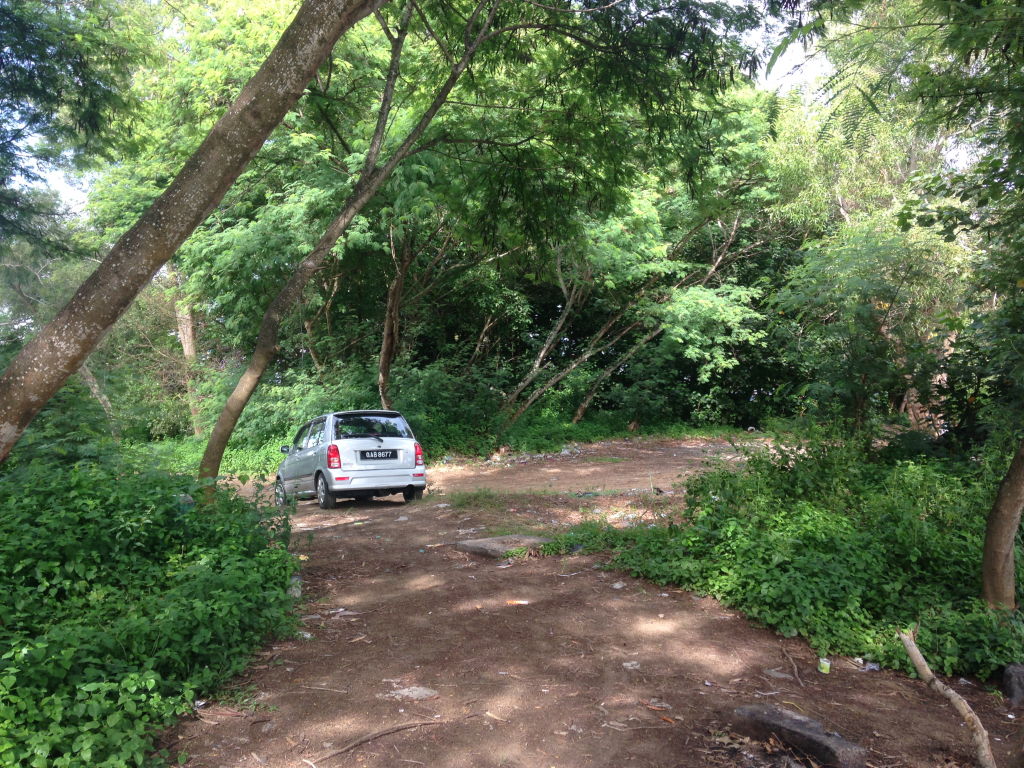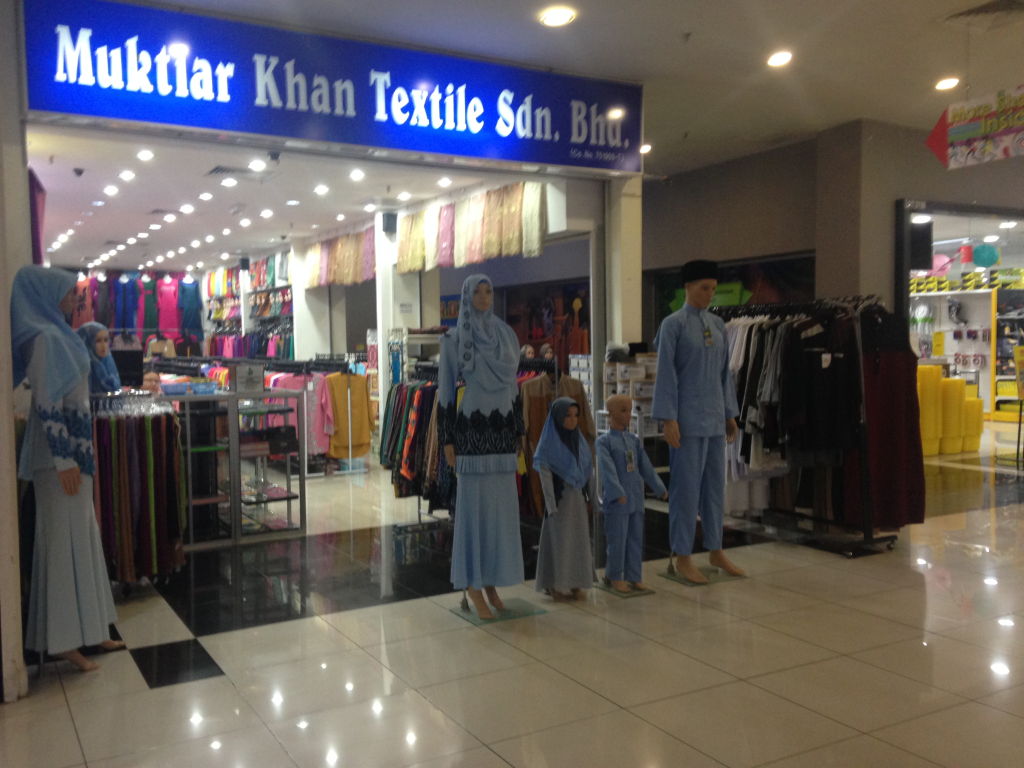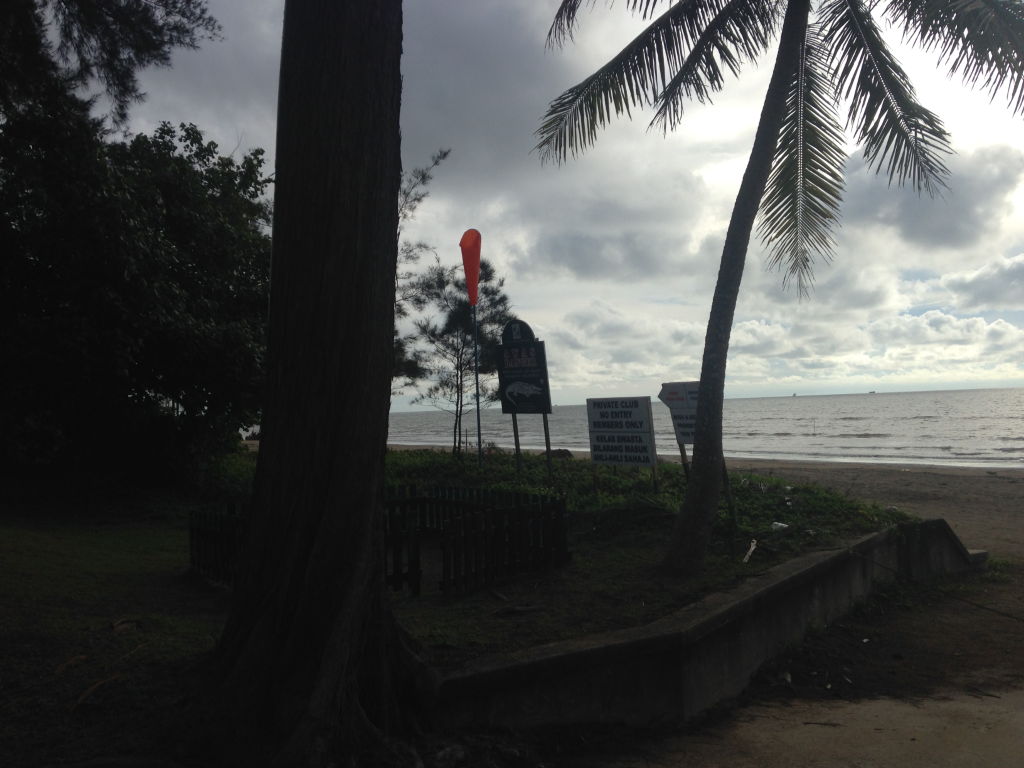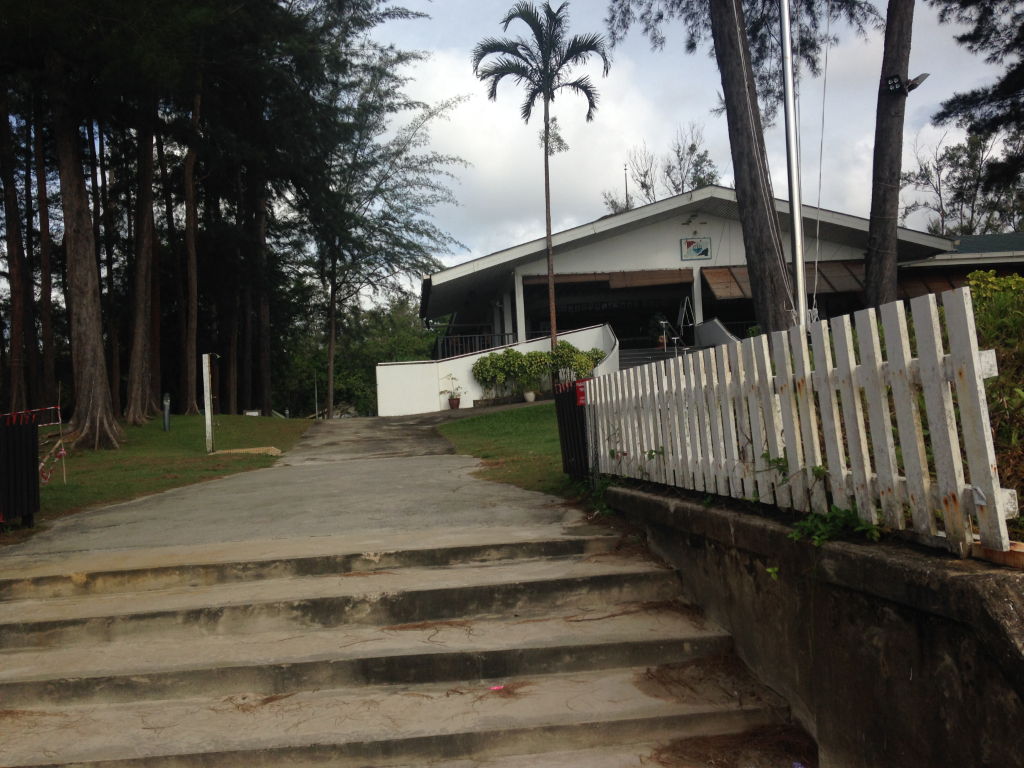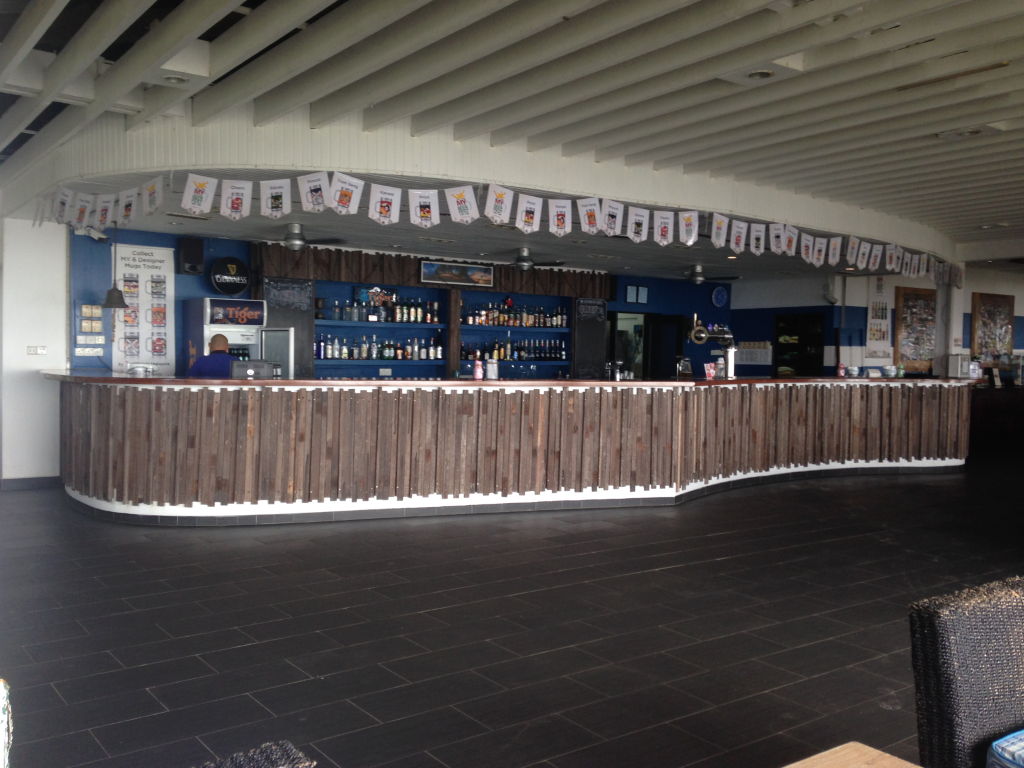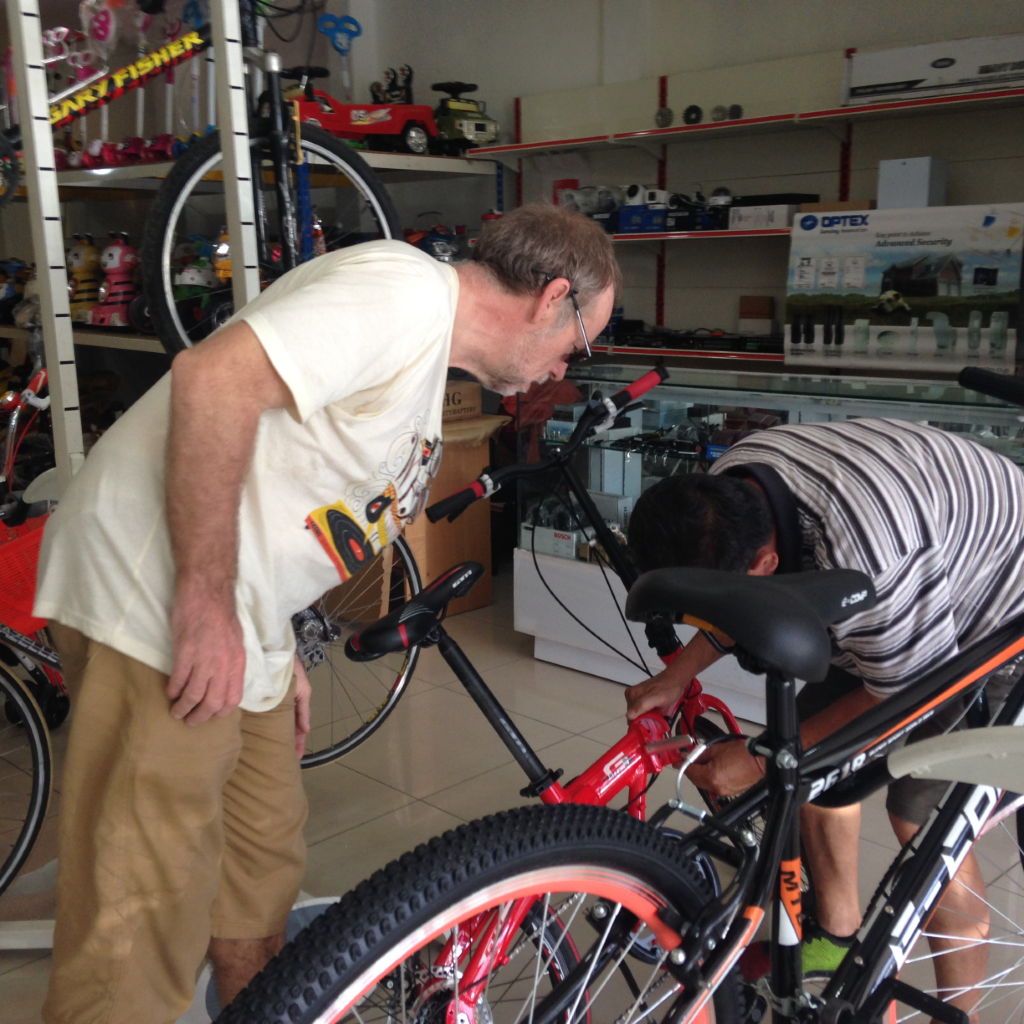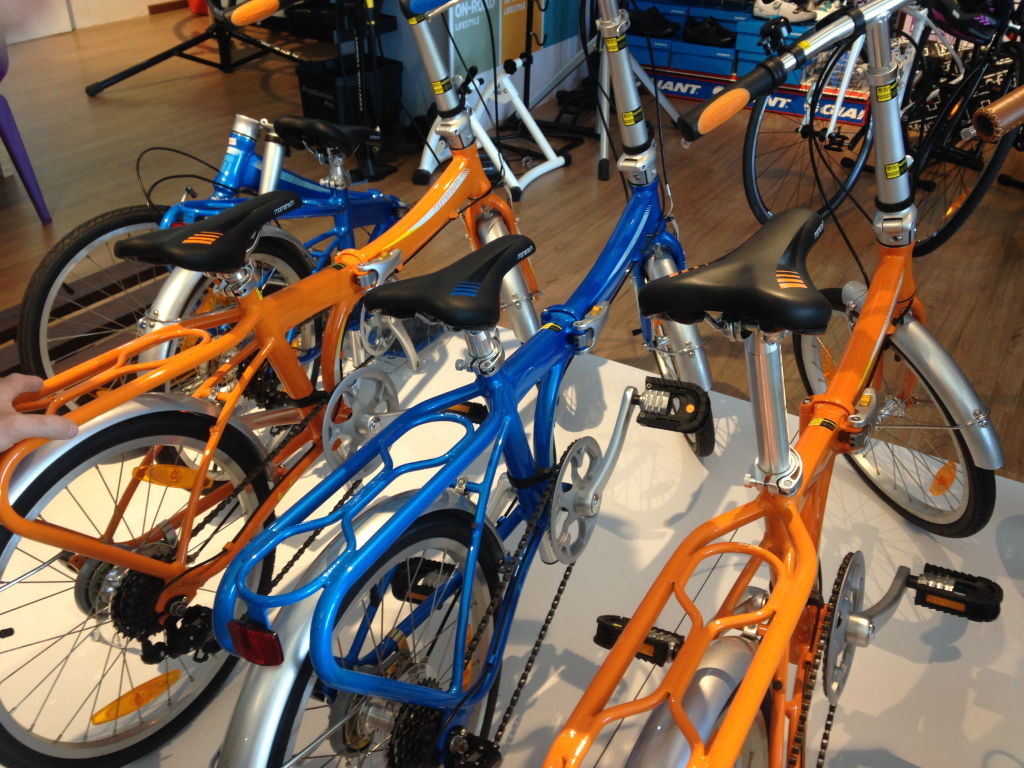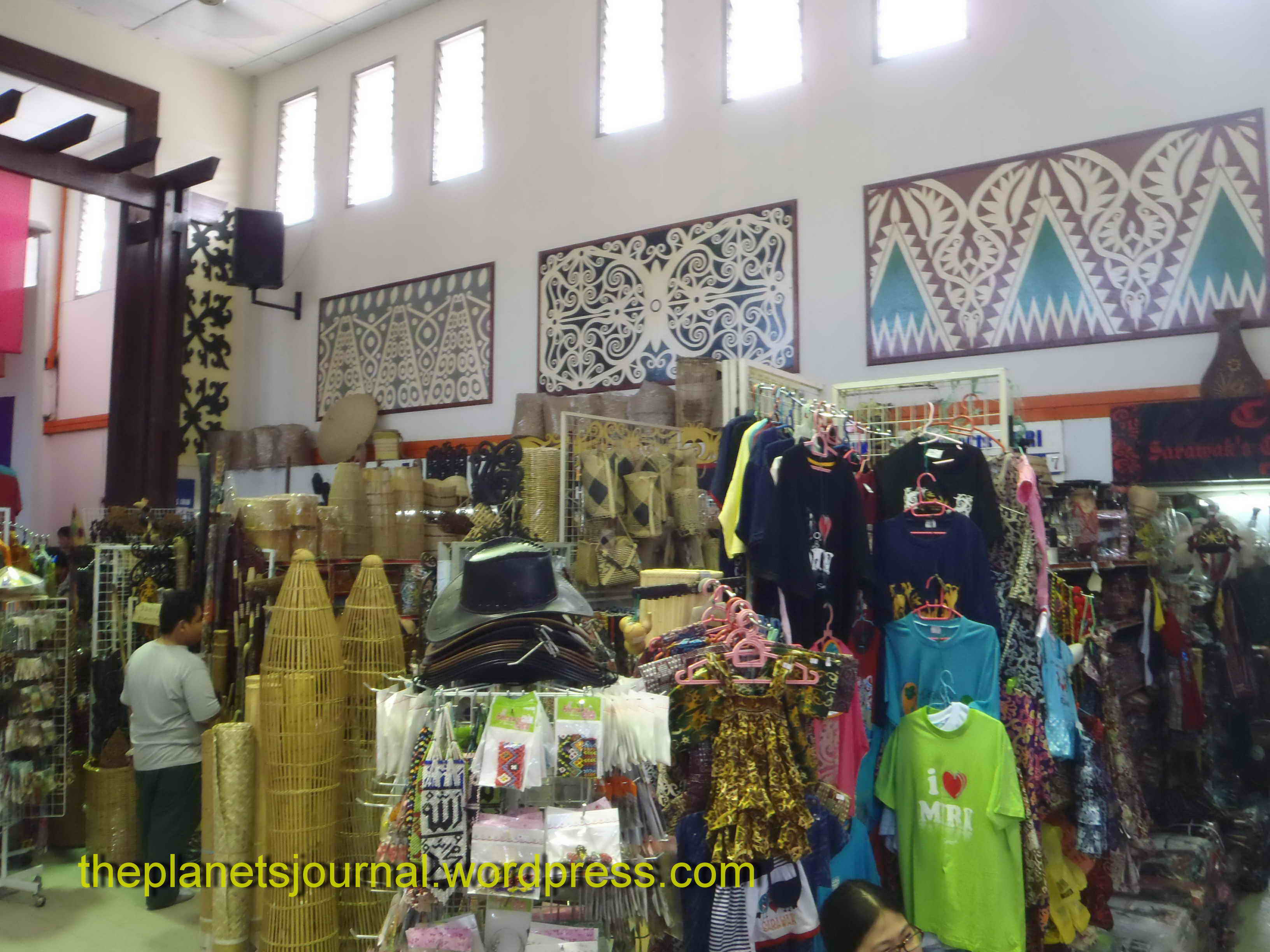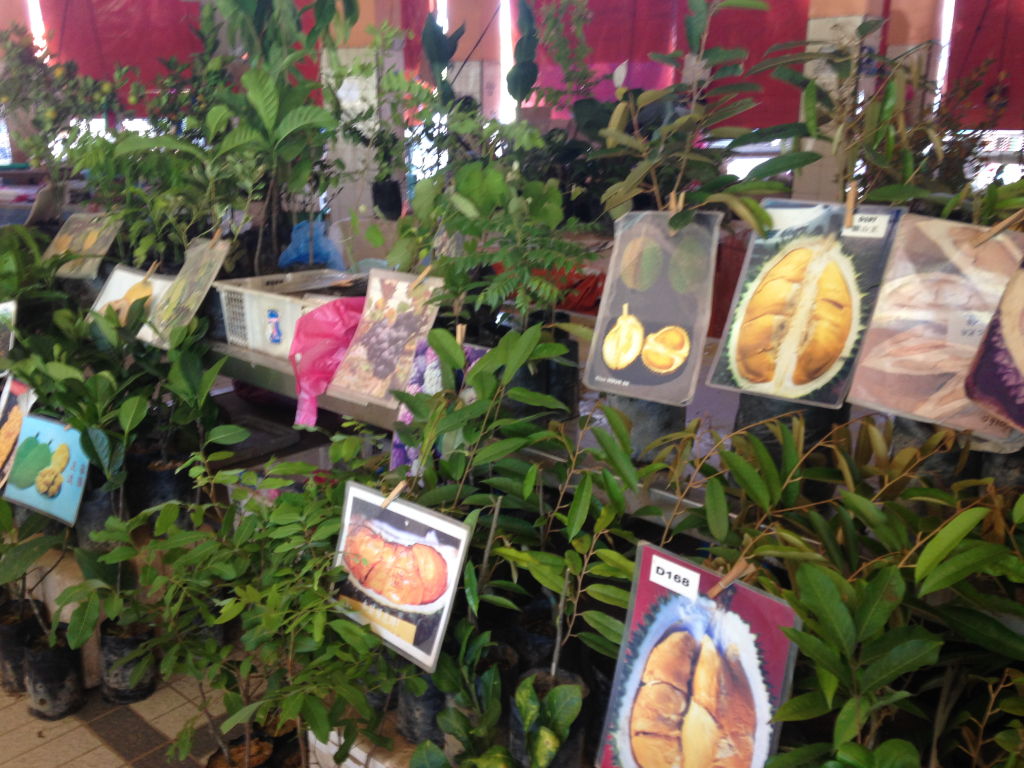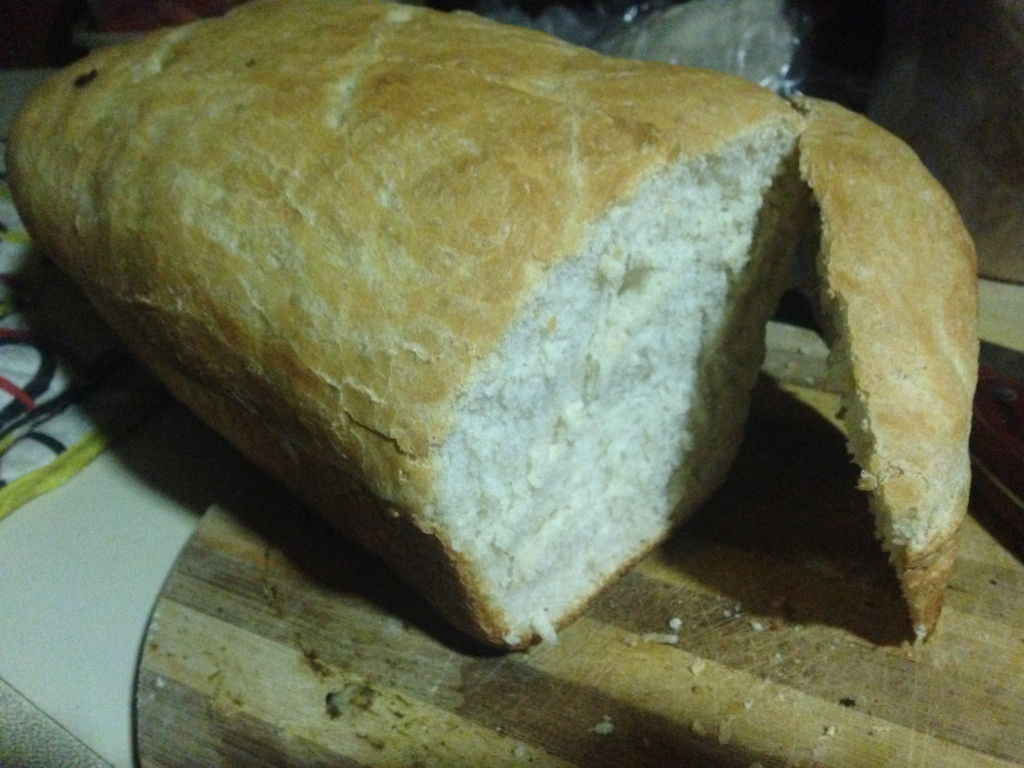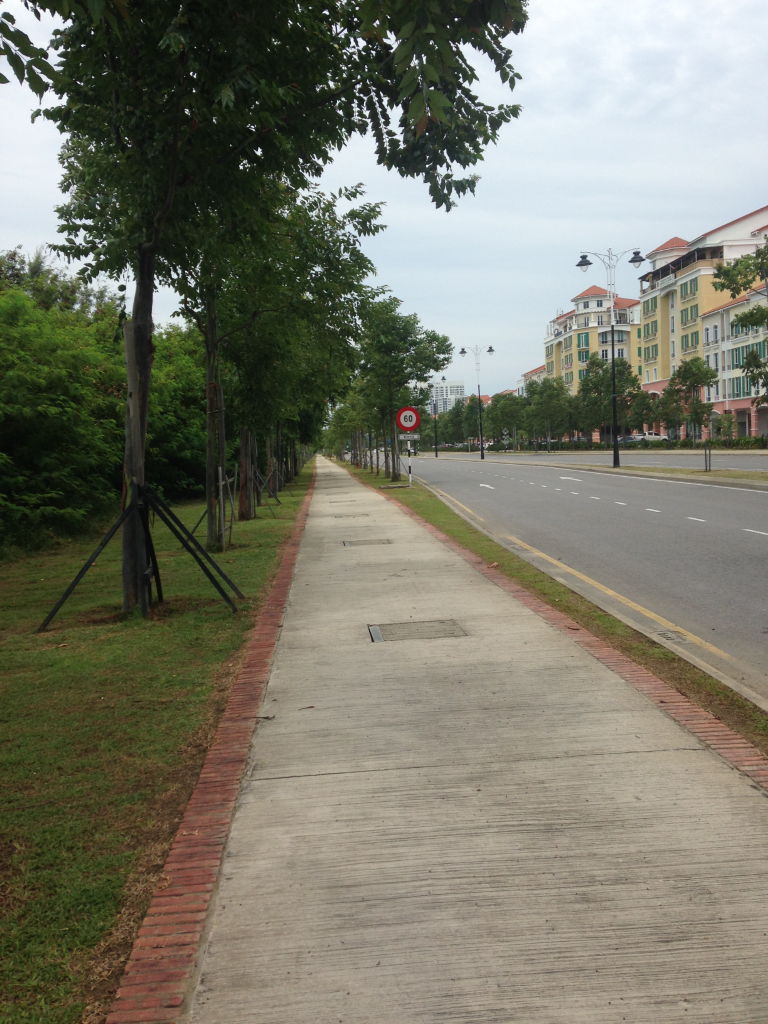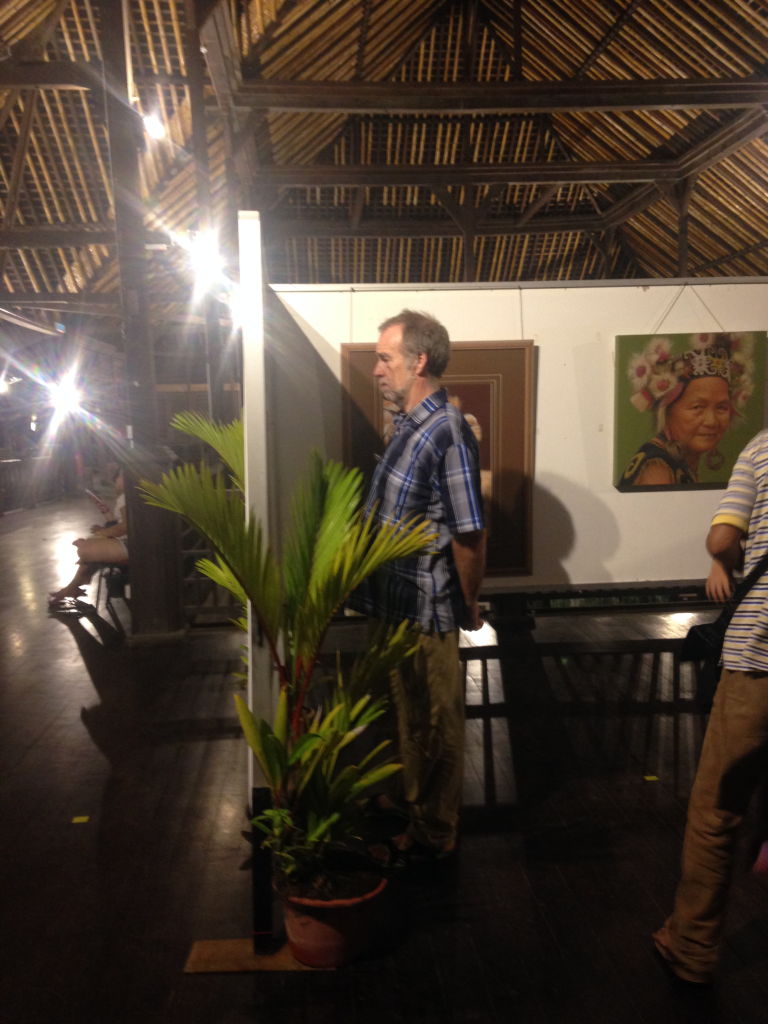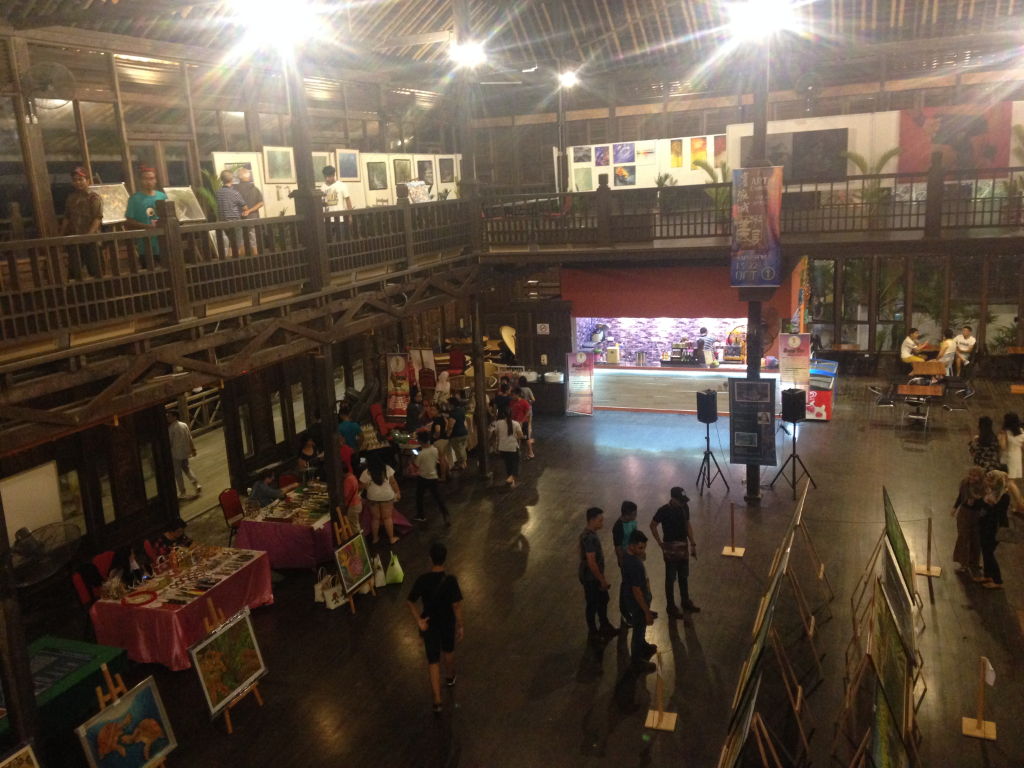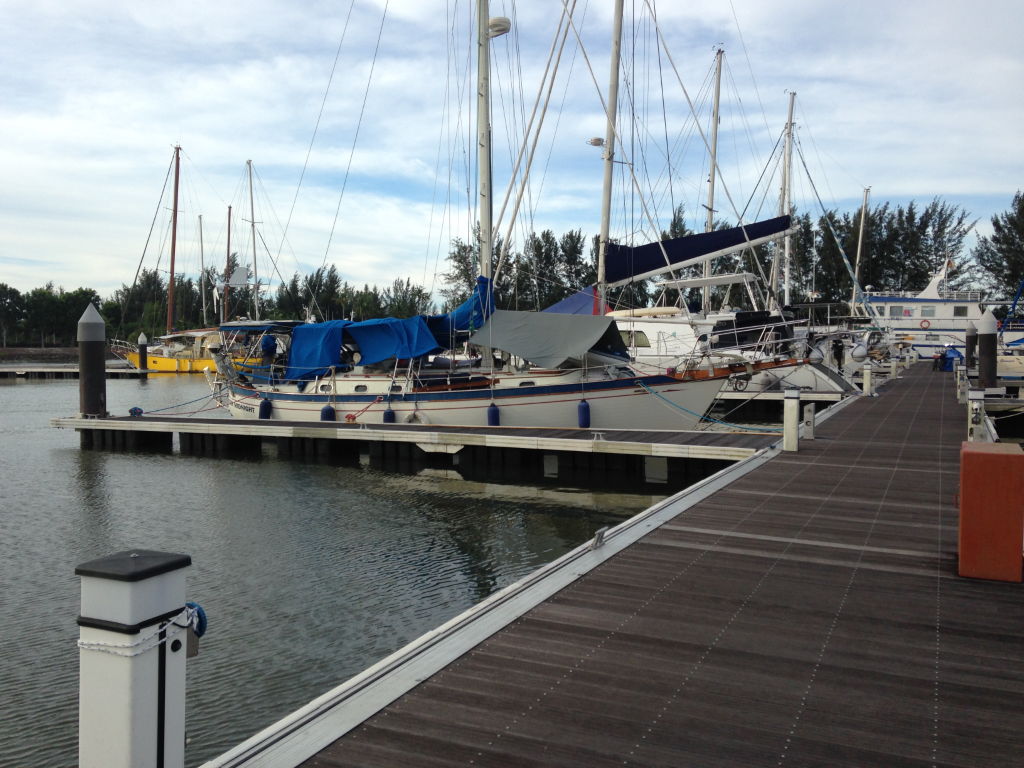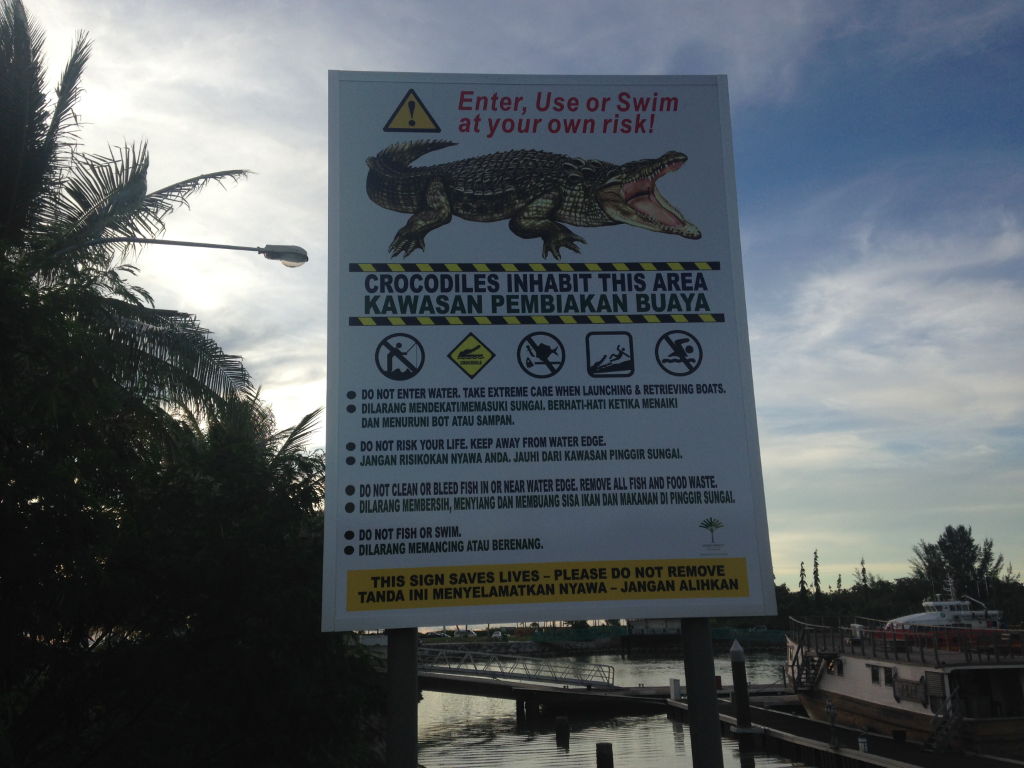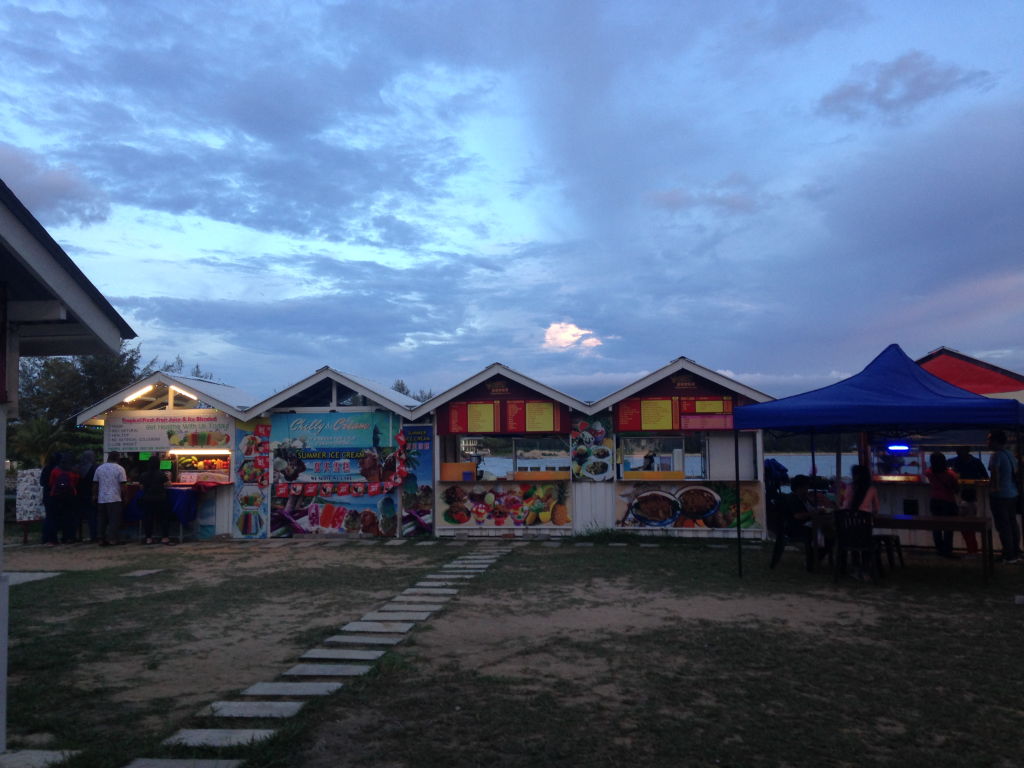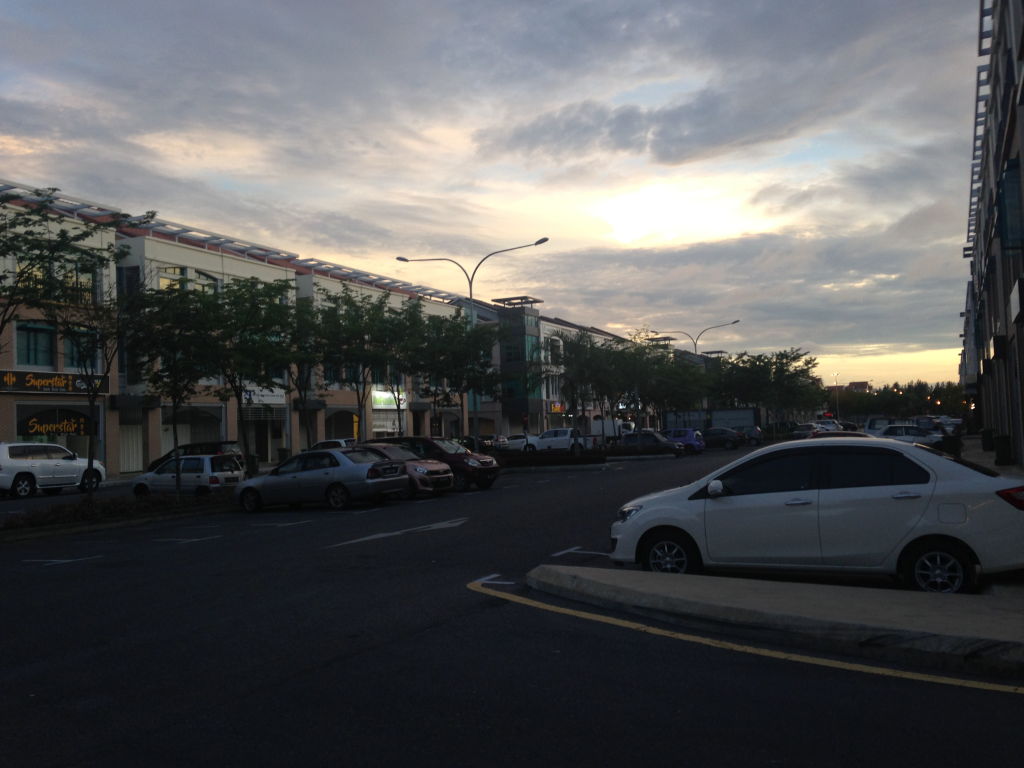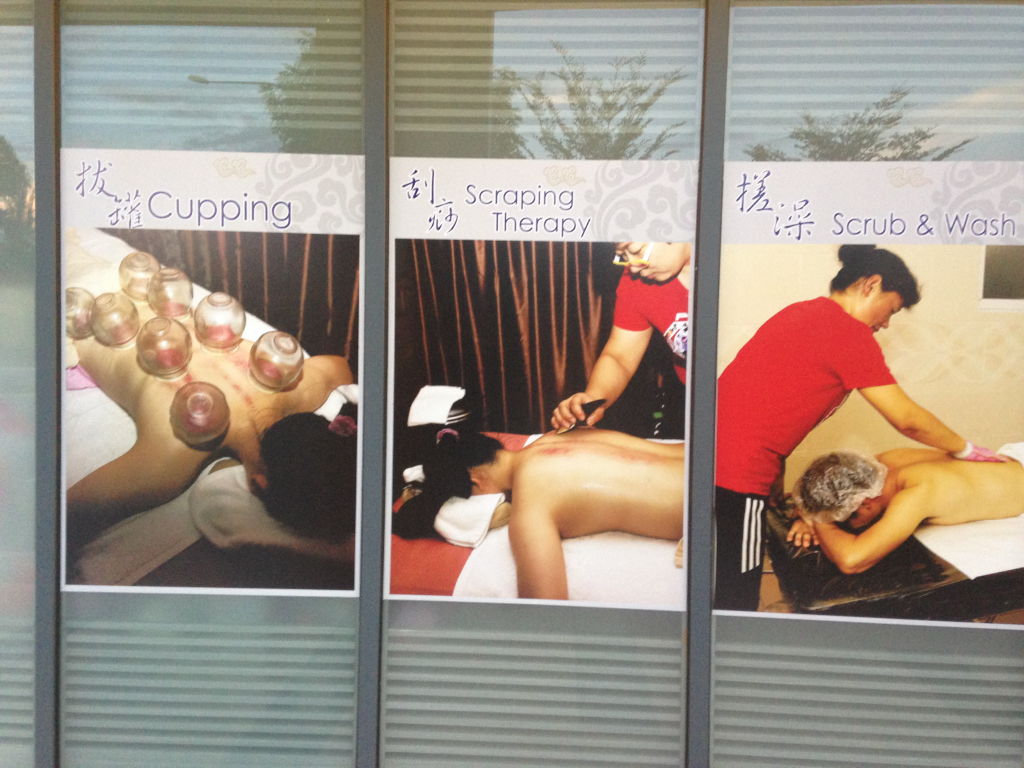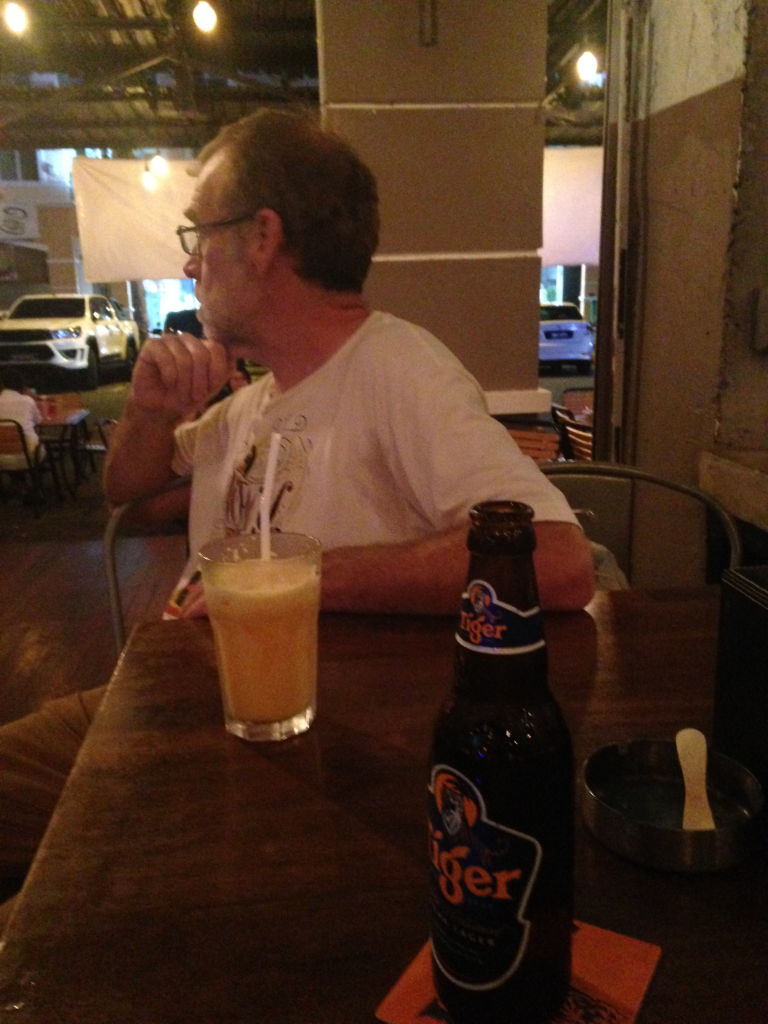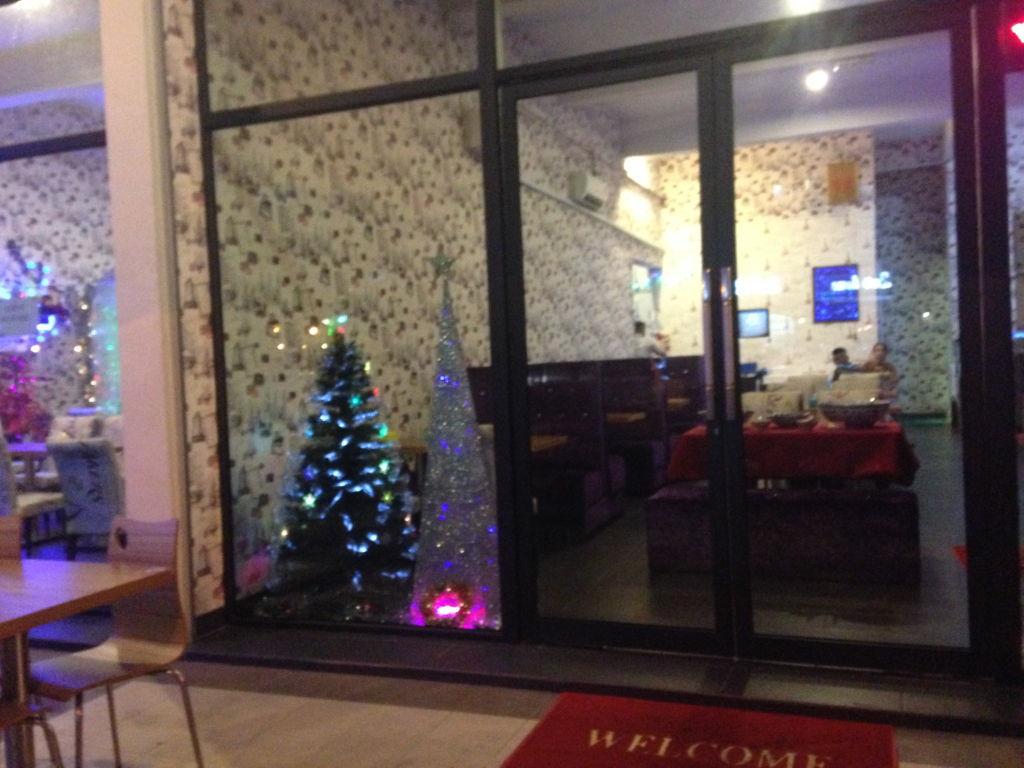Today we arrived at the Island / State of Labuan, it was a very straightforward trip from Miri.
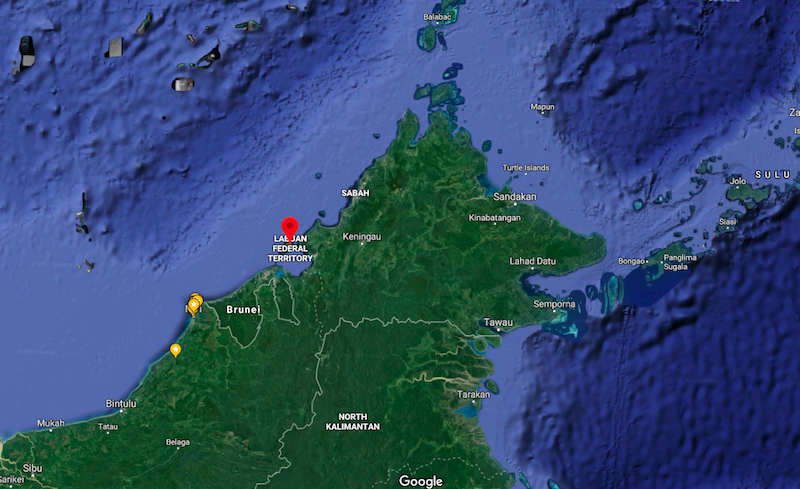
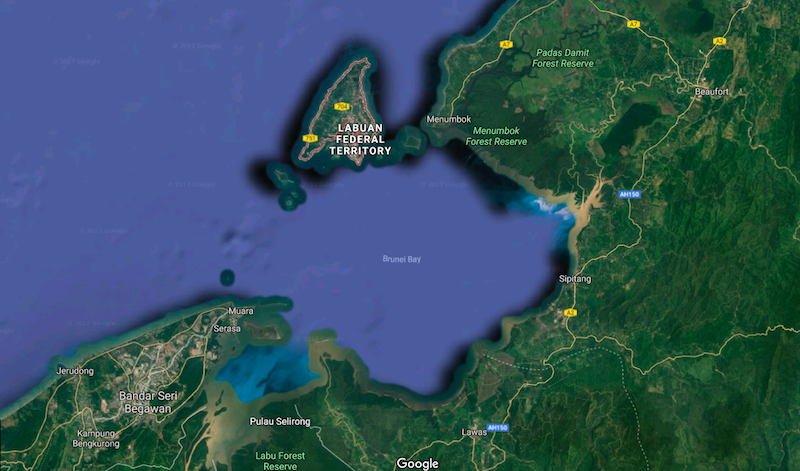
We left Miri Marina on Friday, around 9AM and had a good send off from the other yachts there. We made some great friends, Brian and Glee (Ozzies), Roger and Lucie (Belgique), Ian and Marilyn John and Carol (both Ozzies. Although John was made in Britain and has a lot of knowledge, and supports the Gunners), Walter and Gesila (Germans) and Dick and Prill (Americans). There’s a great little community there and every Friday night everyone brings food and drink to the communal area on the shore and drink and talk nonsense for a few hours. Also there’s usually something going on on Wednesday nights too. We expect to meet up with some of them again before we leave Borneo, as it’s quite a small cruising area up at the north east end. We left Miri with some extra kit, a Kayak, two fold up bikes,
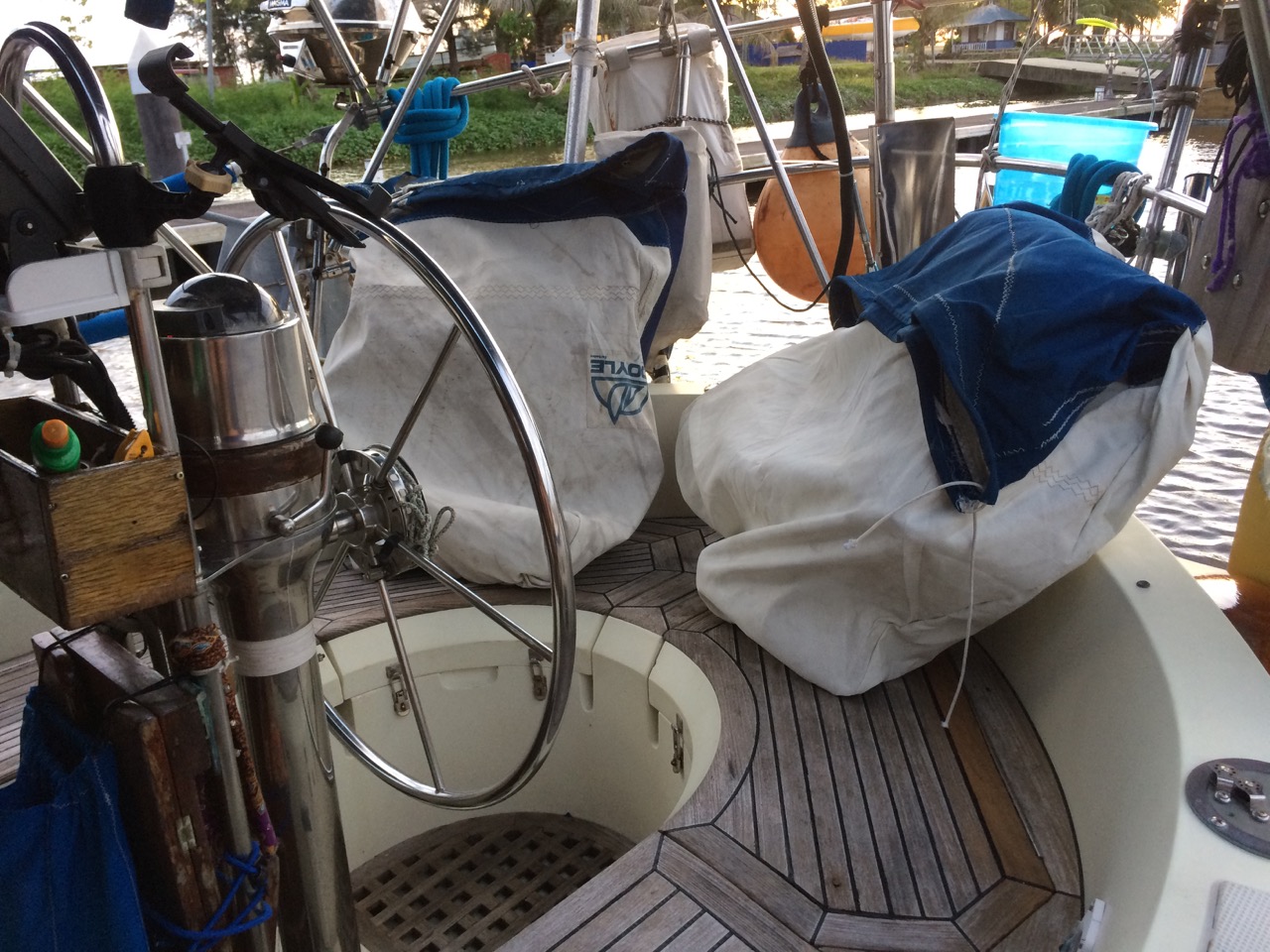
a new awning, working watermaker, working windgen, shiny hull and varnish, and a lot more things working that were iffy before.
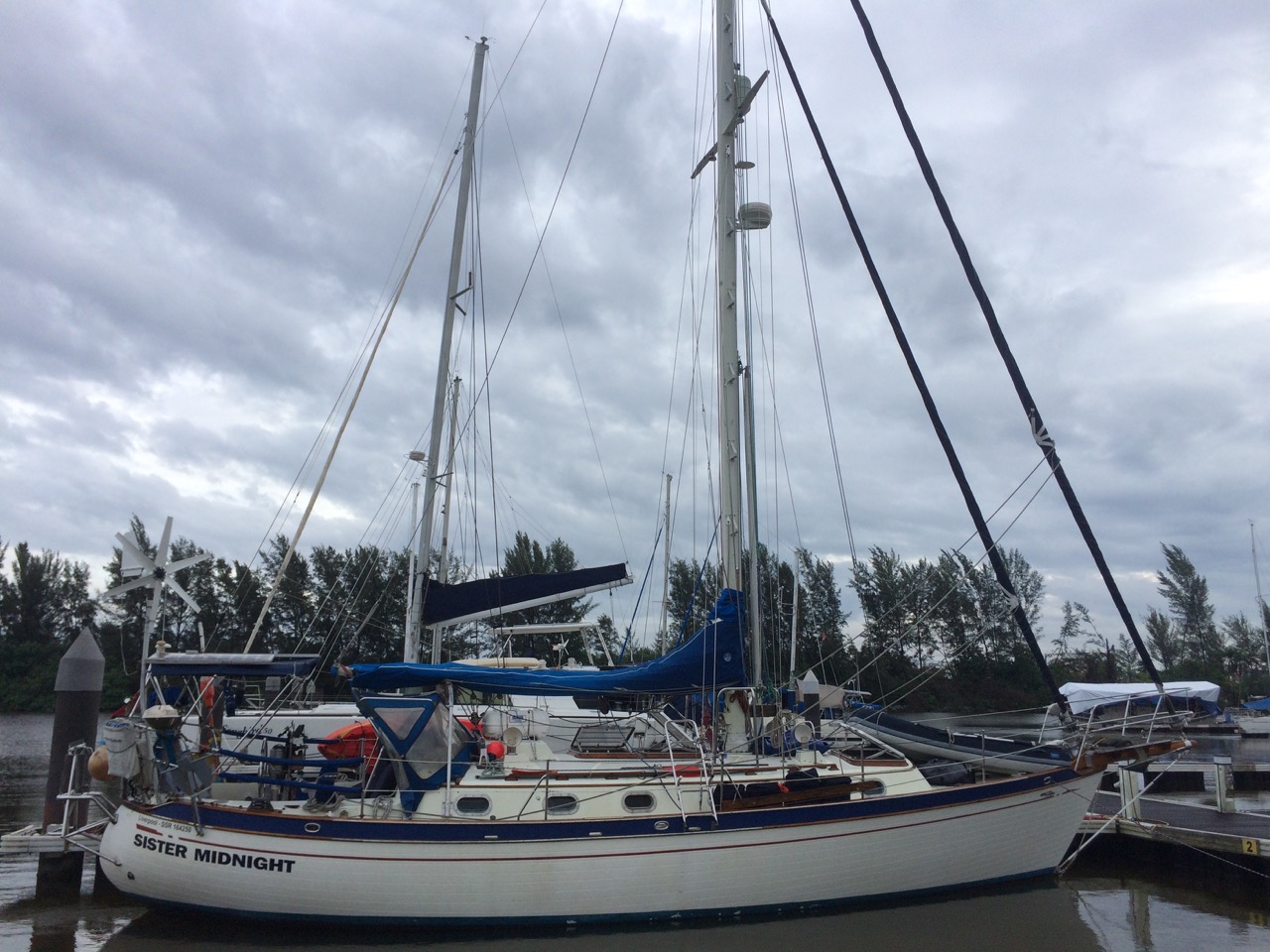
As we left the marina it was great to feel the boat swaying around in the waves, she seemed to be very fast as well, which I later found to be down to a spotlessly smooth hull, thanks to the divers. They did a great job. It was at the end of July when we pulled into our slip in Miri so the hull had 4 months of growth on it, and in the tropics, that can be quite bad. Nothing but praise for the Jotun Seaforce 90 antifoul I paid a fortune for.
From Miri we headed up and around the headland that separates Malaysia from Brunei, and 5 hours after departing we were motoring up the river Belait in Brunei, into the town of the same name.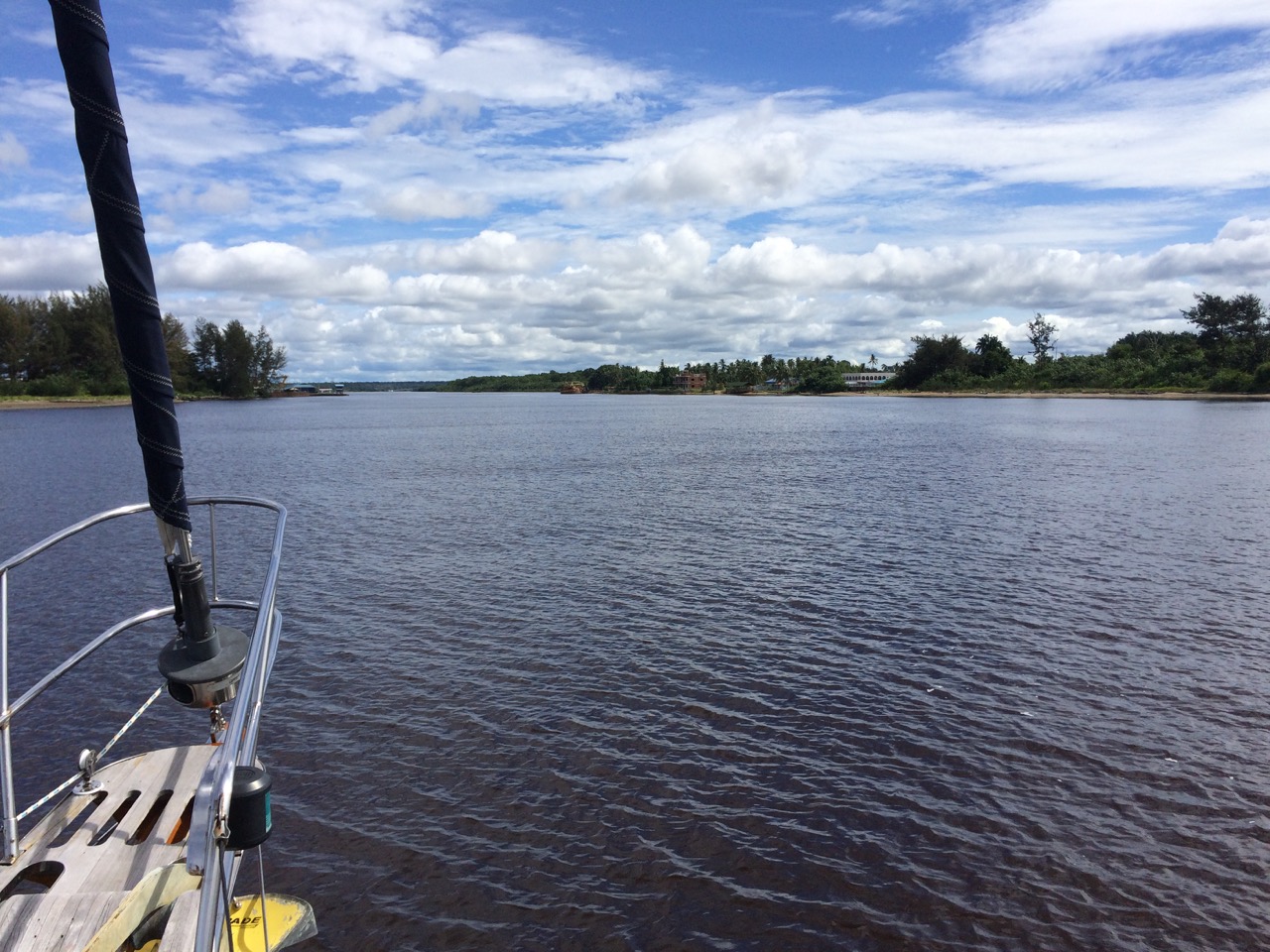 Right away you could see this was not a poor country. Everything looked very smart, and there were two plush hotels overlooking the river. It’s spring tides now, which means high highs and low lows, and as we arrived at low water we anchored in 2.5 metres of water, which is a bit scary for us.
Right away you could see this was not a poor country. Everything looked very smart, and there were two plush hotels overlooking the river. It’s spring tides now, which means high highs and low lows, and as we arrived at low water we anchored in 2.5 metres of water, which is a bit scary for us.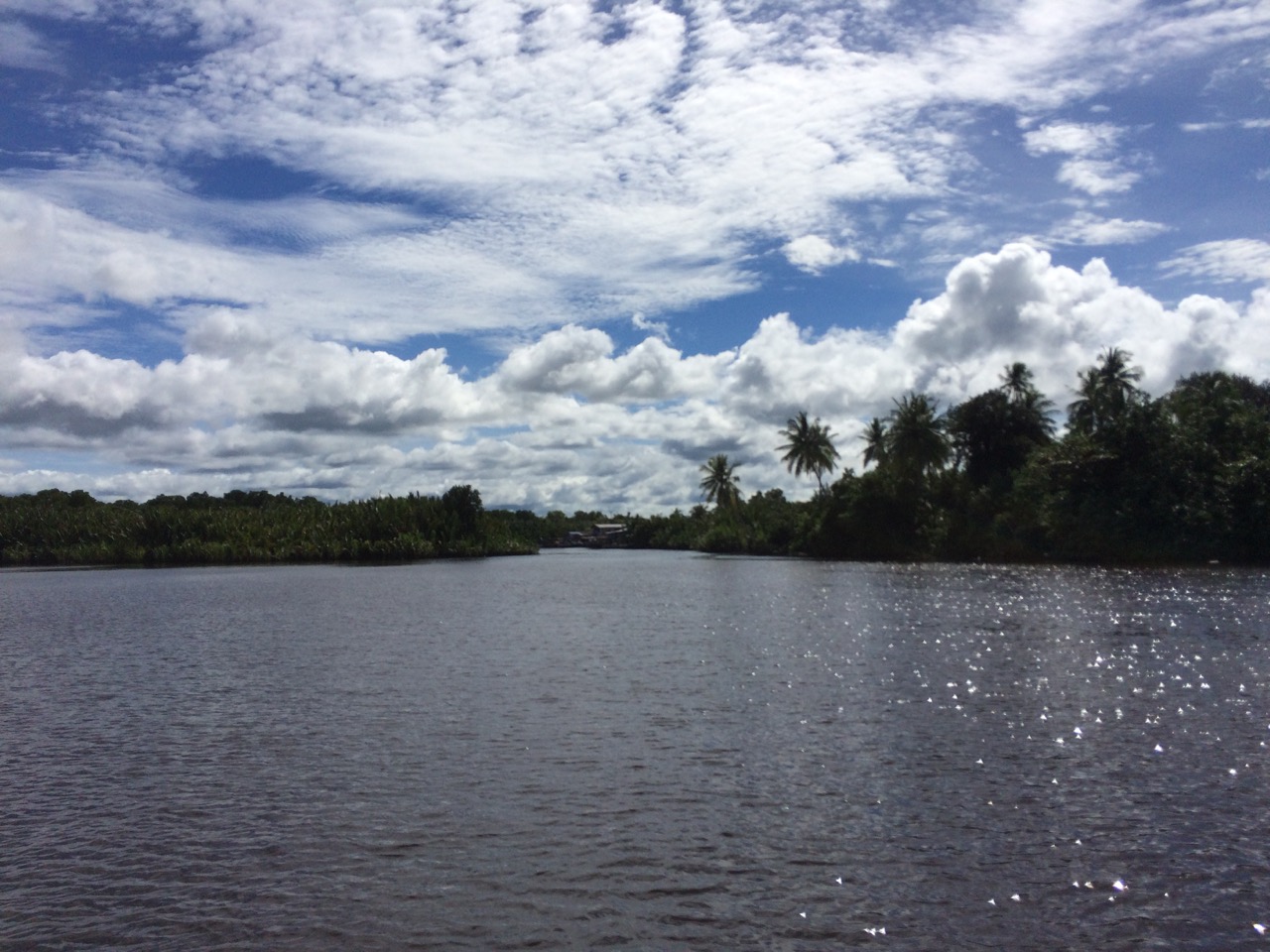 We were well protected in the river, and it would have been lovely except for the speedboats that seemed to use us as a mark for their constant big loops up and down the river. Two of the boats were just very fast racing boats, but the third was a serious motor boat, the type that flips over easily.
We were well protected in the river, and it would have been lovely except for the speedboats that seemed to use us as a mark for their constant big loops up and down the river. Two of the boats were just very fast racing boats, but the third was a serious motor boat, the type that flips over easily.
Fortunately as the sun set, the engines faded away and the sound of the cicadas took over. Kathy cooked a lovely dinner and I plotted out the next leg of our journey to Jerudong. On doing this I realised it was a good 45 miles, or 9 hours for us, so I wanted an early start. The other news I got was that the Malaysian met office was putting out severe weather warnings and telling boats like me to stay in harbour. This came out of the blue, as the forecast for the next week was calm calm and more calm, when we left. Normally I take note of the professionals, but this time I checked my other weather sources, and they were all still in the calm camp. I upgraded my free subscription to WindPredict a web weather site, to paid, to get more detailed weather forecasts, and still calm conditions was all that was on offer, The Malaysians were still all doom and gloom. So I decided to get up at the break of dawn and check again, if all was good we would leave early, giving us the maximum time to run for cover if needed.
Saturday morning 5:45 and I’m up, downloading the forecasts, the met office hasn’t even bothered to update theirs yet, so I check out the forecasts on predictwind using the European and American models and all looks great, so up with the anchor and away, we start to head out the river just as the sun pops over the horizon. It was a little tricky as lots of Bob the builder boats were coming and going, and stopping and turning, so I had to do a lot of getting out of the way. Once out, all eyes were scanning the water for a big obstacle that had been reported just outside the river, but we didn’t see anything. There was sod all wind, but we had the headsail out and it helped a little. At least the engine was putting some charge into the battery.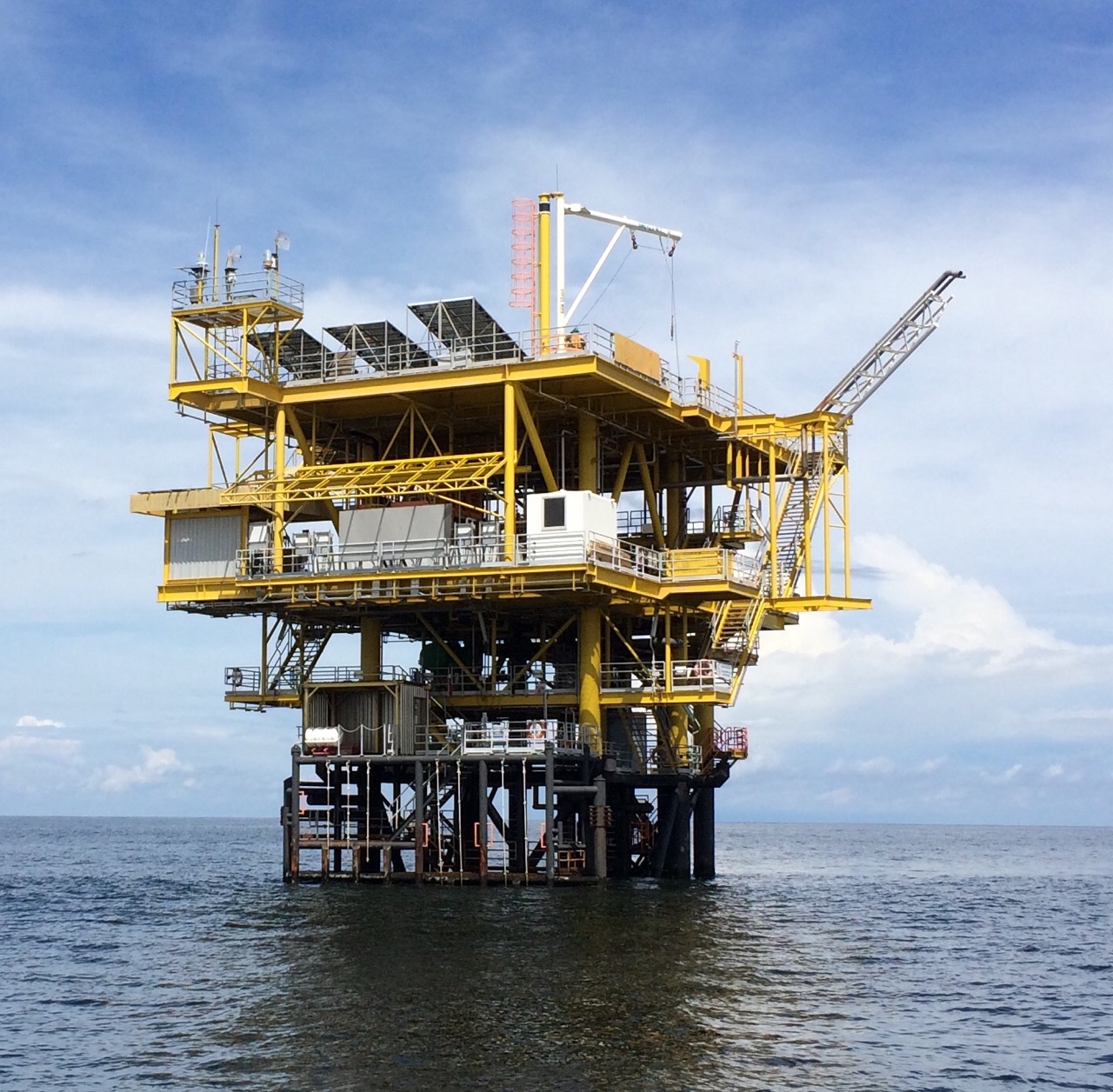
We managed to get the mainsail out later when the wind picked up a bit, but really the predicted storms never happened. By 3pm we turned into the breakwaters at Jerudong and dropped anchor behind a small man made island in perfect calm, in 5 metres of water. Now Jerudong Marina is an interesting place, In the late nineties, the Sultan of Brunei found out that his brother, Jefri, who was in charge of the hundreds of billions of pounds this very rich country had, had spent all of the money. It appeared that Brunei was now facing bankruptcy. It’s a bit hard to get your head around how one person can fritter away so much money, but in one of his palaces he had 2,300 cars, mostly Bentleys, rolls Royces and Ferraris. None of them had more than 40 miles on the clock. He also bought lots of property overseas and was very generous to his friends. Anyway, one of his projects was to build a seriously big marina, mainly as a place to keep his various superyachts. 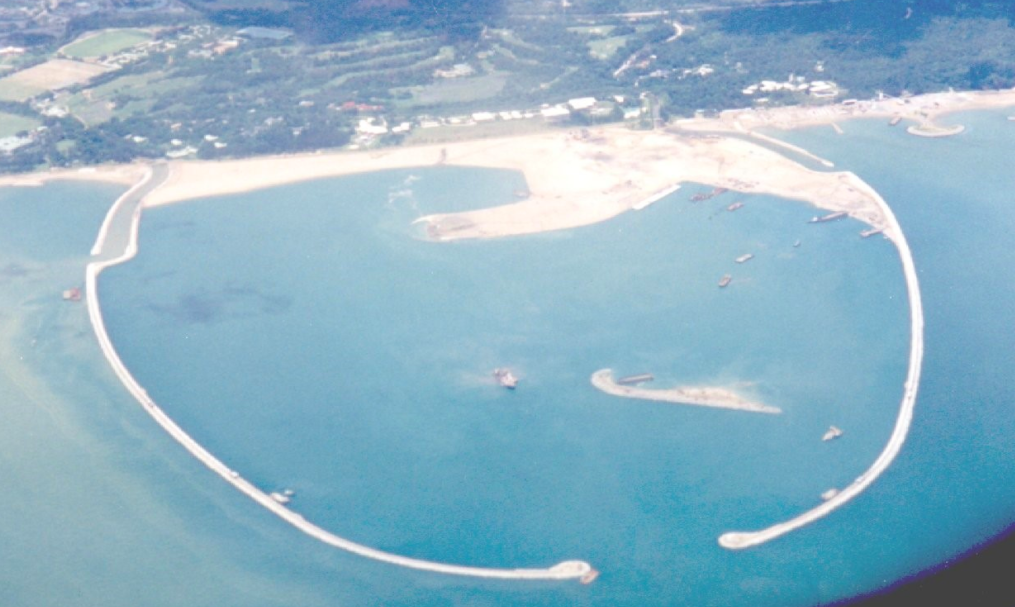 So at Jerudong, two huge breakwaters reach out into the South China Sea, creating a massive safe enclosed space. In the middle of it is a manmade island with a beach and coconut palms. Just as Hyundi were about to start building the $83 Million dollar marina, the proverbial hit the fan, and Jefri was removed from his post. For a while he was expelled from the country and lived in Paris and New York, So the Marina didn’t get built. Perhaps it will in the future, when the coffers are re-filled sufficiently, however I don’t think there’s enough yachting around here to support it. For now it’s just a massive empty space, where I believe members of the royal family sometimes picnic, and a security guard in a boat turns away us yachts looking for a safe anchorage for the night. Fortunately for the prince, he has been allowed back into his home country, but has to make do on a basic income of $300,000 / Month, which is the standard disbursement to members of the Sultans family. I got this all from a google search last night as we safely bobbed around at anchor, thanks to the plans of Prince Jefri, so the facts may vary.
So at Jerudong, two huge breakwaters reach out into the South China Sea, creating a massive safe enclosed space. In the middle of it is a manmade island with a beach and coconut palms. Just as Hyundi were about to start building the $83 Million dollar marina, the proverbial hit the fan, and Jefri was removed from his post. For a while he was expelled from the country and lived in Paris and New York, So the Marina didn’t get built. Perhaps it will in the future, when the coffers are re-filled sufficiently, however I don’t think there’s enough yachting around here to support it. For now it’s just a massive empty space, where I believe members of the royal family sometimes picnic, and a security guard in a boat turns away us yachts looking for a safe anchorage for the night. Fortunately for the prince, he has been allowed back into his home country, but has to make do on a basic income of $300,000 / Month, which is the standard disbursement to members of the Sultans family. I got this all from a google search last night as we safely bobbed around at anchor, thanks to the plans of Prince Jefri, so the facts may vary.
We left Jerudong about 6:30 the next morning, I didn’t want to meet any security arriving to possibly close the area off, but also the forecast was still saying storms, and as it was still flat calm, I thought, let’s get going and have the maximum headroom. As soon as we left the harbour, I was showing Kathy how to transfer a course change from the Chartplotter to the antiquated autopilot, and in effect perform a 90 degree turn to the right, just as the boat swung around, we both realised the manoeuvre would have been better just after we passed this huge pole/pile marking the entrance to the harbour. We were about 5 seconds from ramming it head on, I whizzed the autopilot control around, but it didn’t seem to be responding anything like quick enough so I disengaged it, jumped to the wheel and did a ‘hard to port’ course change and we missed the pile by several meters. I was thinking I need a nautical version of the driving mantra, Mirror, signal, manoeuvre. Perhaps, ‘look where you are going, you idiot’ However I do have a new safety system in place, whenever I put a fishing line out, I put a foam beer can cooler over the gearstick, so I cant go into reverse without being reminded to bring the line in. It seems to be working.
The wind picked up right away and I got all the sails out and we turned the engine off and did a healthy 6 knots for the next 2 hours, before the wind headed us and we motor-sailed the last couple of hours to arrive at a sand spit jutting out of the southern tip of Pulau Kuraman, first we anchored to the North, but the swell was too bad, so we popped around to the south, which was much better, but after a little swim, I checked the charts, and with it being springs, realised we would go aground at 6AM on low water, so we upped anchor again and headed 100m further away from the shore and dropped the anchor again. Finally we have a place away from insect/mossies/sandflies etc. I slept well in the cockpit that night. 
The very large supermoon, lit up the area all night and was directly overhead at one point. I watched a wonderful sunrise around 6AM.
I had a nice swim around the boat and checked the anchor, which was very well set.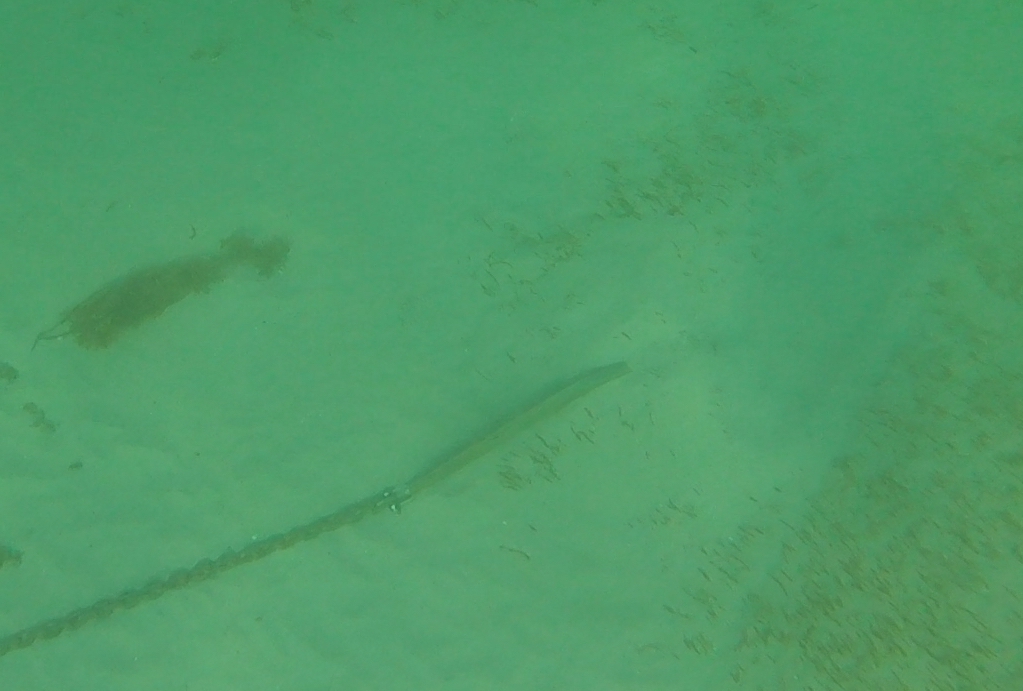
I also had a look at the anodes on the bow thruster, this little lump of lead, or aluminium decays away in order to save the important bits of the bow thruster, and must be replaced when it’s almost gone, but I couldn’t work out how bad it was, I’m getting new ones in Feb, so will get them replaced then I expect.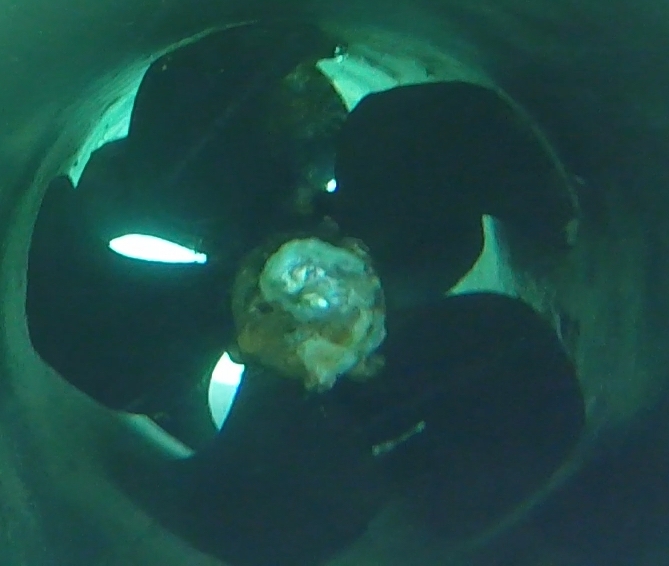
Finally we left and headed for the marina in Labuan, I don’t think I have ever seen so many oil rigs and support vessels in one place.
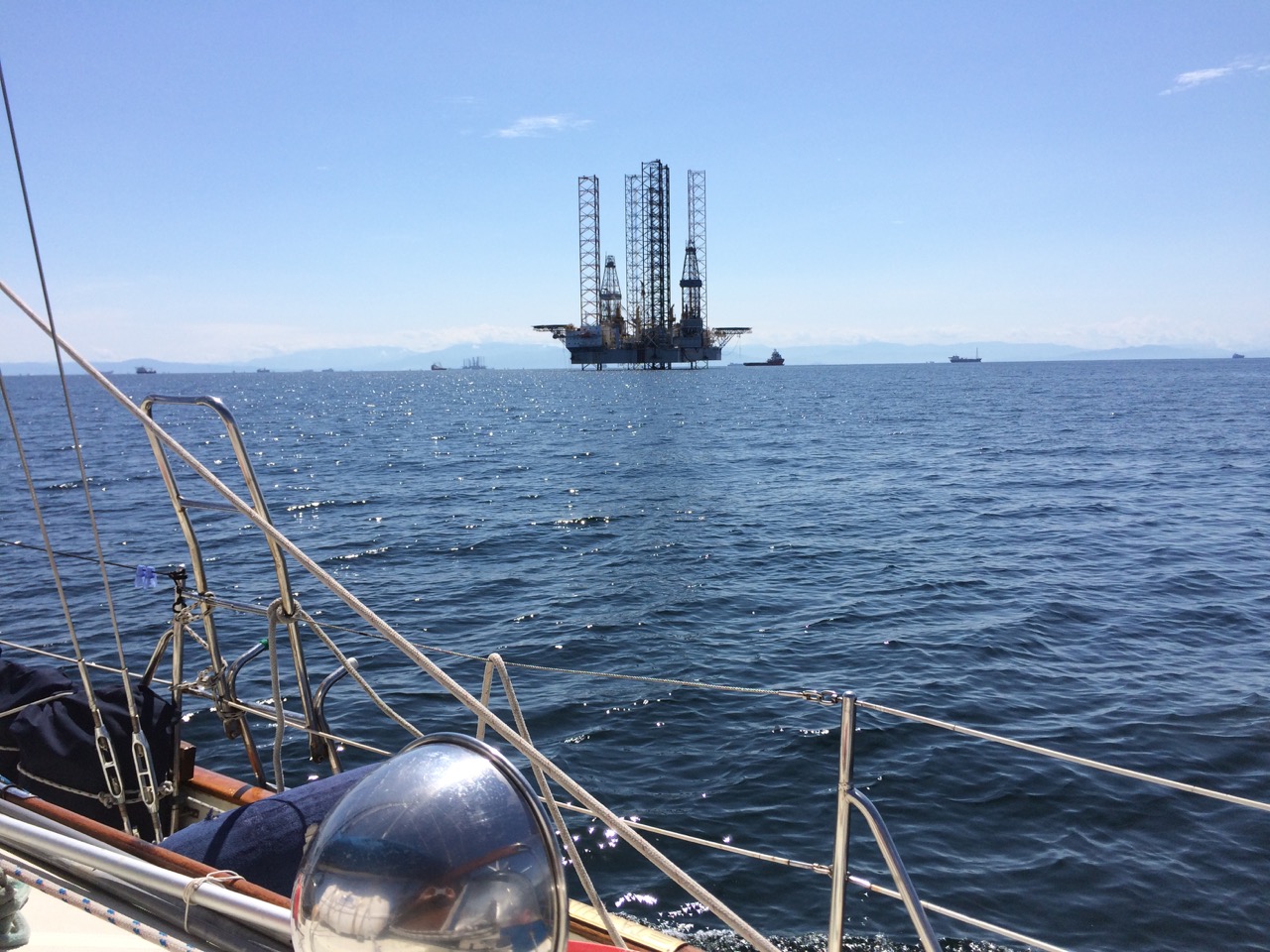
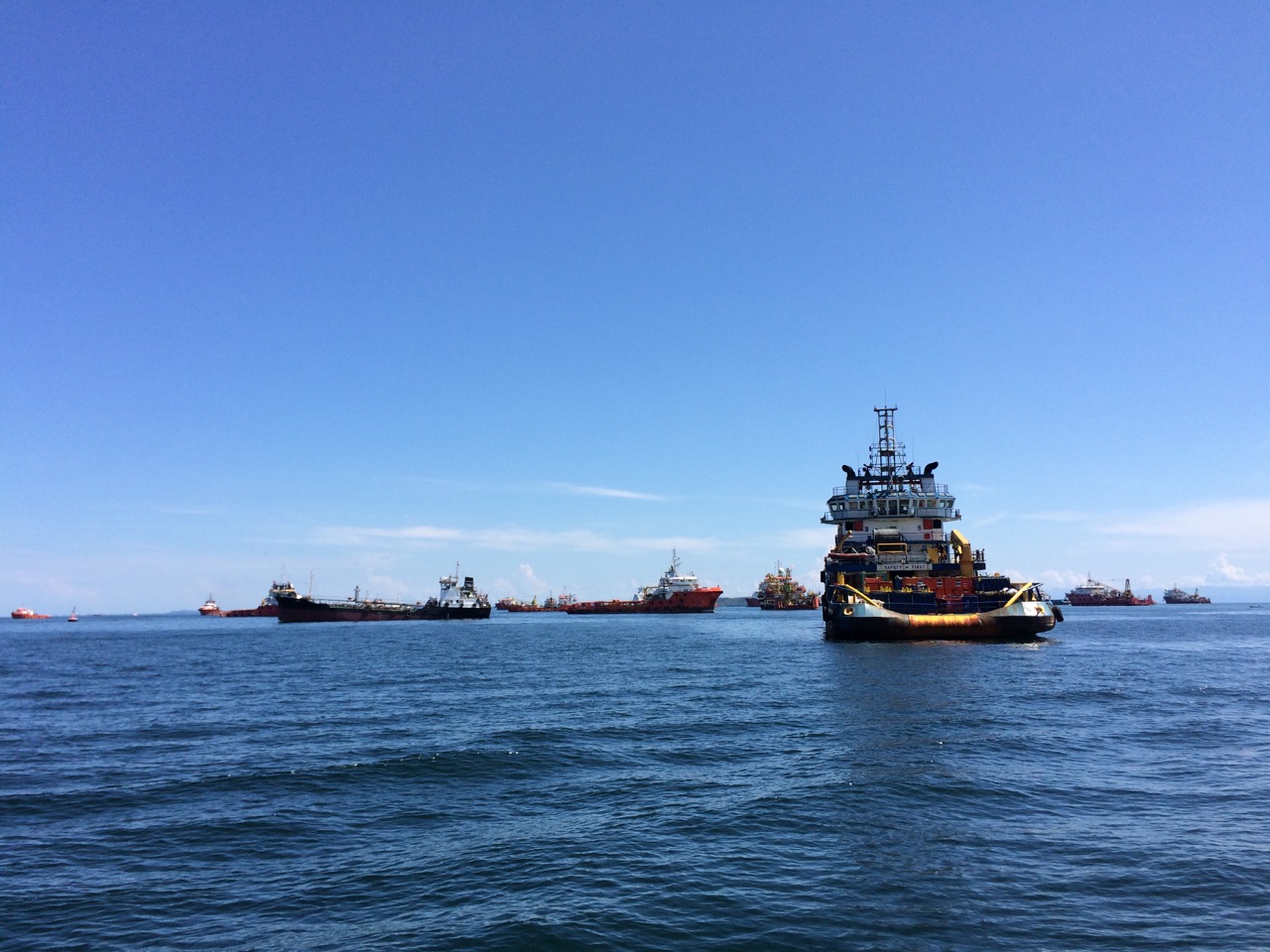
Kathy had to do a lot of steering to miss all the oil support vessels 😉
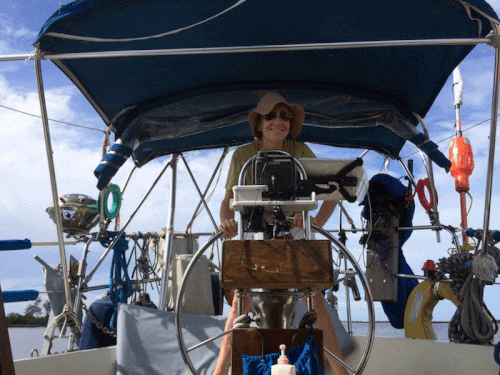
We tied up in the marina without any problems, first impressions of the marina aren’t great, it’s very run down, but it has all we need, so we are happy, but it’s very hot. Tomorrow we will get the bikes out and explore the Island.
Paul Collister

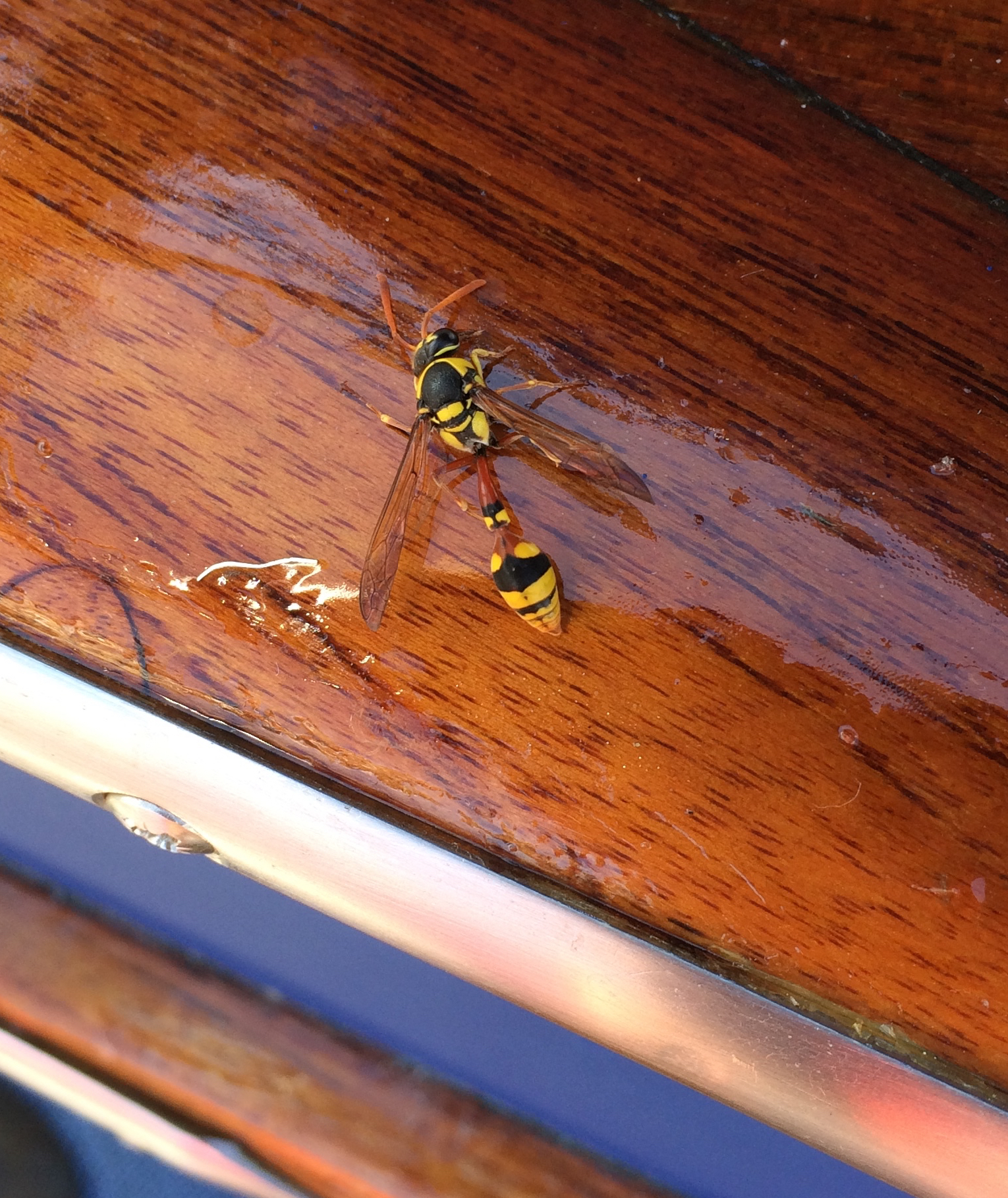
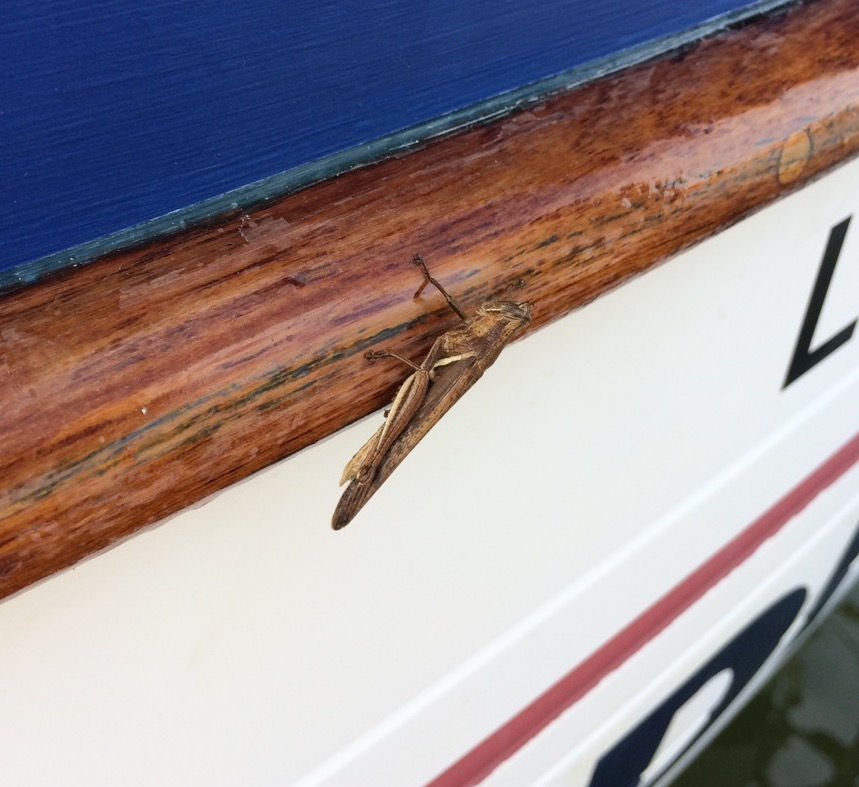
 Just as I was staring at the windlass pondering my problem, a Banded Archer fish took his opportunity to attack. I was kneeling over the windlass on the bowsprit when a powerful jet of water hit me in the eye, I was quite confused, it was like someone had shot me with a water pistol, but I couldn’t work out how, I wondered if it was a weird kind of rain. I remained confused until Ian from next door explained that the fish spurt a jet of water out to knock ants off overhanging branches at the waters edge, they are first rate aimers, and can move to be under the falling creature in milliseconds, which is impressive. Not so impressive is their inability to distinguish between an ant and an aging 59 year old man. Said fish is depicted below
Just as I was staring at the windlass pondering my problem, a Banded Archer fish took his opportunity to attack. I was kneeling over the windlass on the bowsprit when a powerful jet of water hit me in the eye, I was quite confused, it was like someone had shot me with a water pistol, but I couldn’t work out how, I wondered if it was a weird kind of rain. I remained confused until Ian from next door explained that the fish spurt a jet of water out to knock ants off overhanging branches at the waters edge, they are first rate aimers, and can move to be under the falling creature in milliseconds, which is impressive. Not so impressive is their inability to distinguish between an ant and an aging 59 year old man. Said fish is depicted below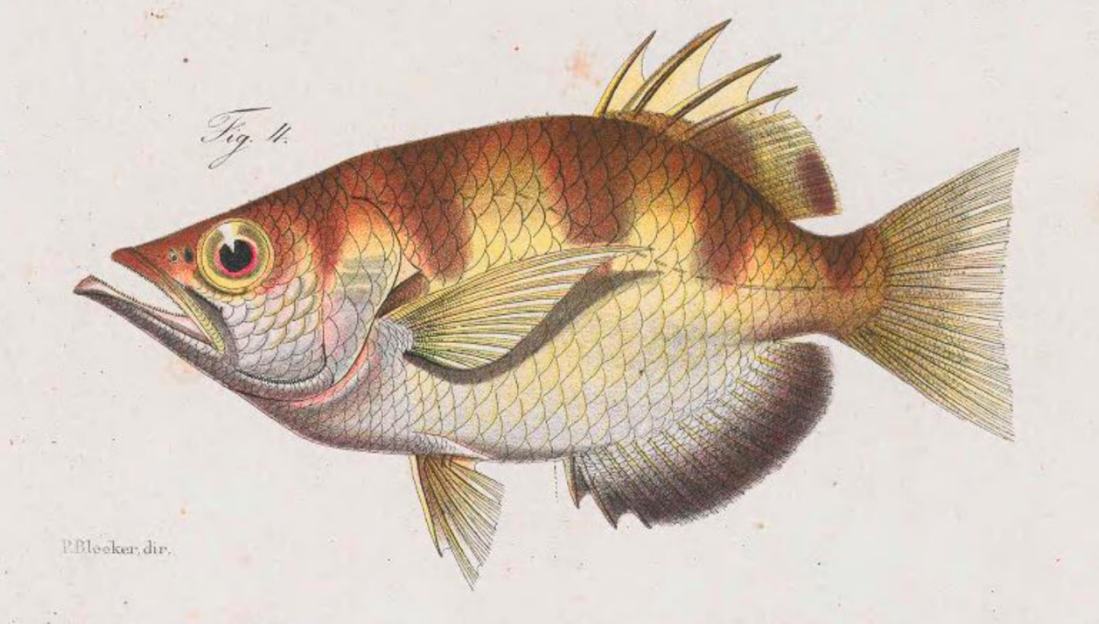

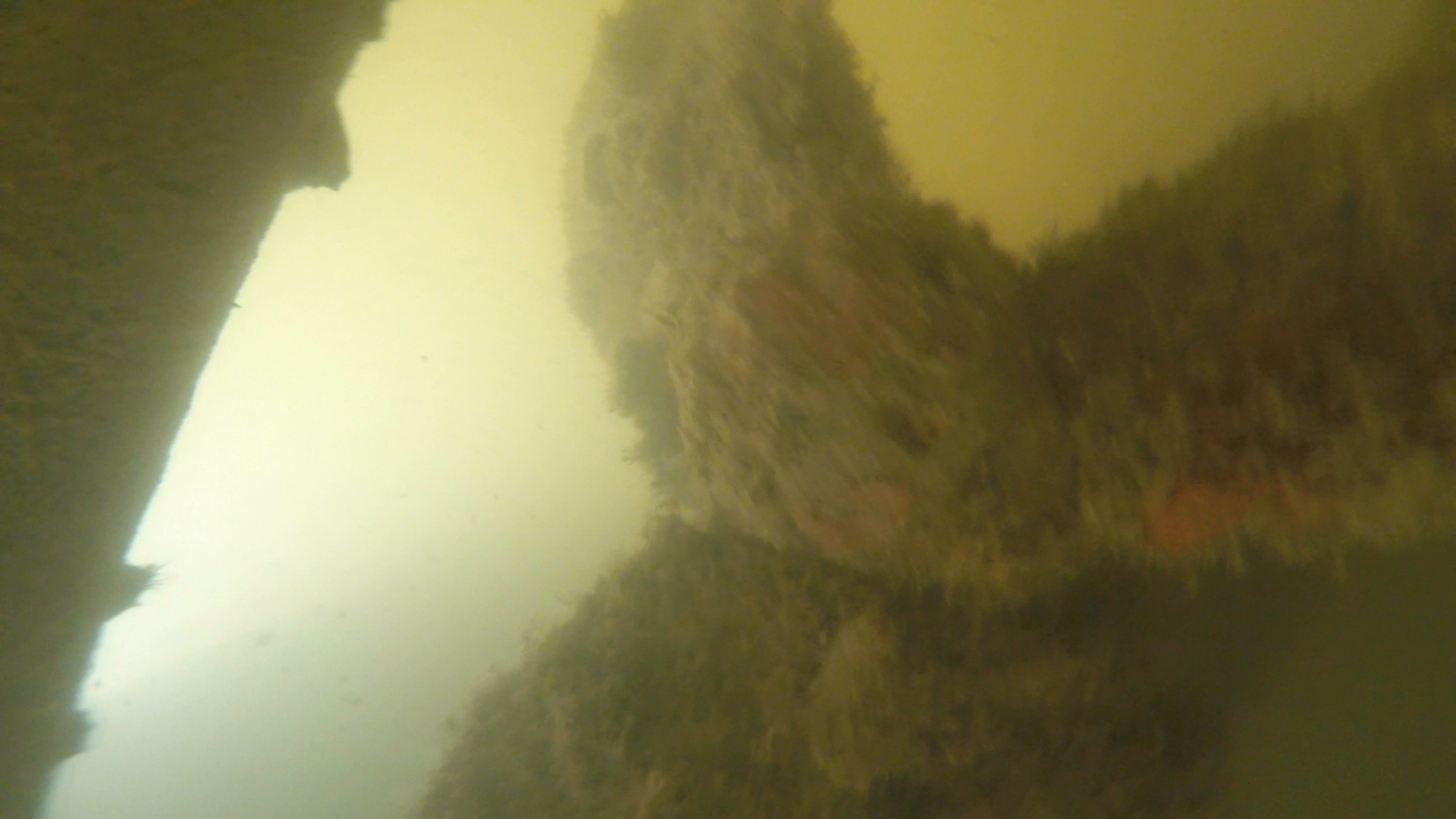
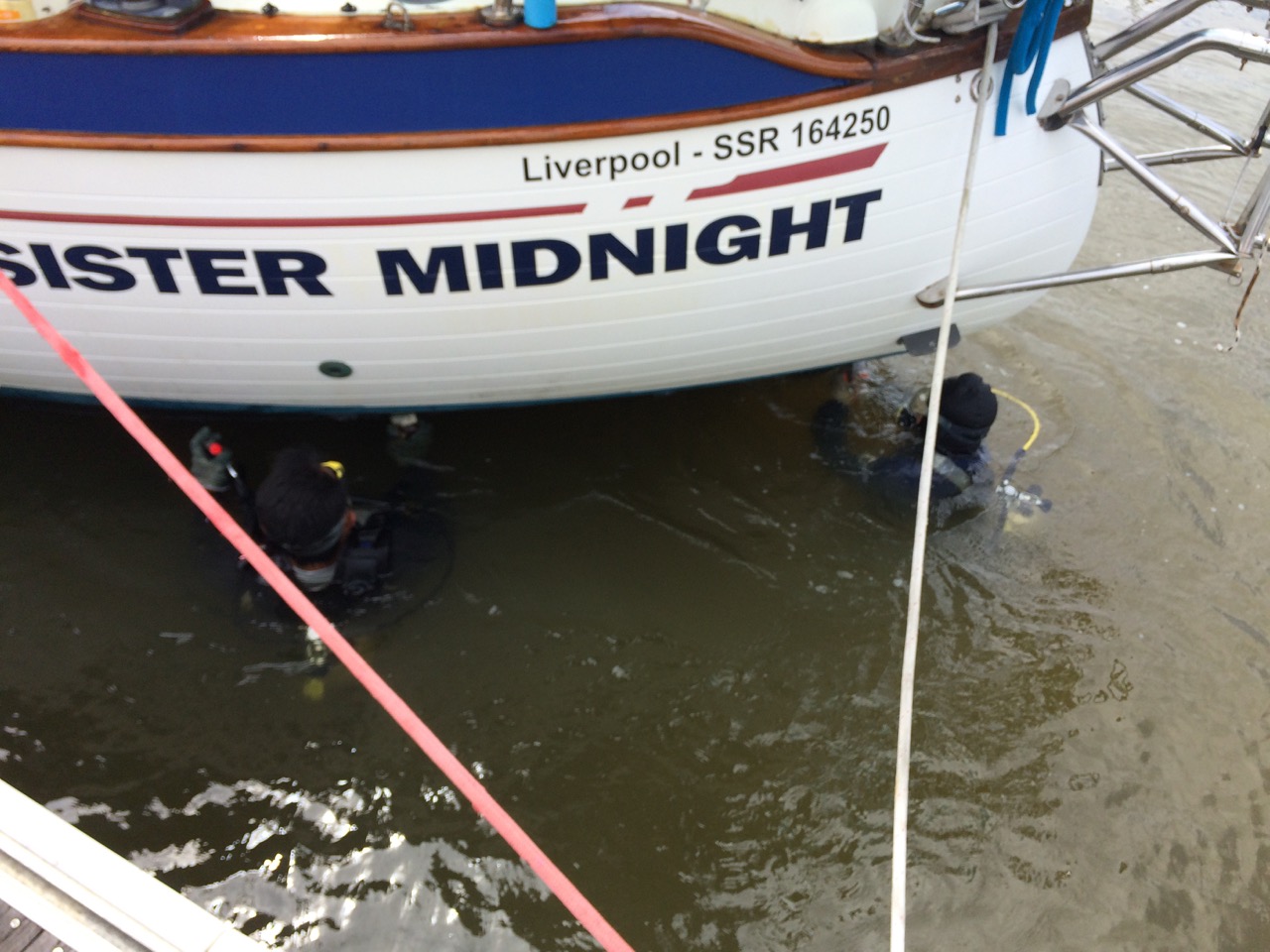
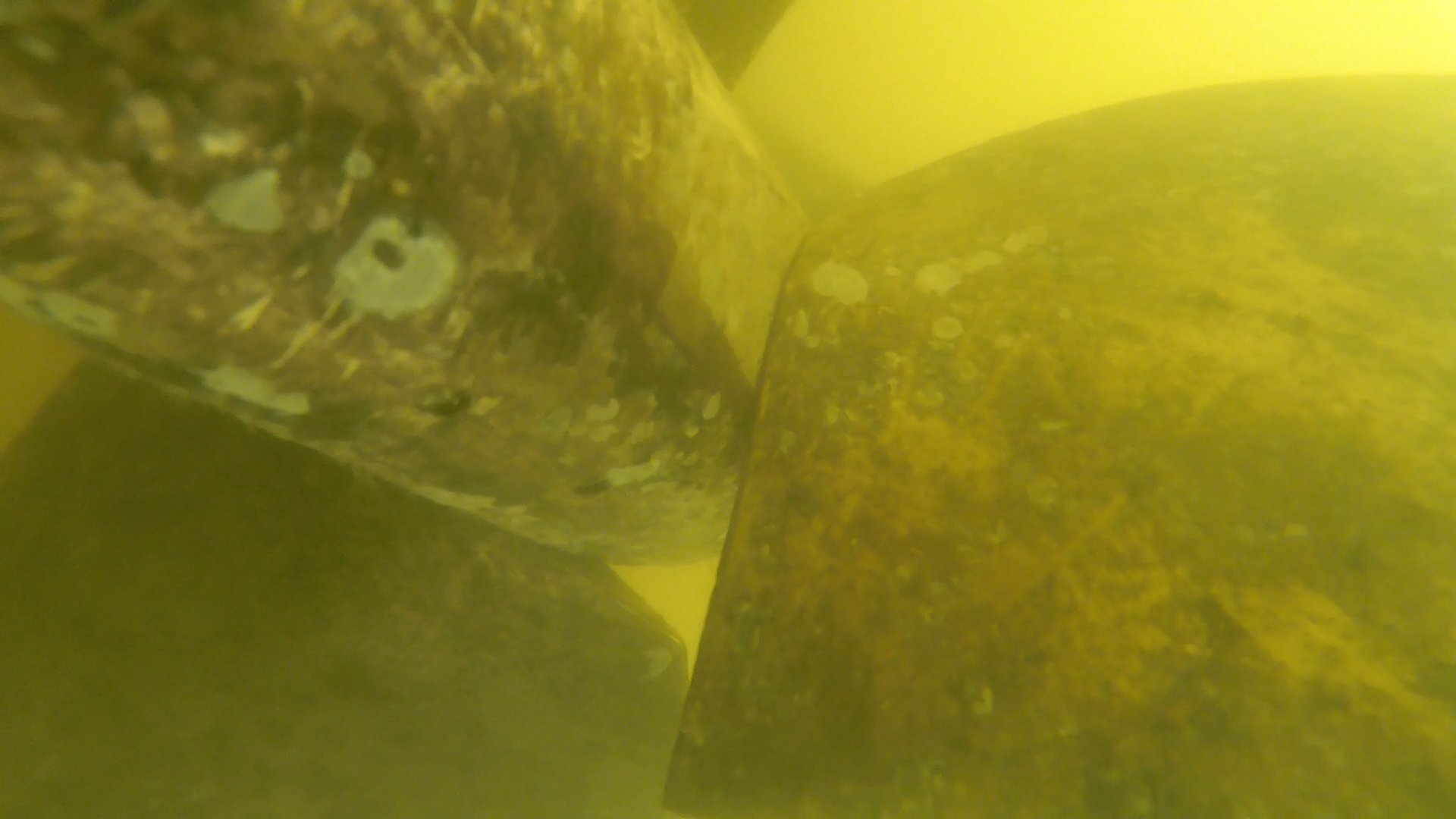
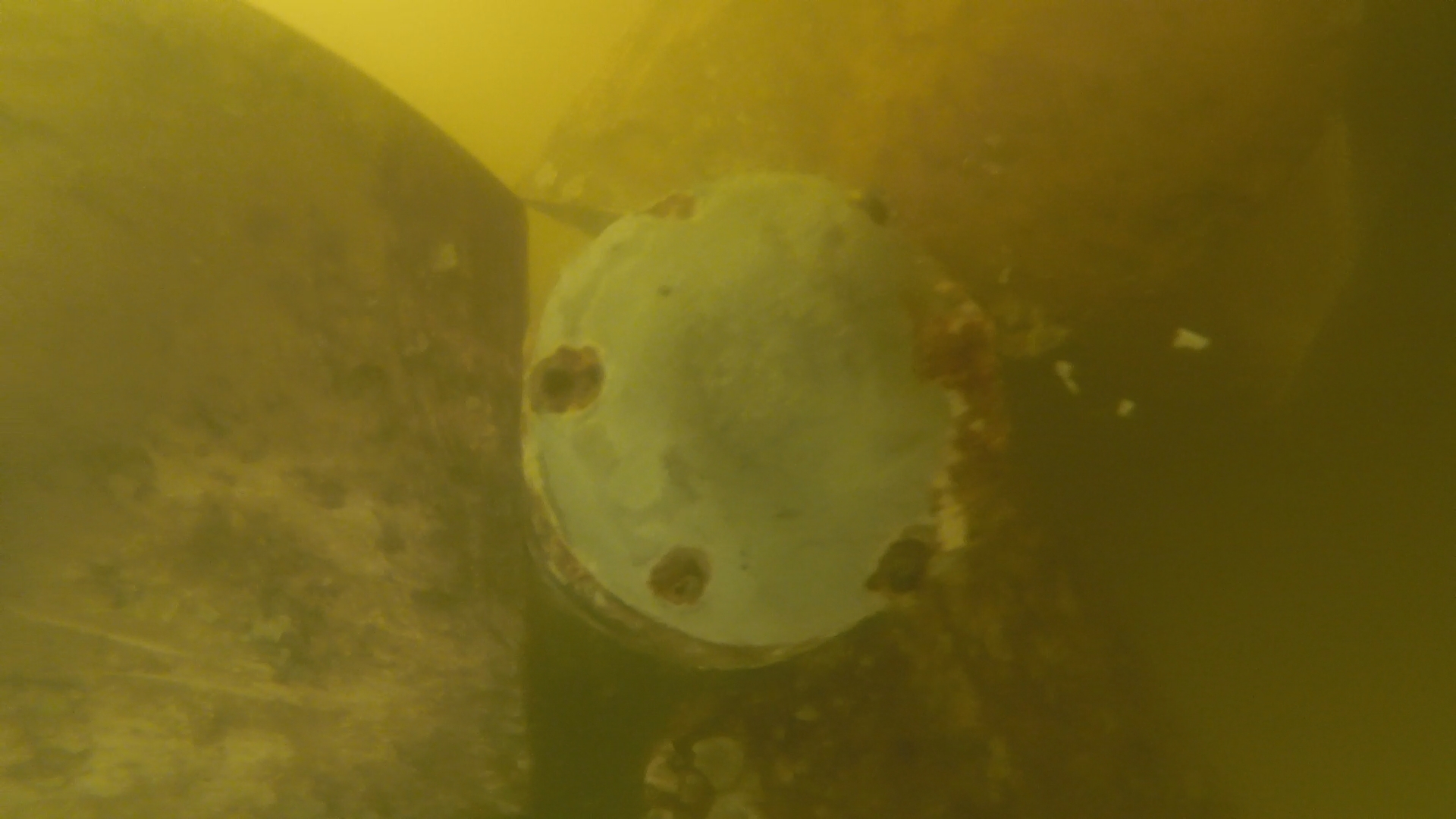
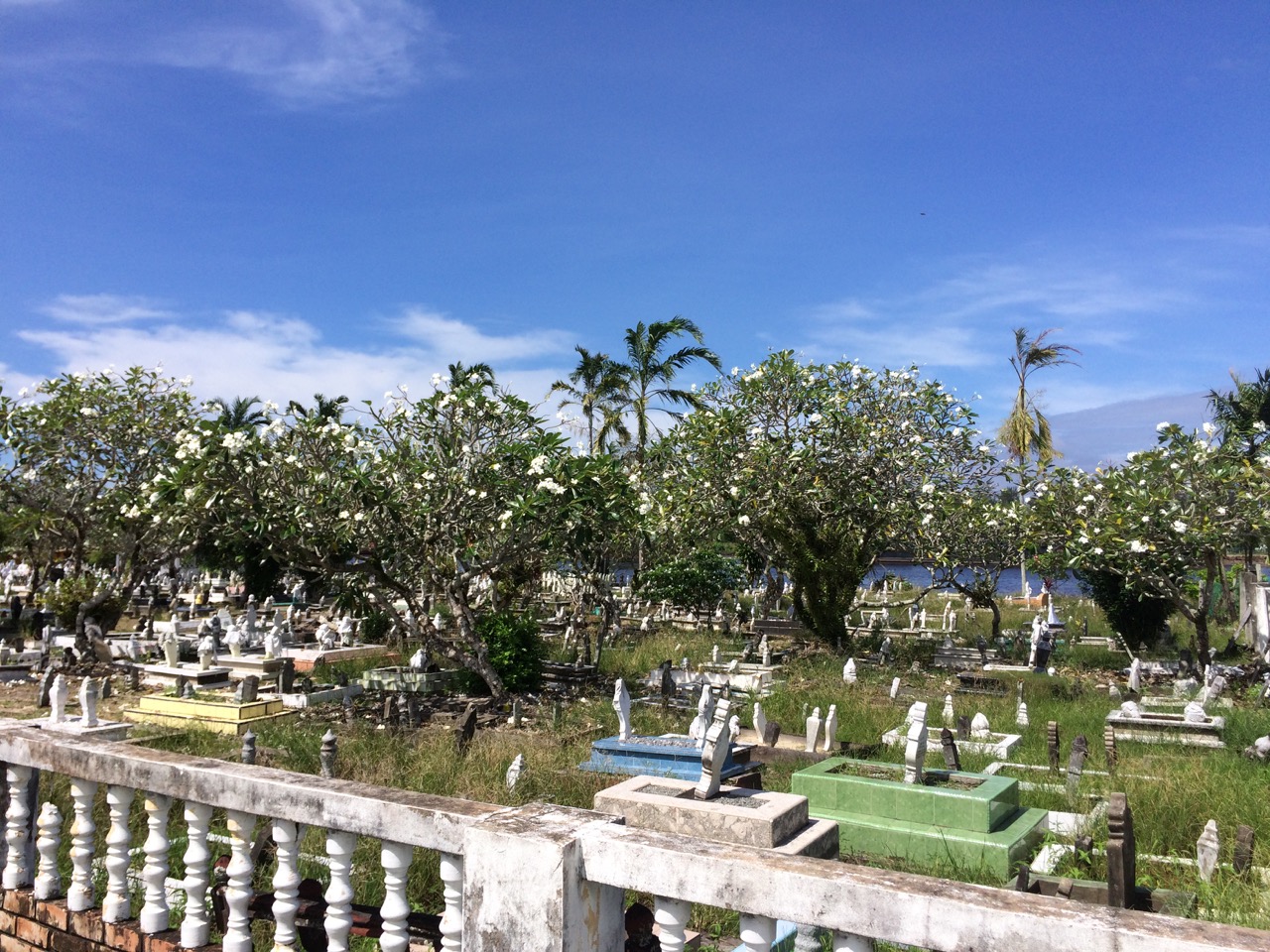
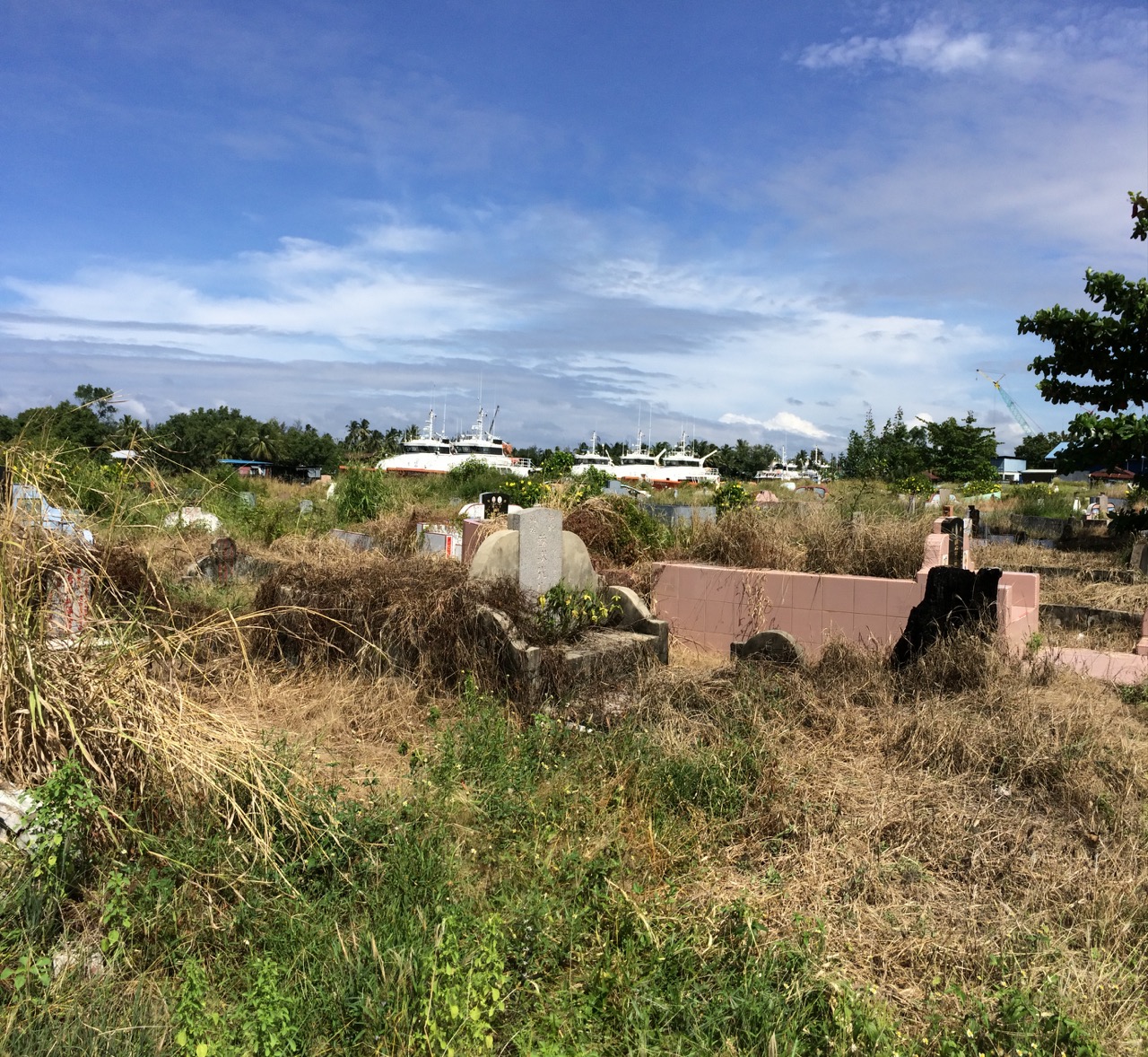
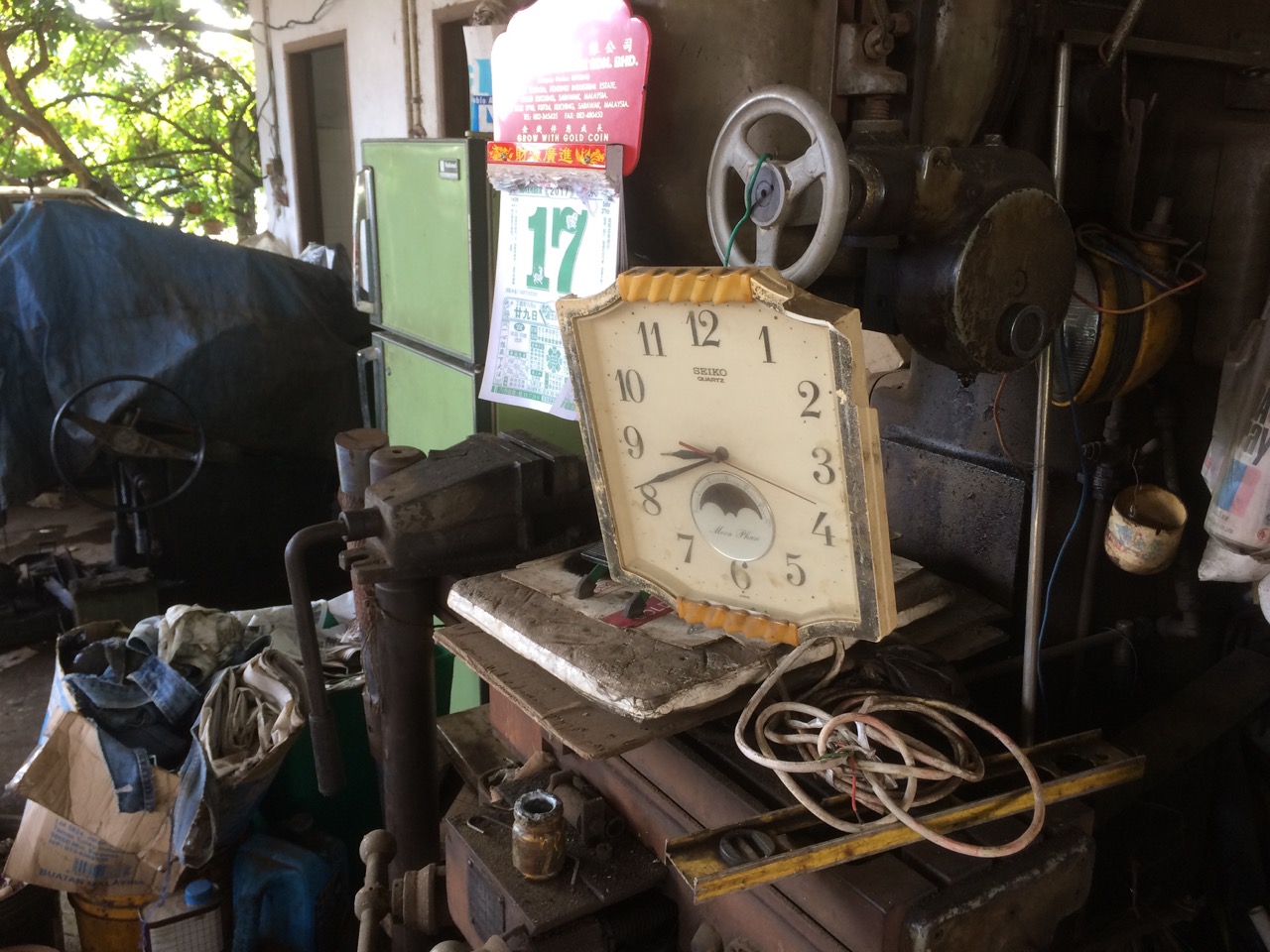
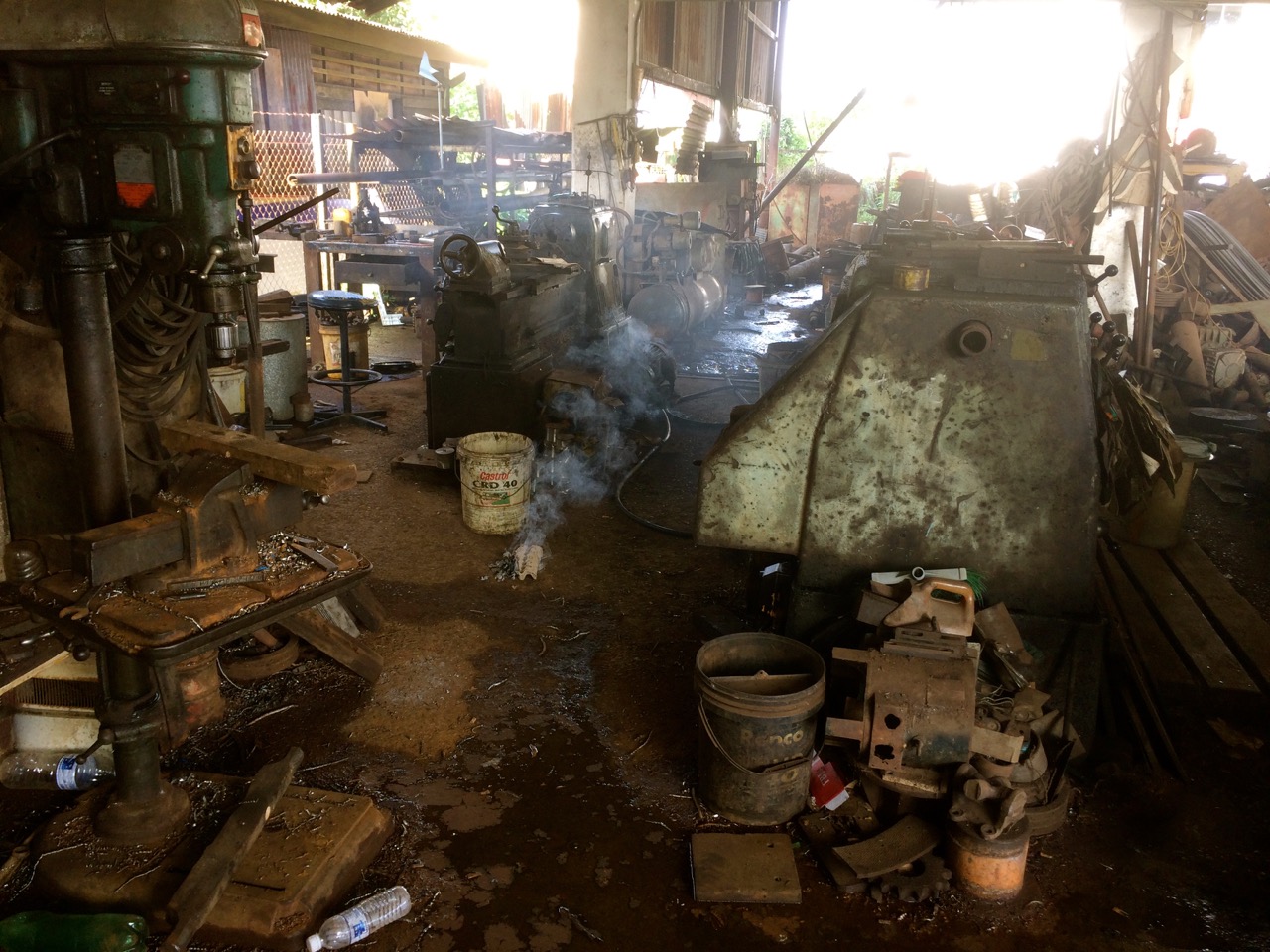
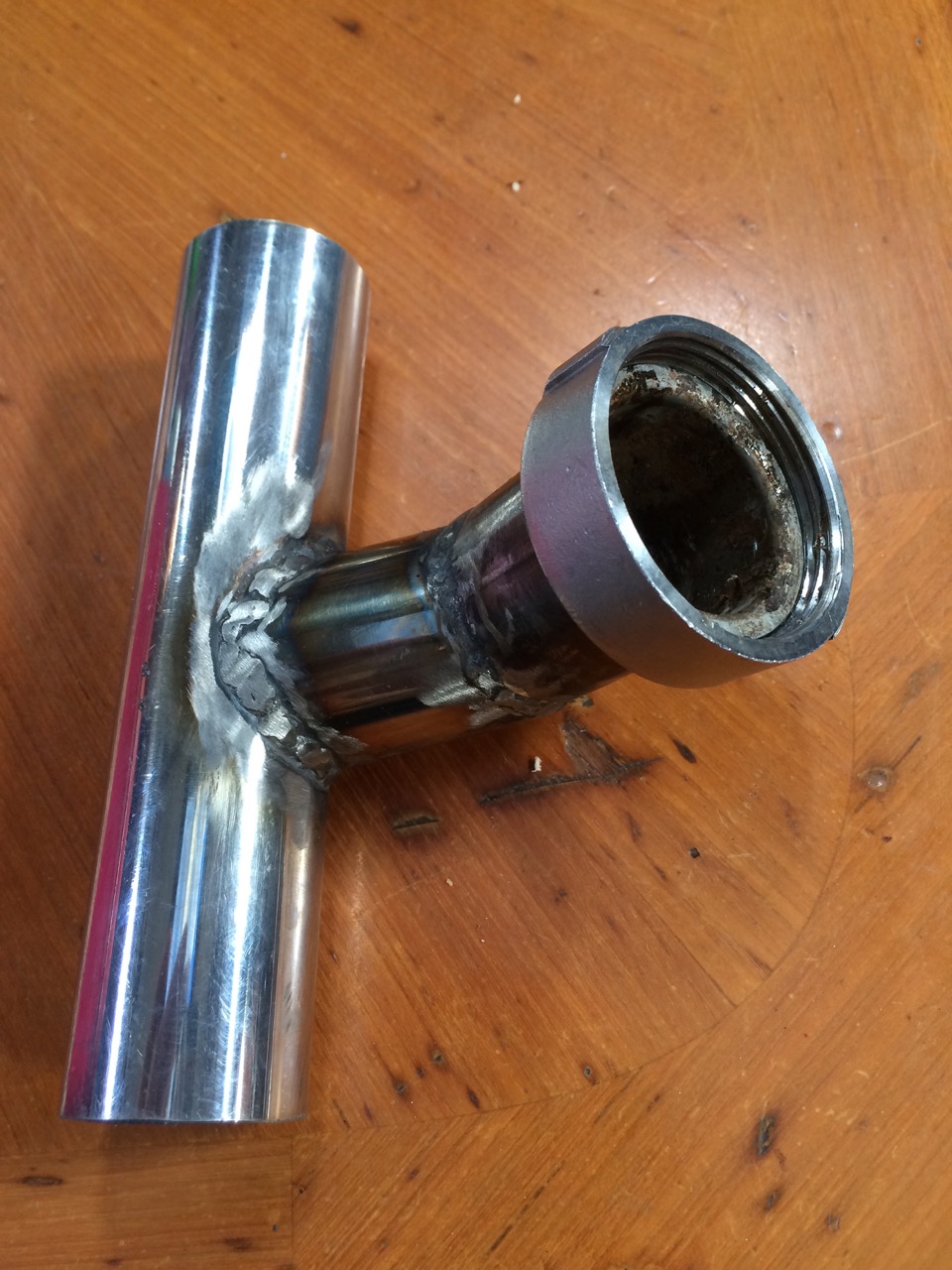

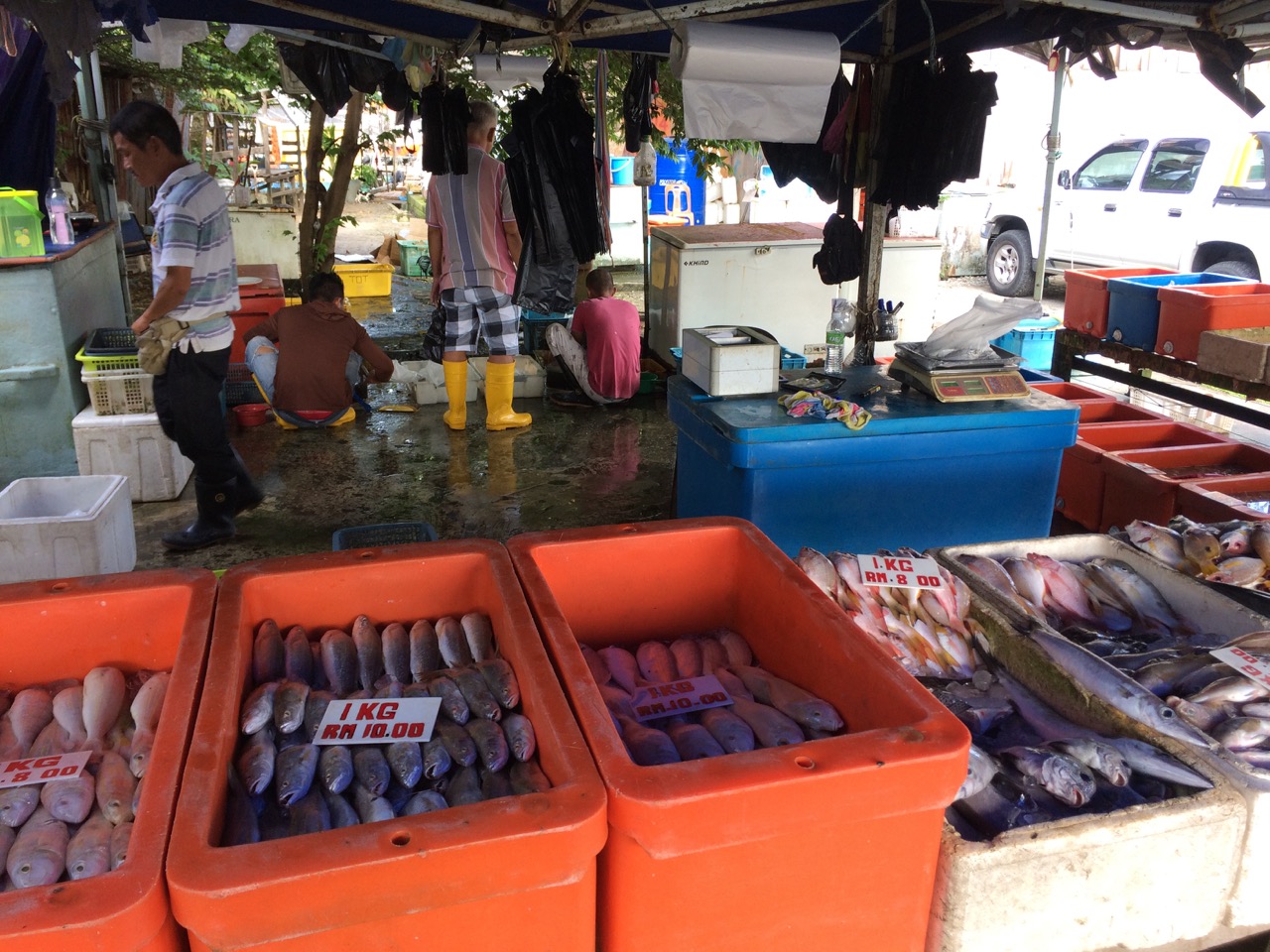 however I managed to find a massive fish for RM20 (£4) which tasted fantastic last night
however I managed to find a massive fish for RM20 (£4) which tasted fantastic last night I also got the repaired fitting back, with apologies about the weld, he tested it this time and didn’t charge for another slight mod I needed. Sadly it still leaked when I fitted it. However it’s such a small leak, I might just fix it with a bit of epoxy. That’s tomorrow’s job.
I also got the repaired fitting back, with apologies about the weld, he tested it this time and didn’t charge for another slight mod I needed. Sadly it still leaked when I fitted it. However it’s such a small leak, I might just fix it with a bit of epoxy. That’s tomorrow’s job.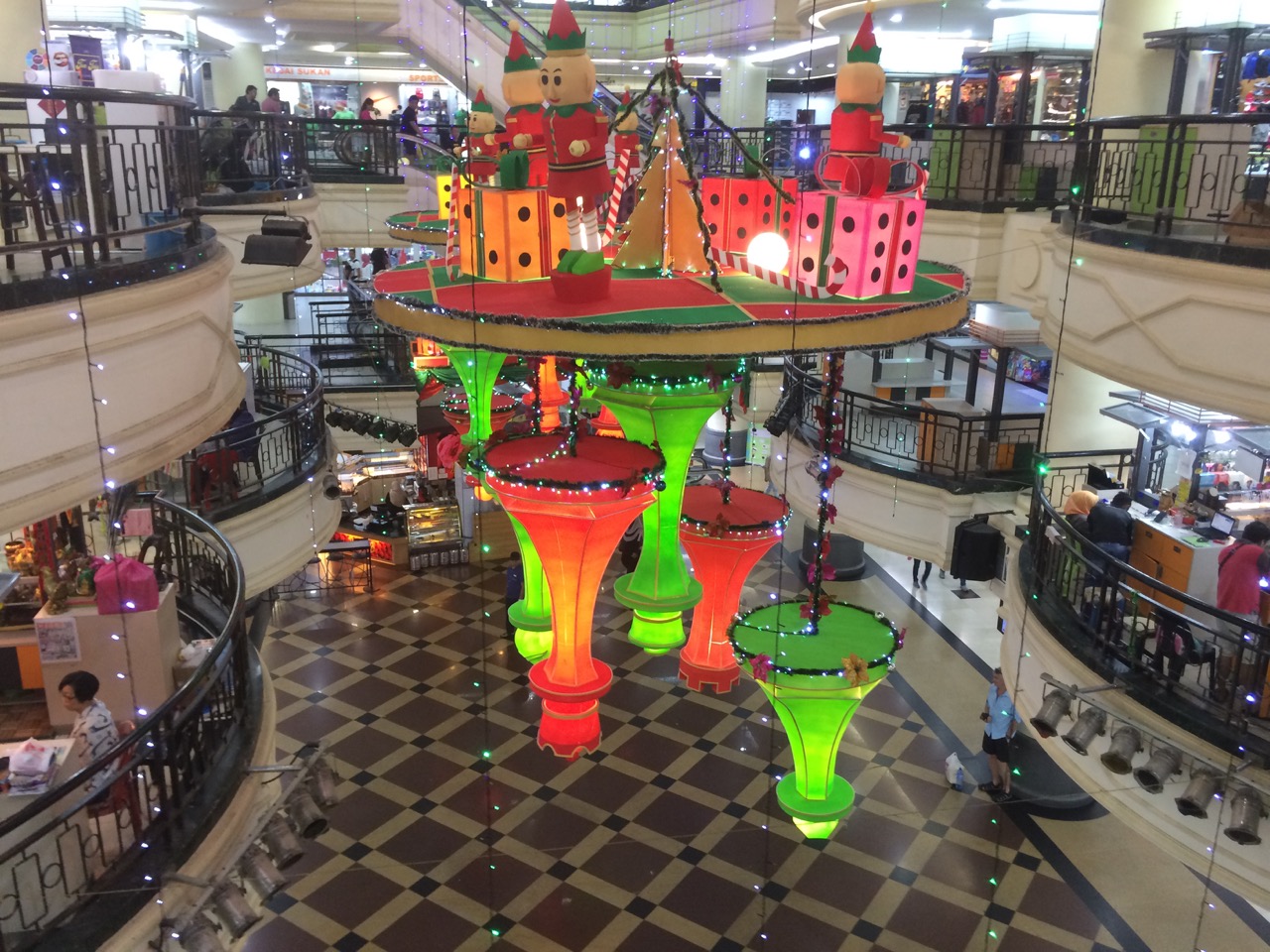
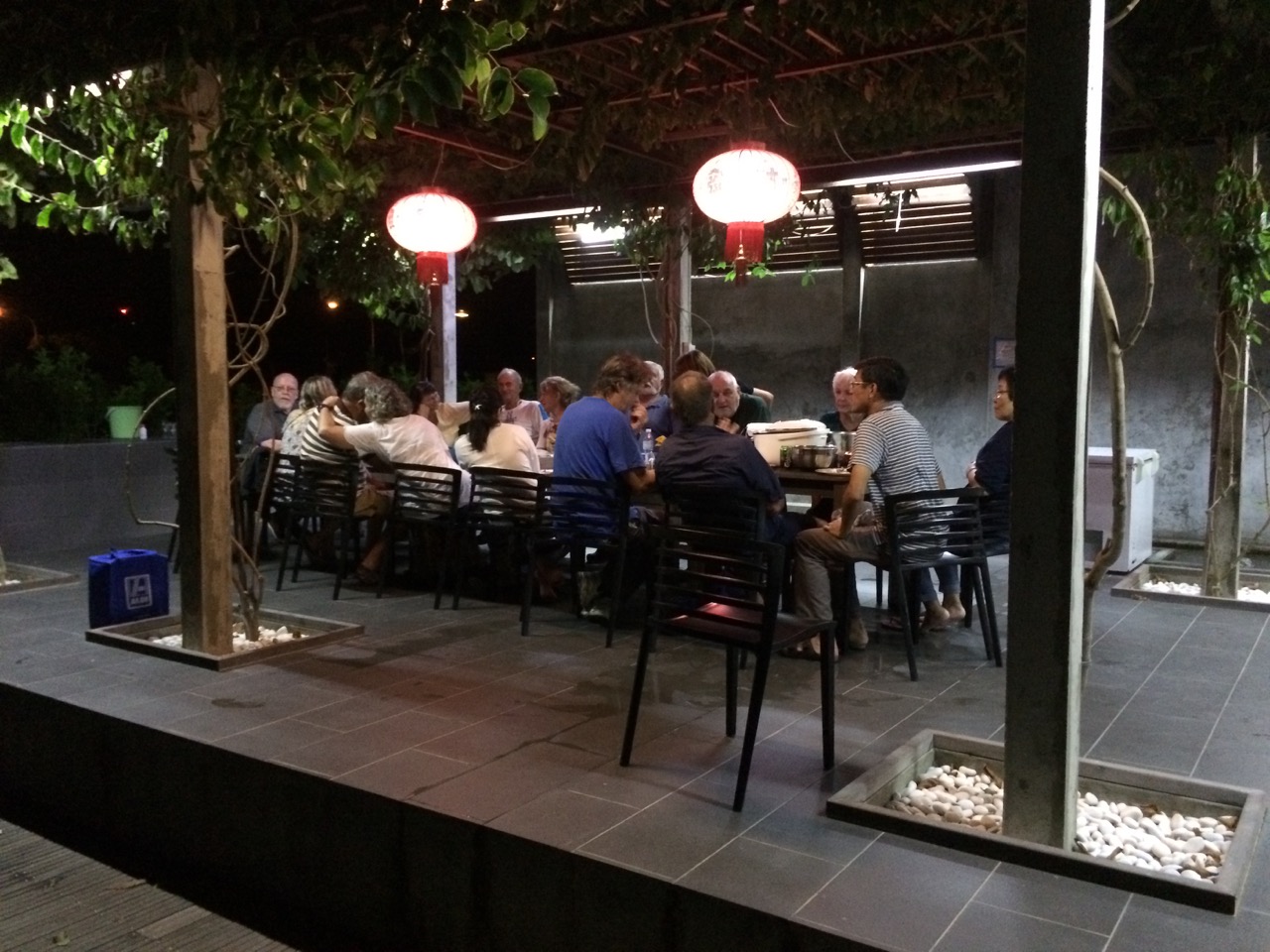
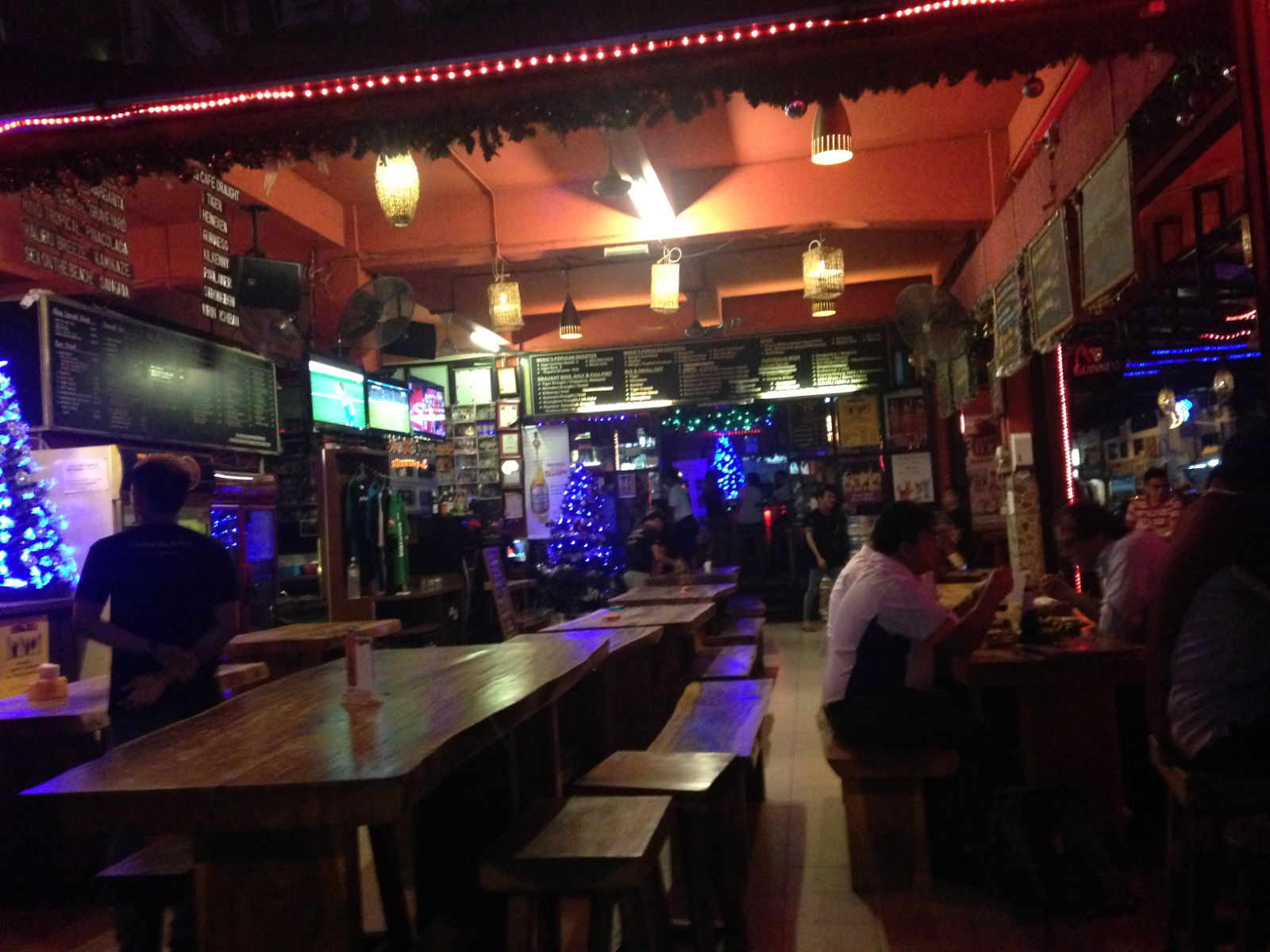
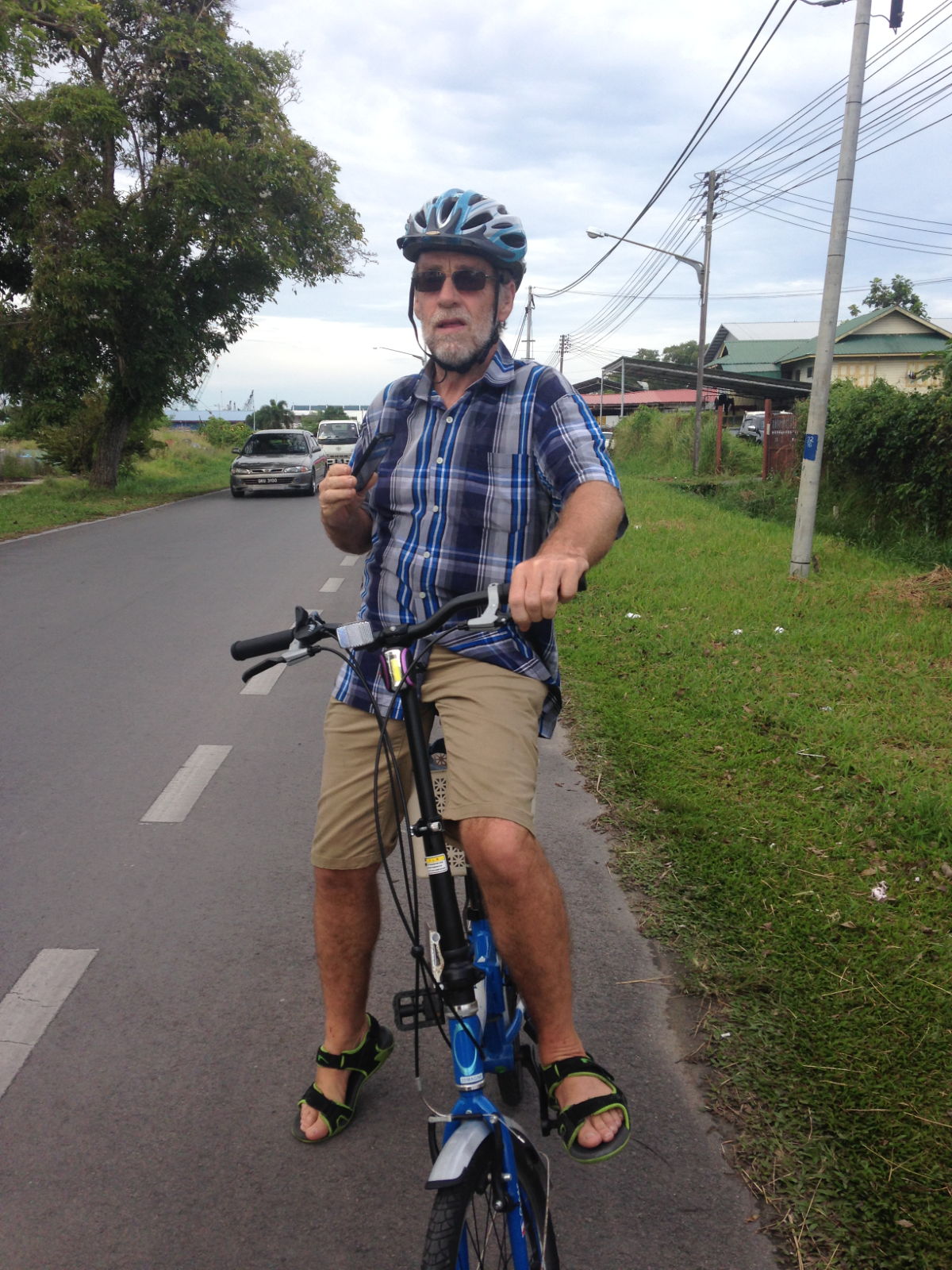

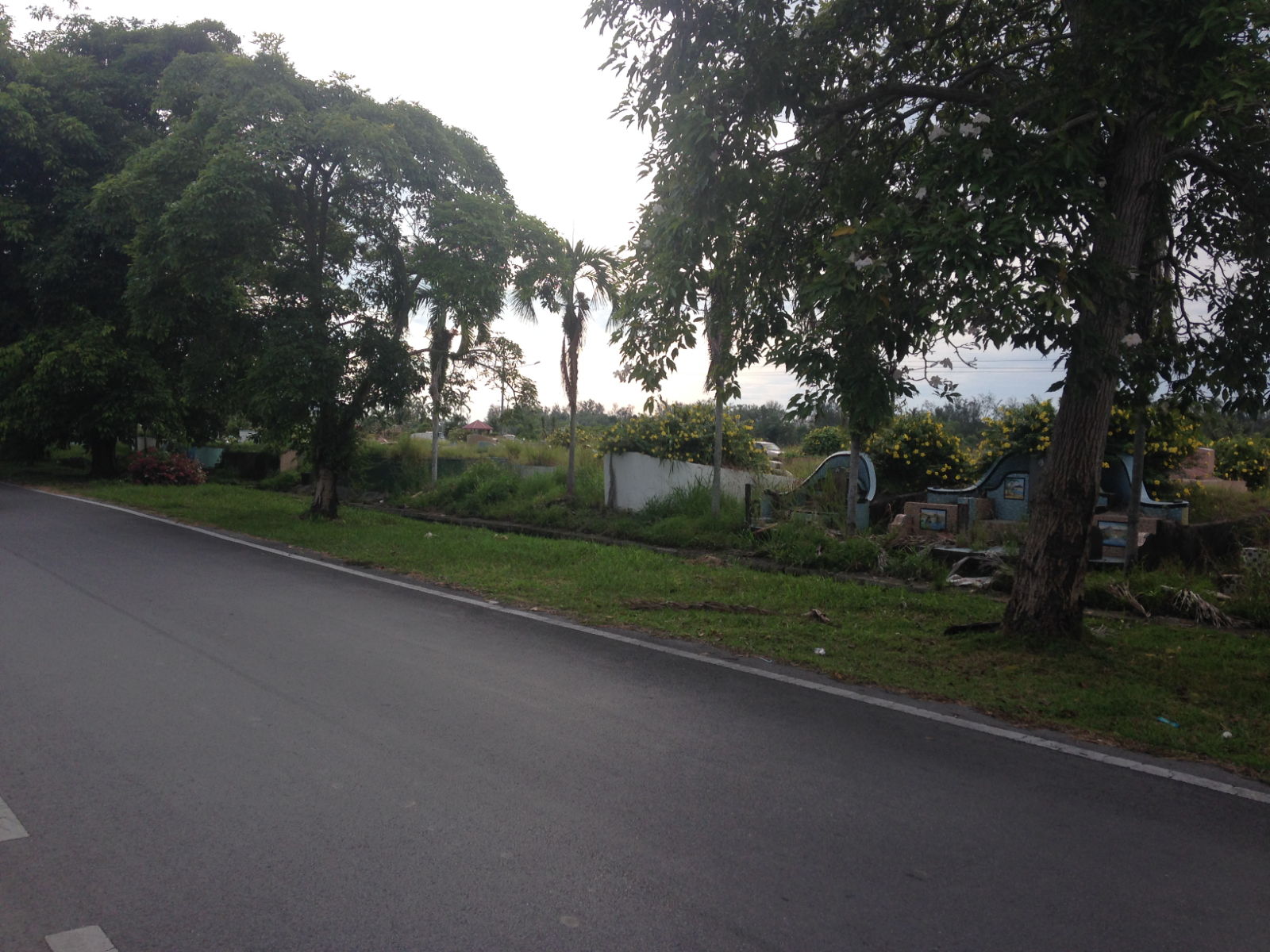

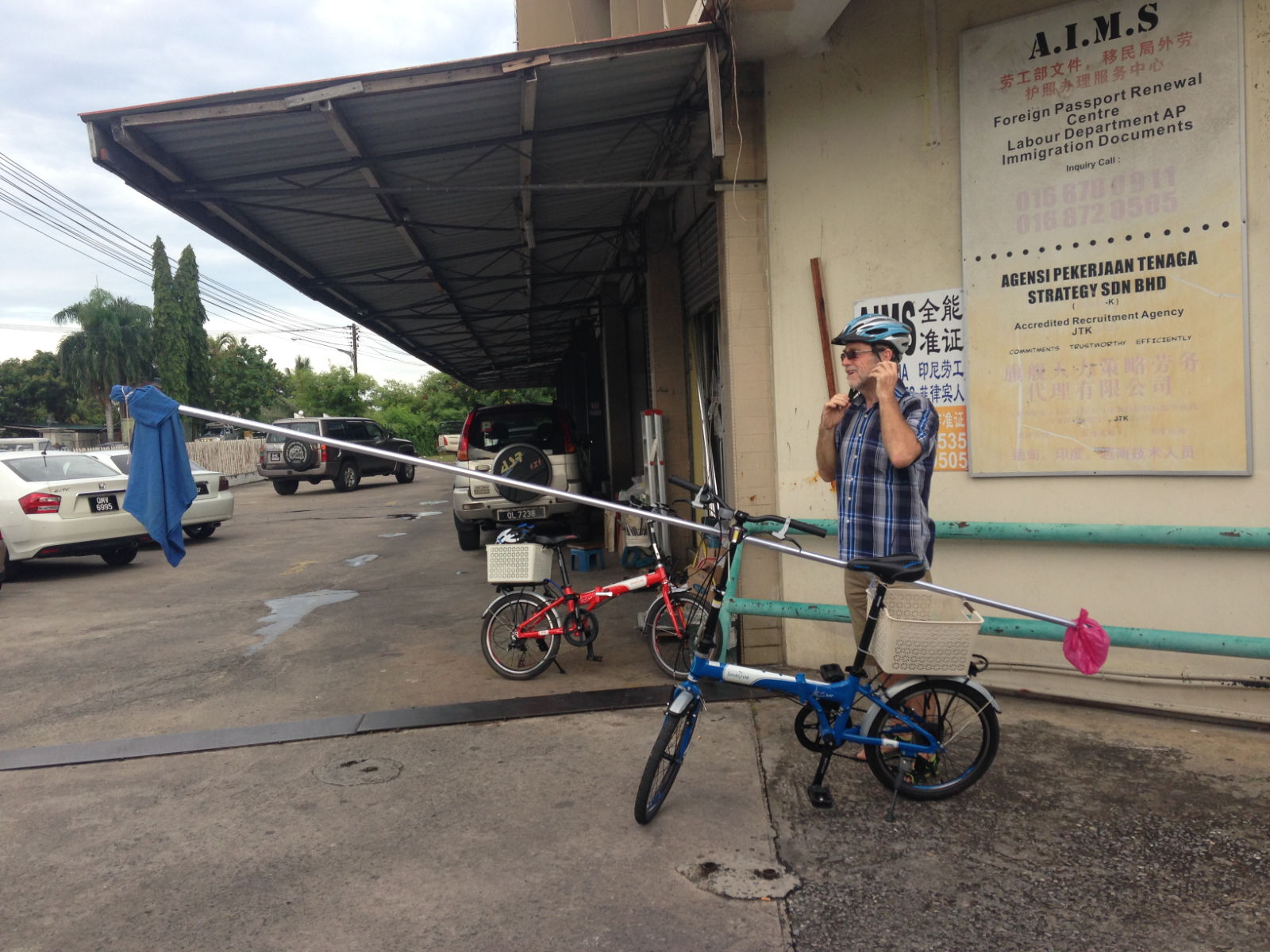
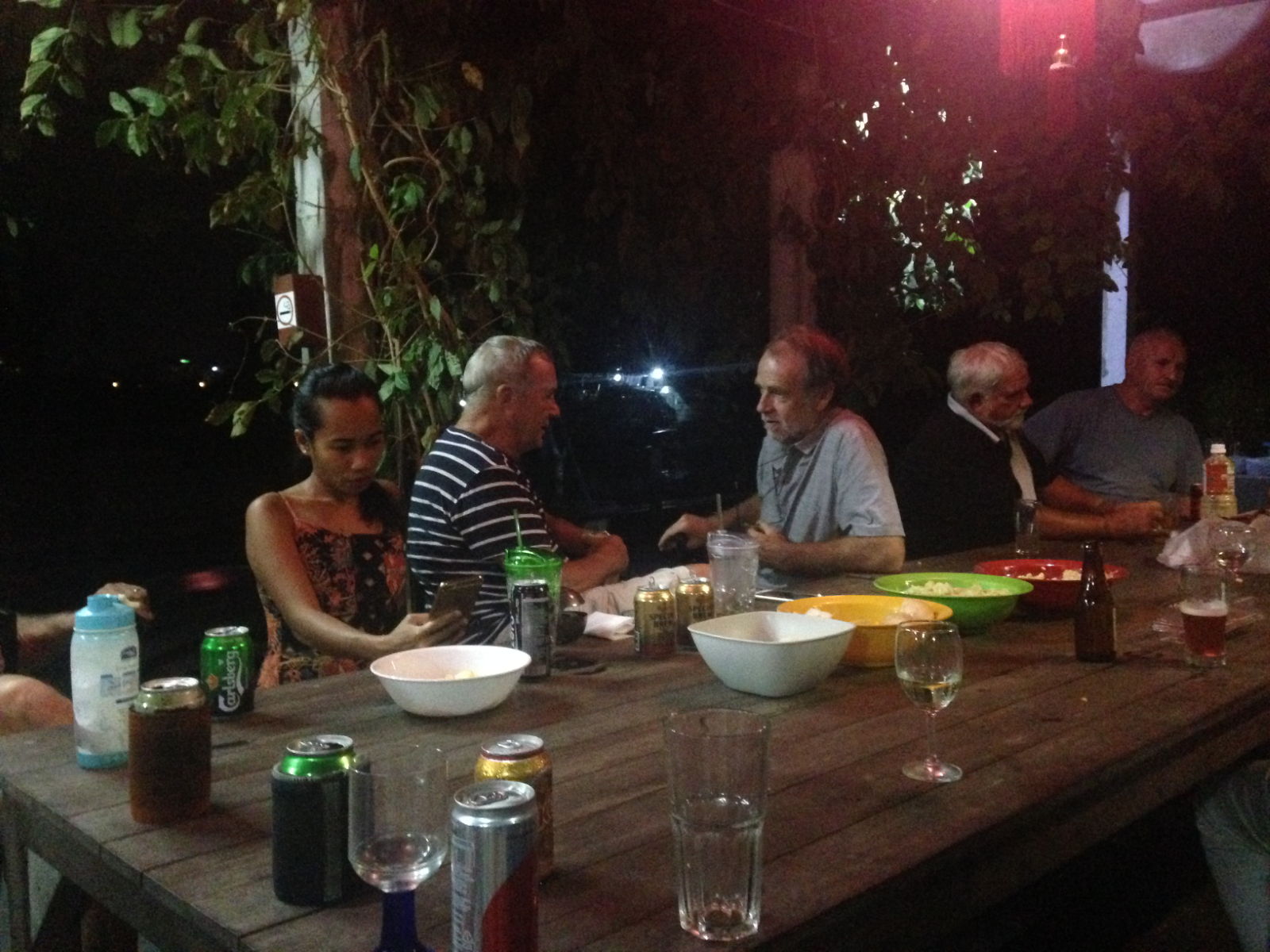
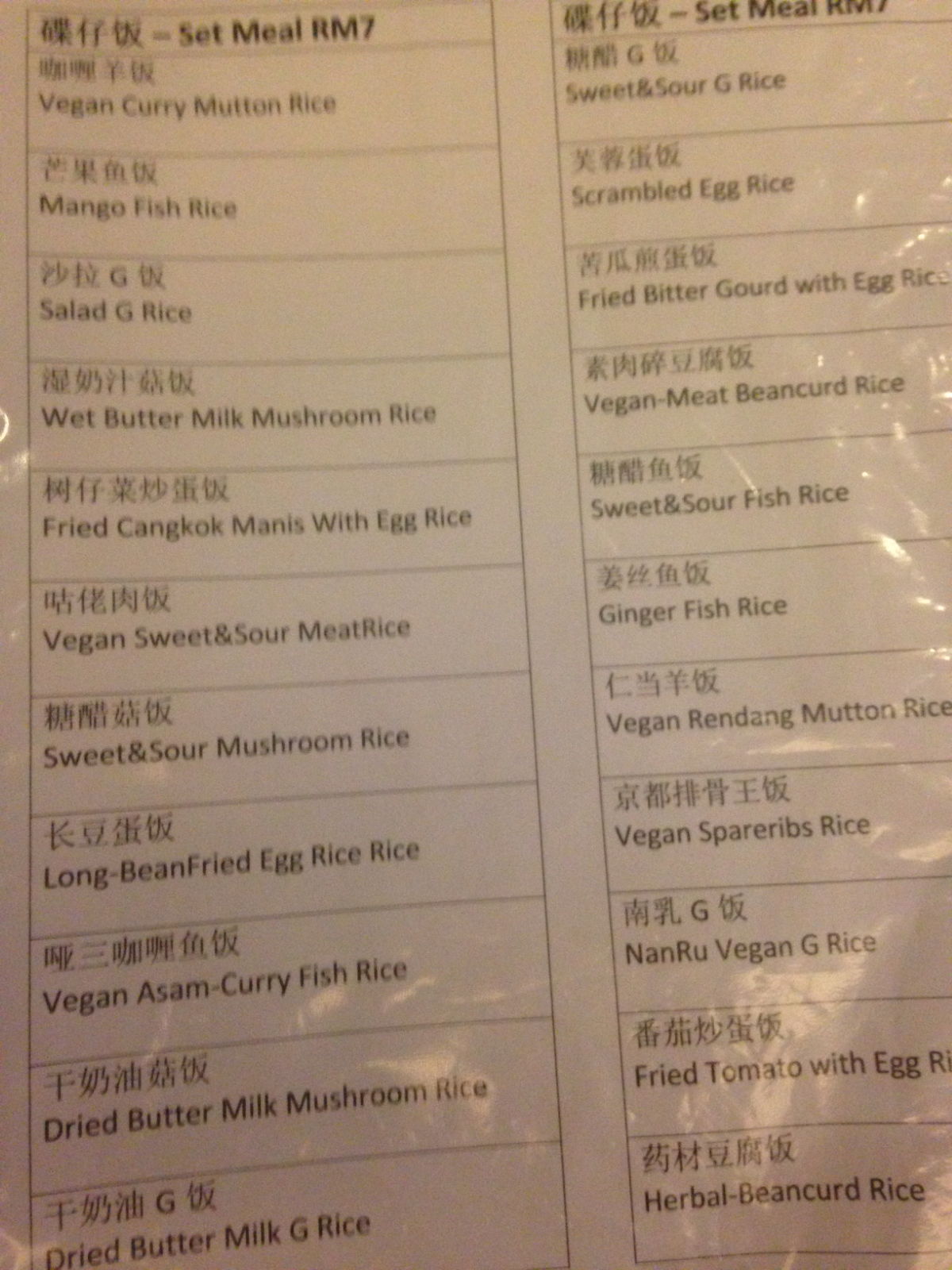
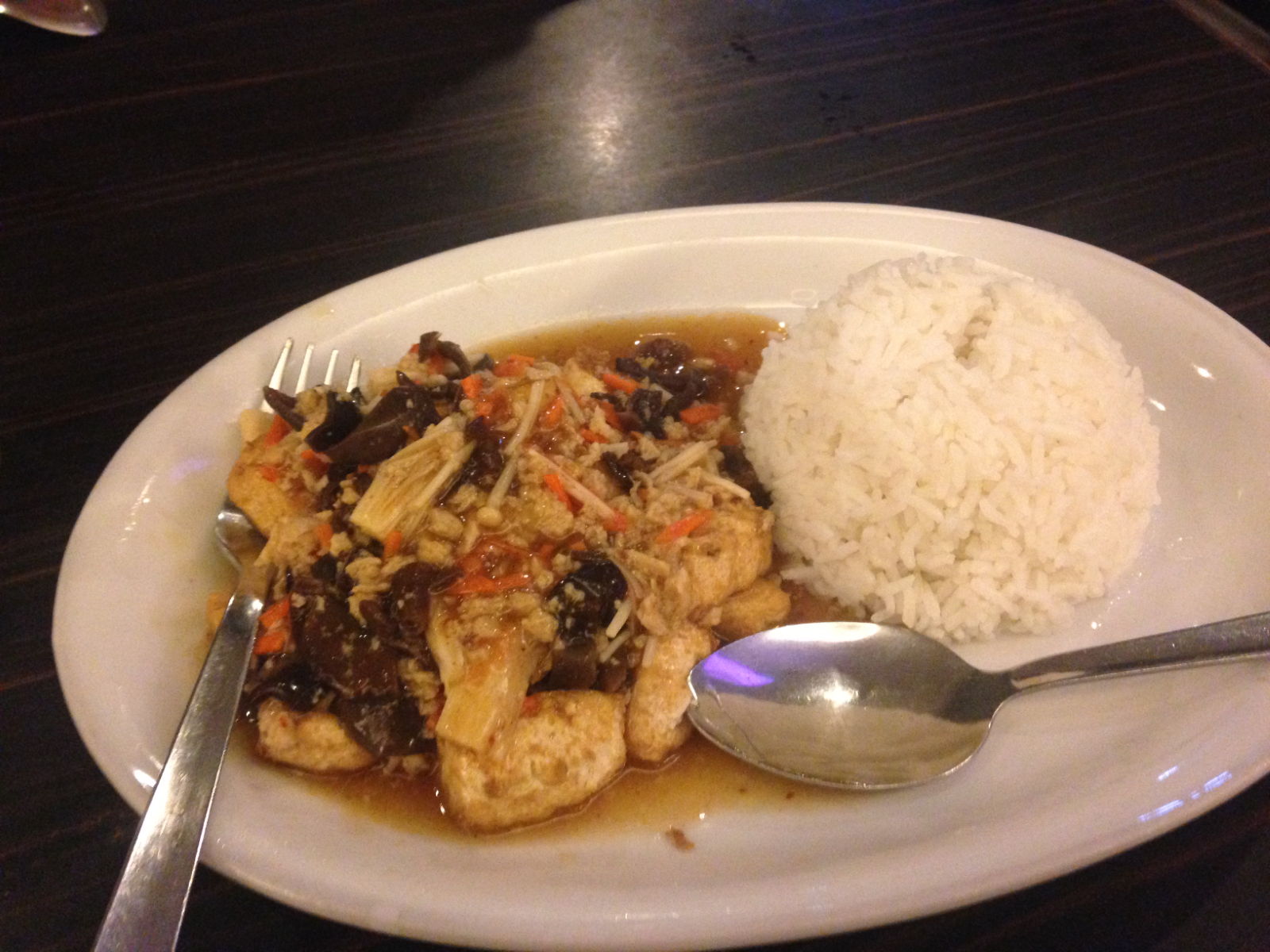
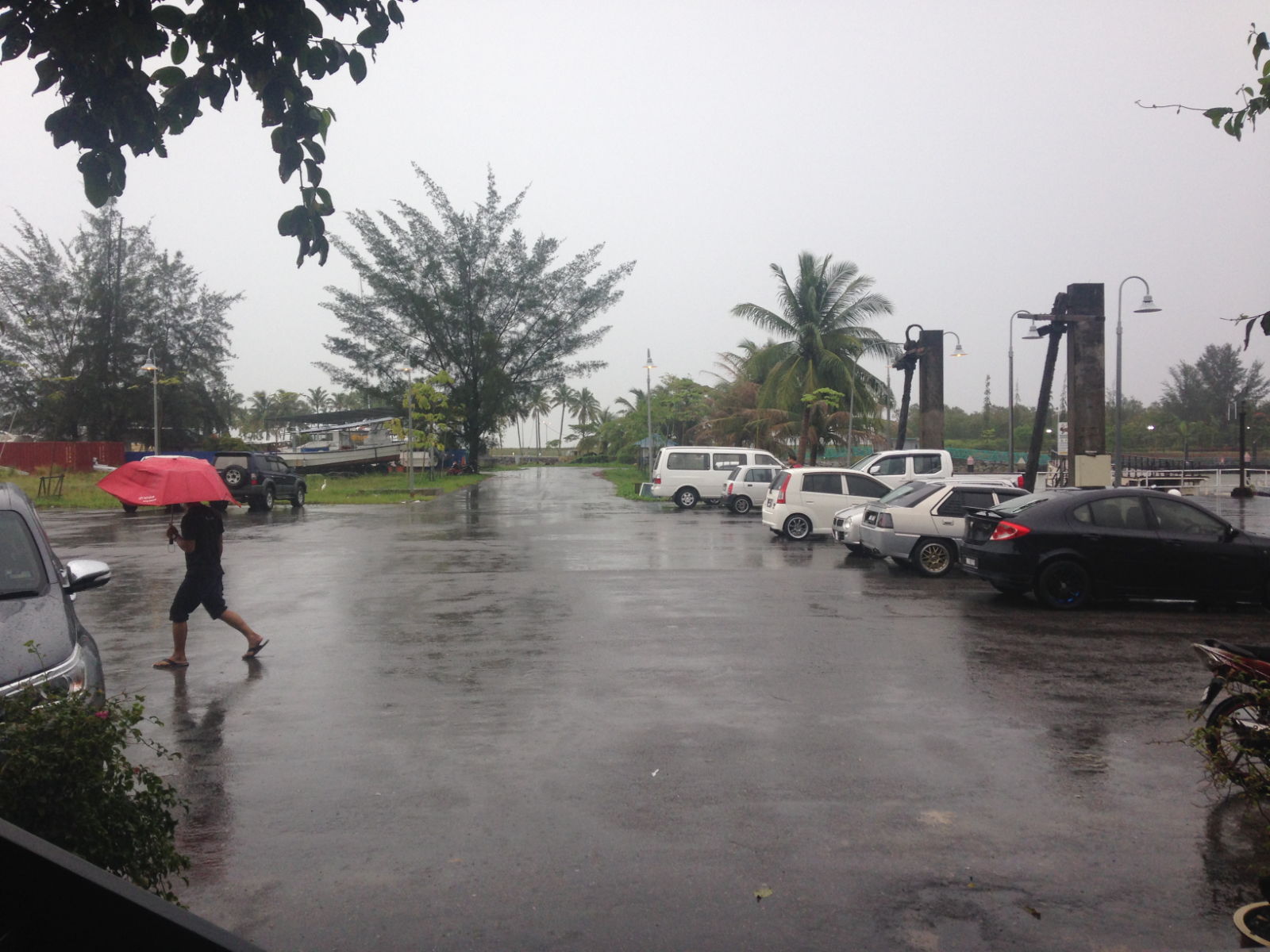
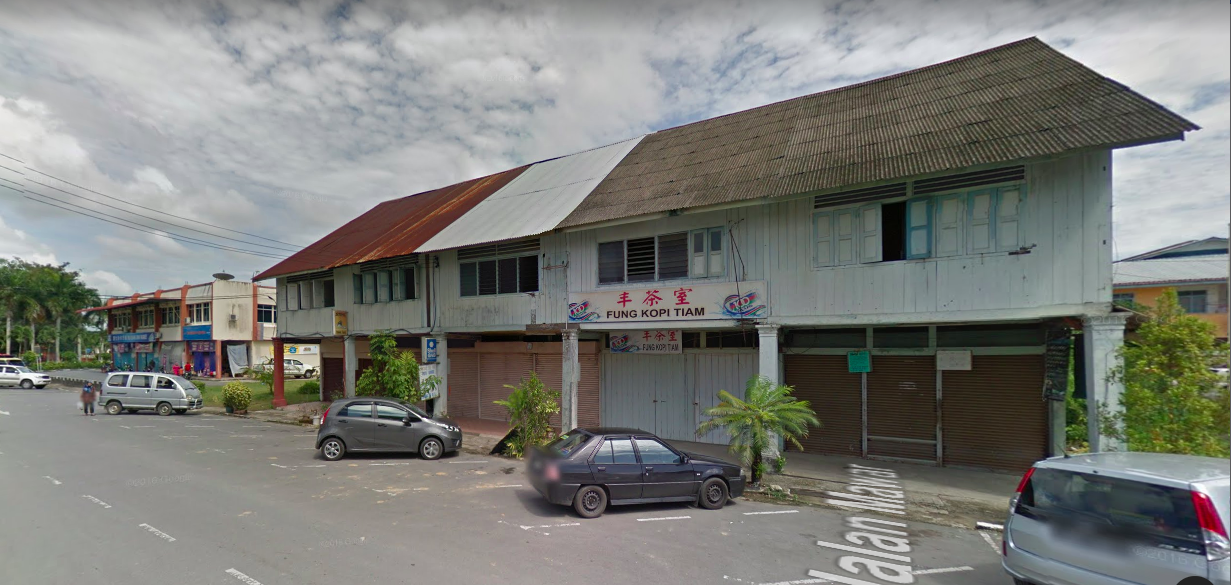

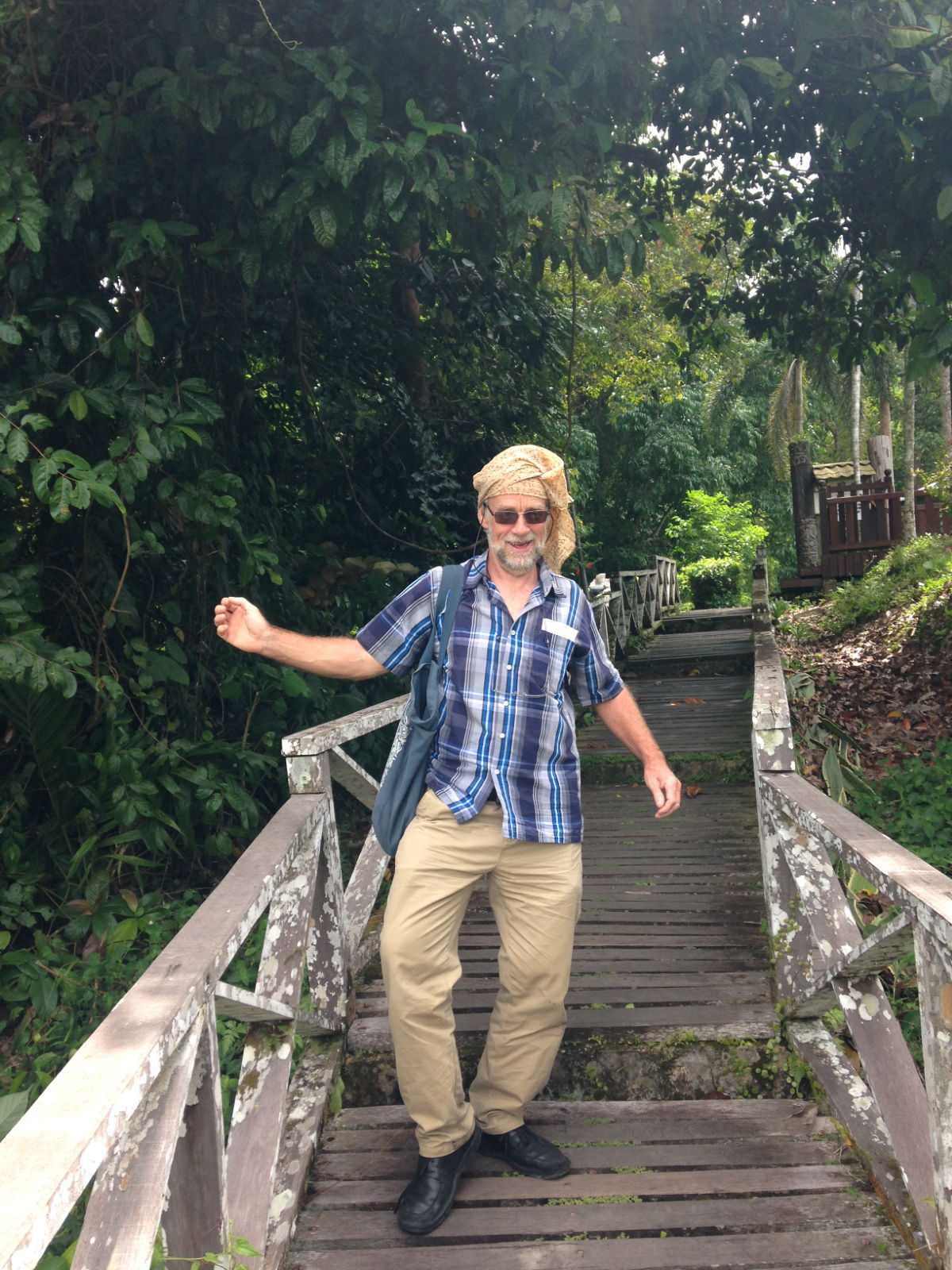
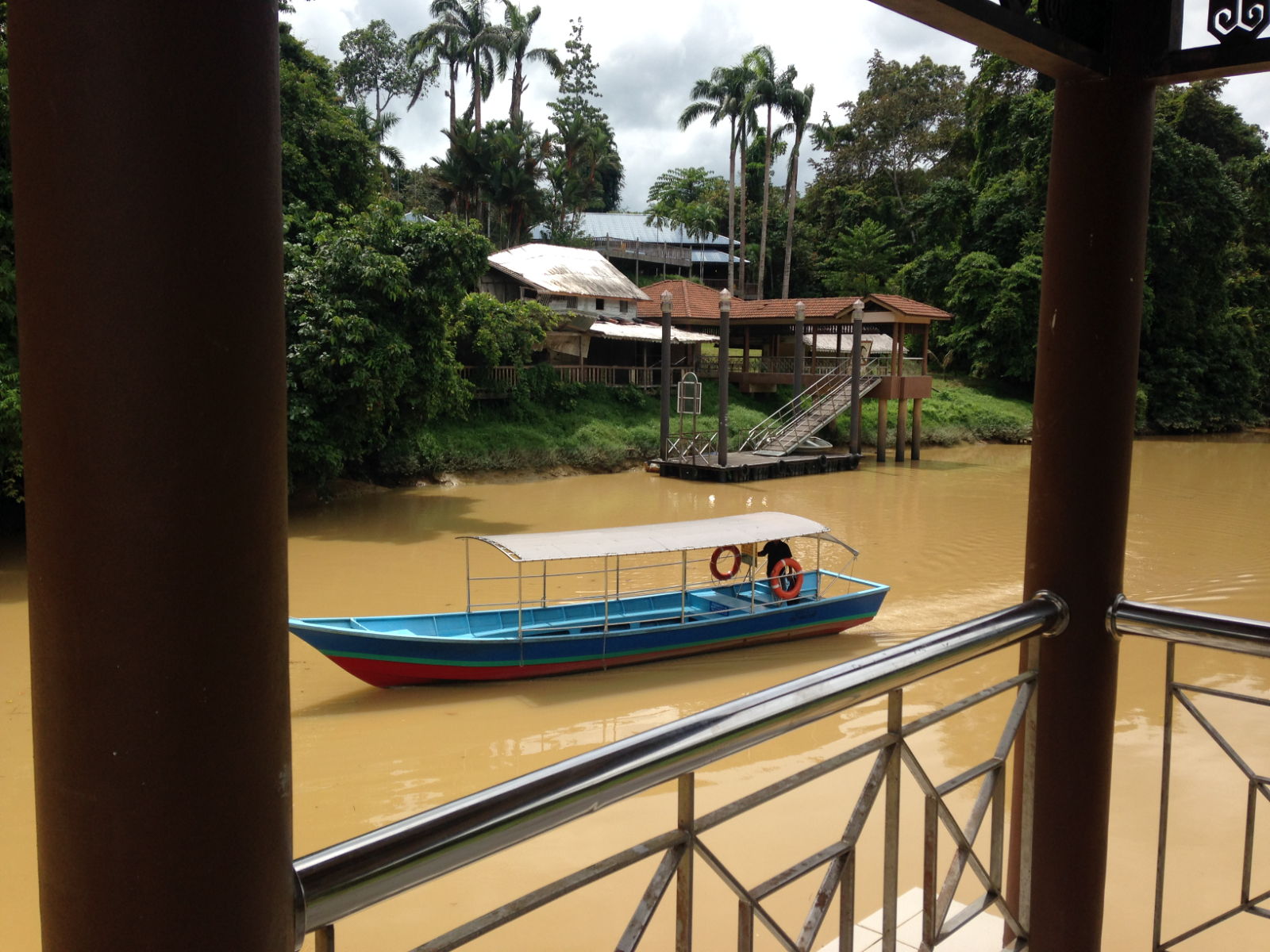
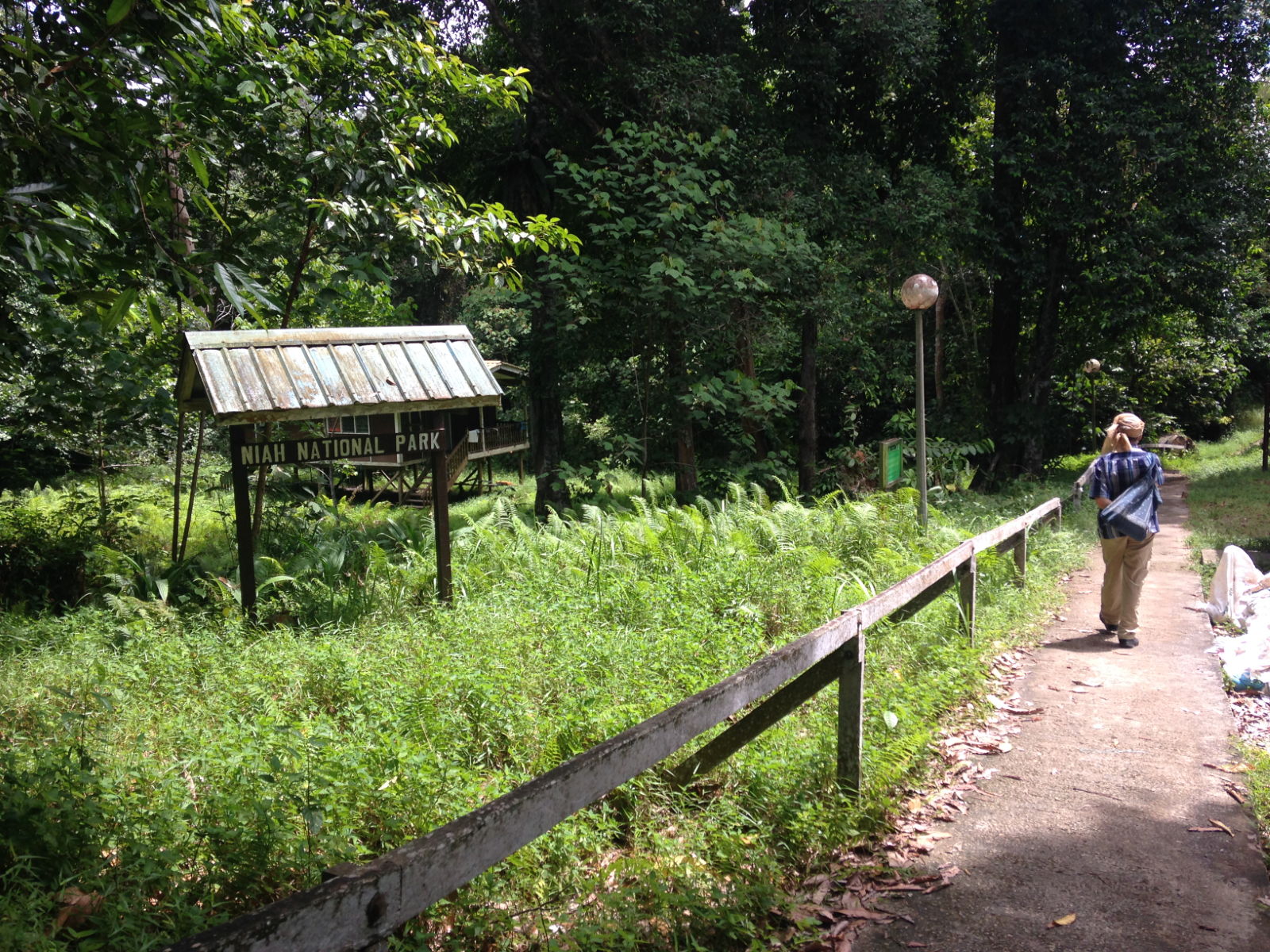
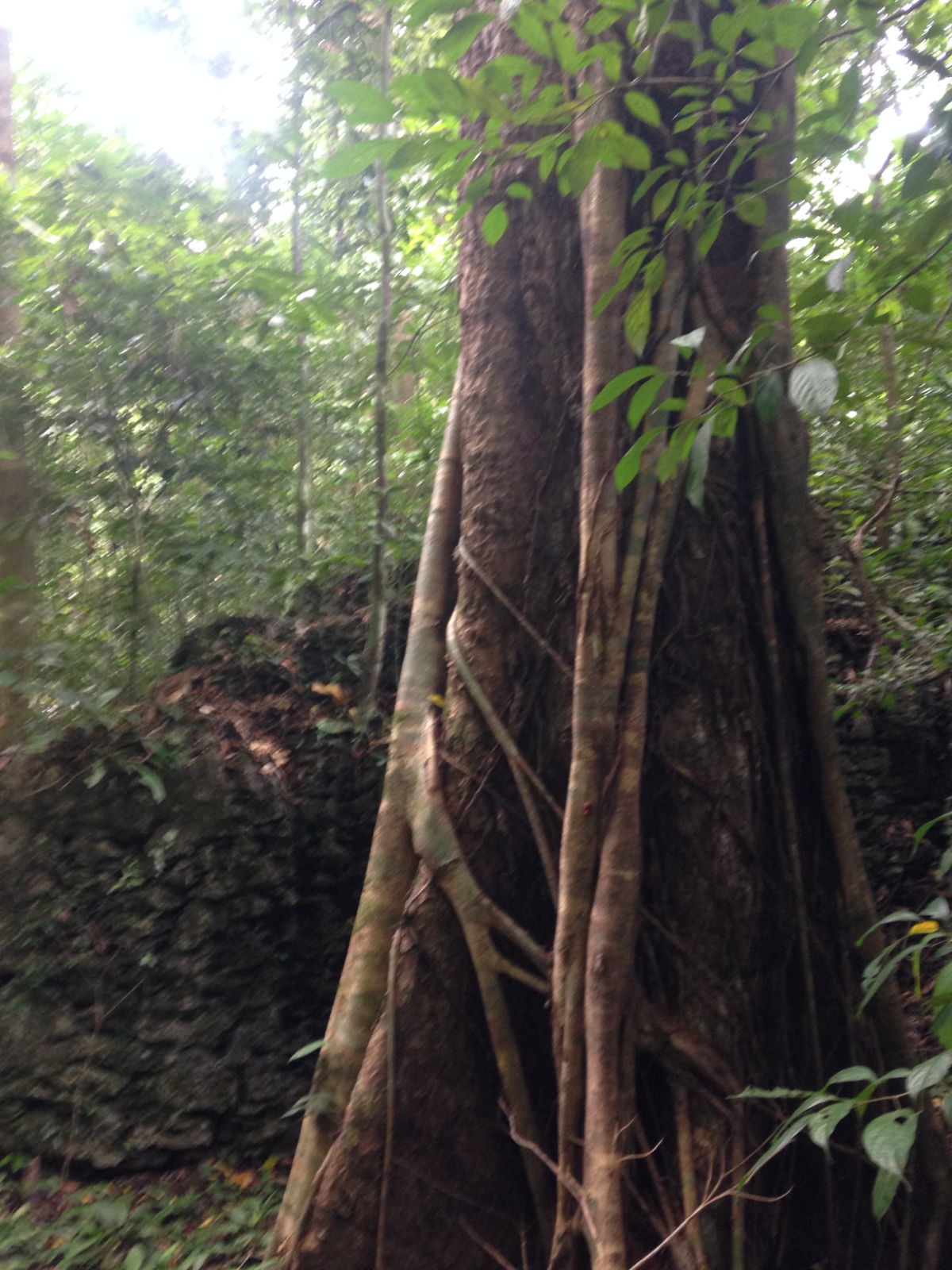
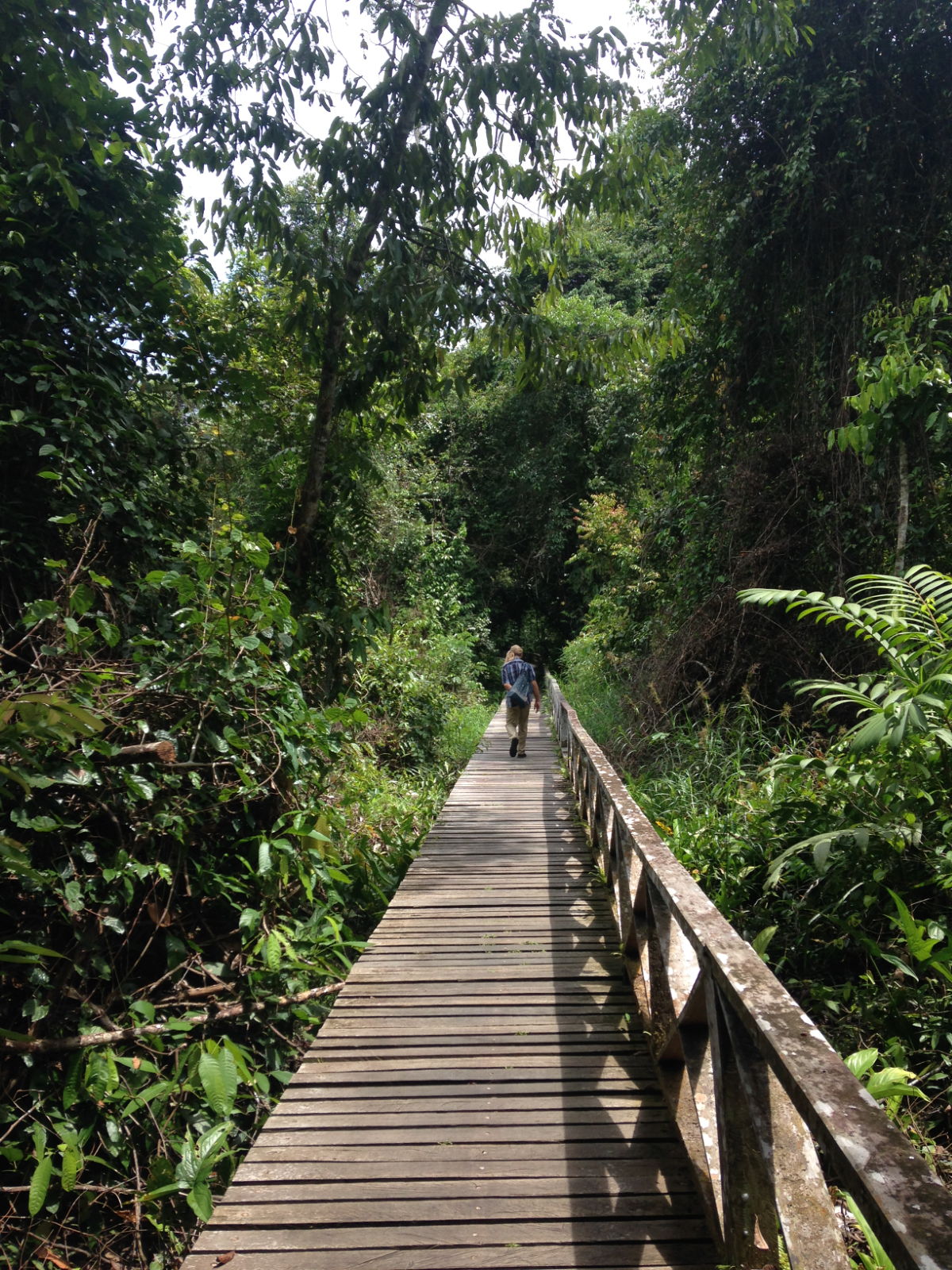
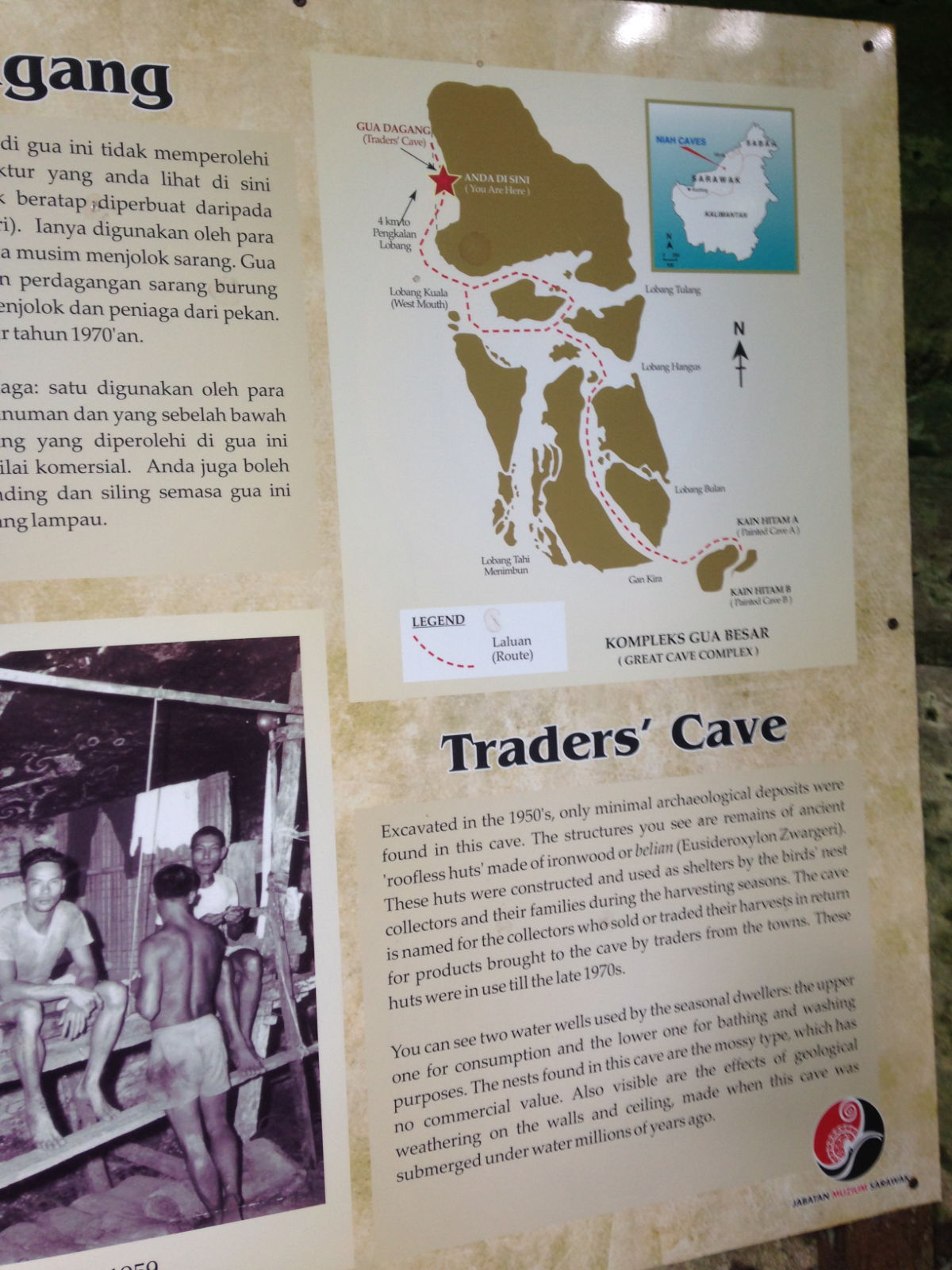
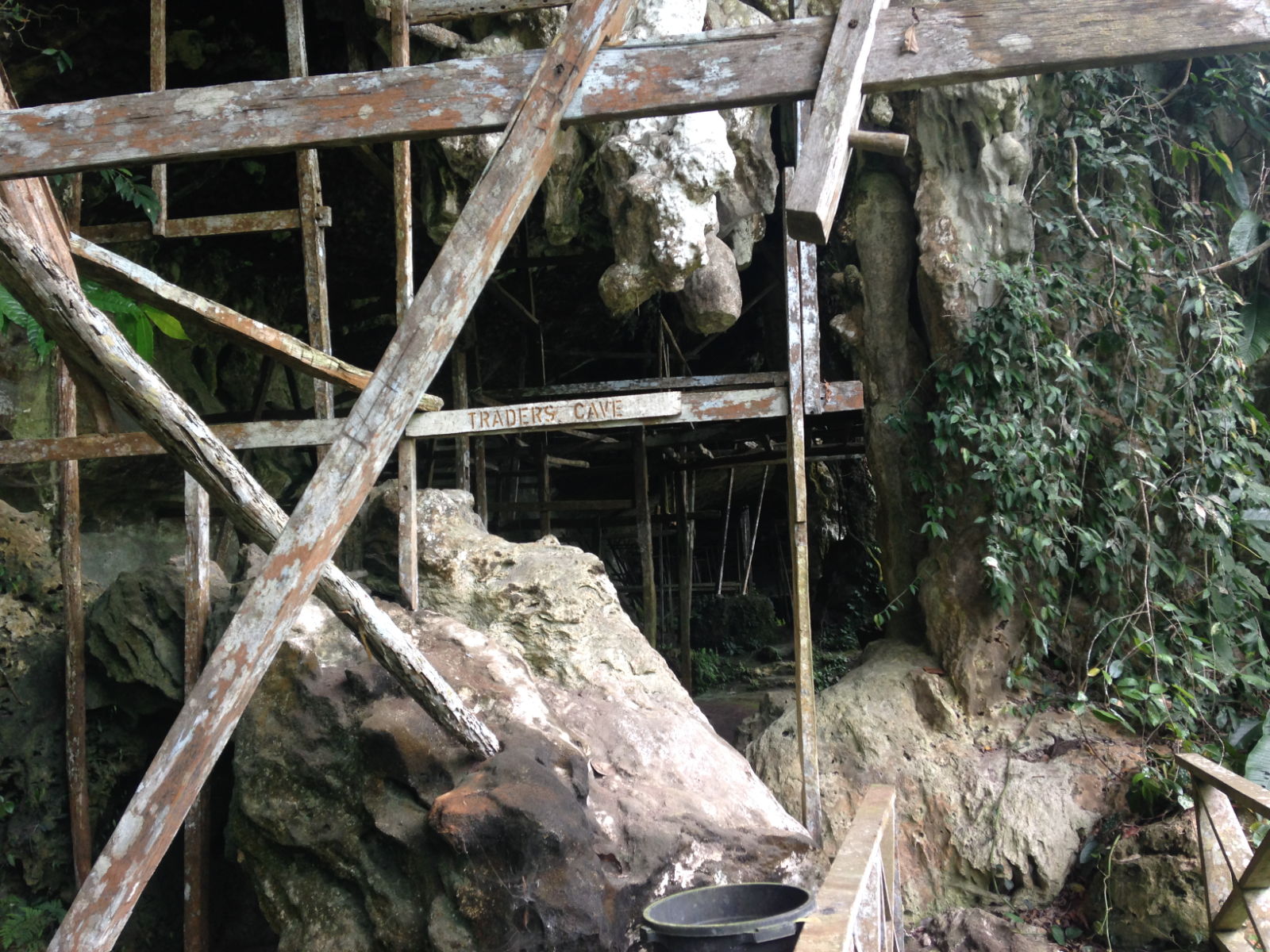
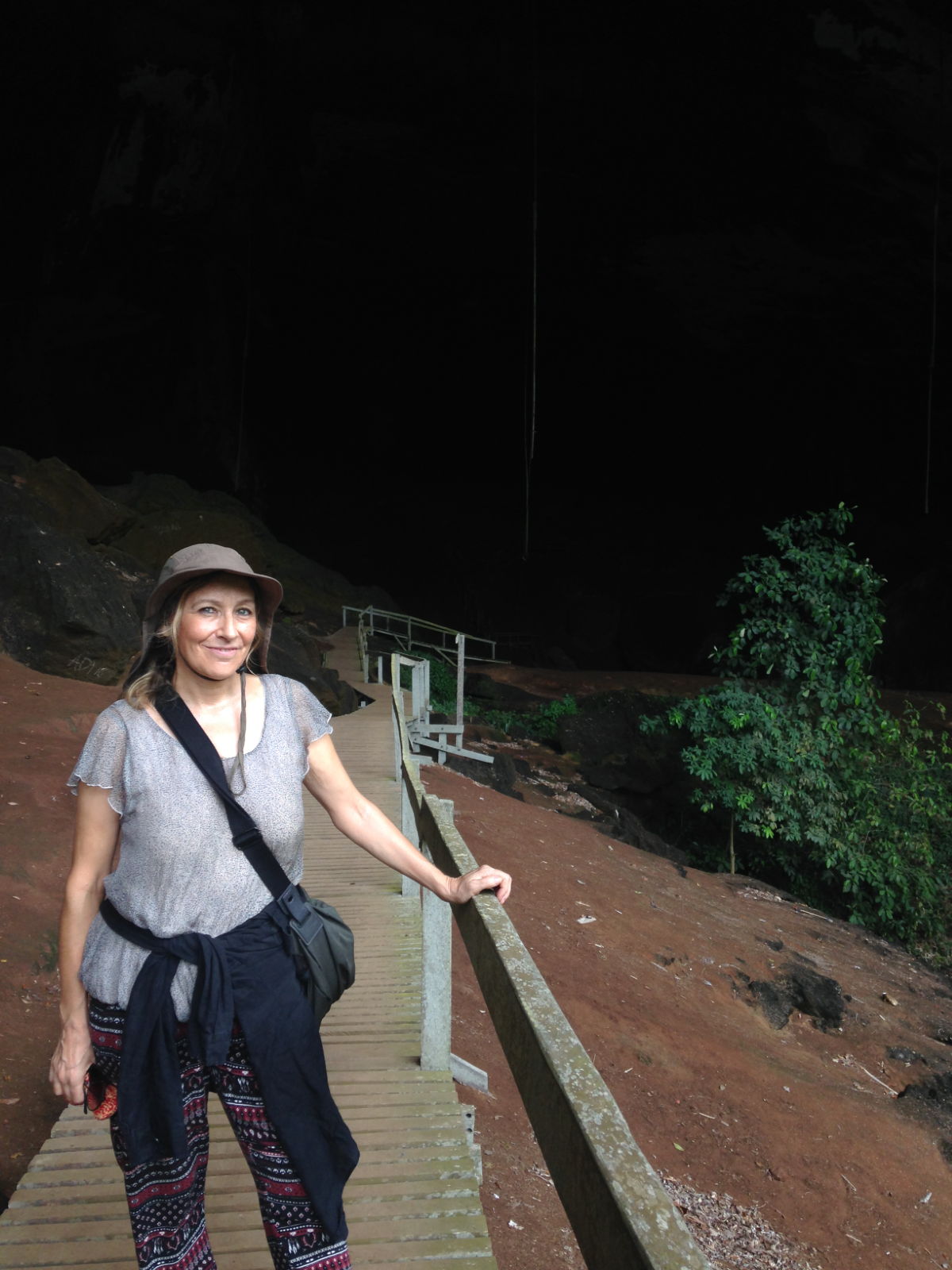

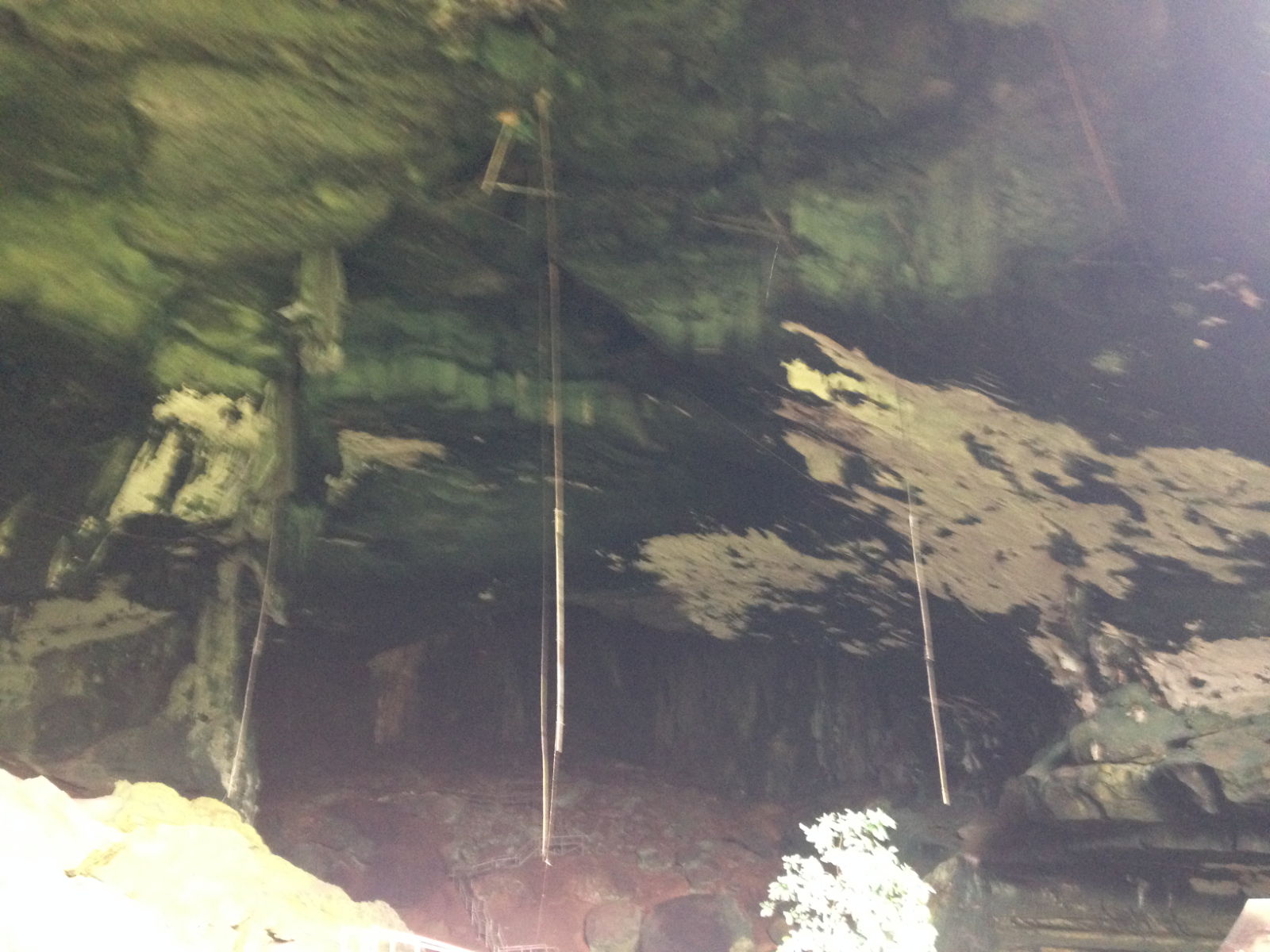
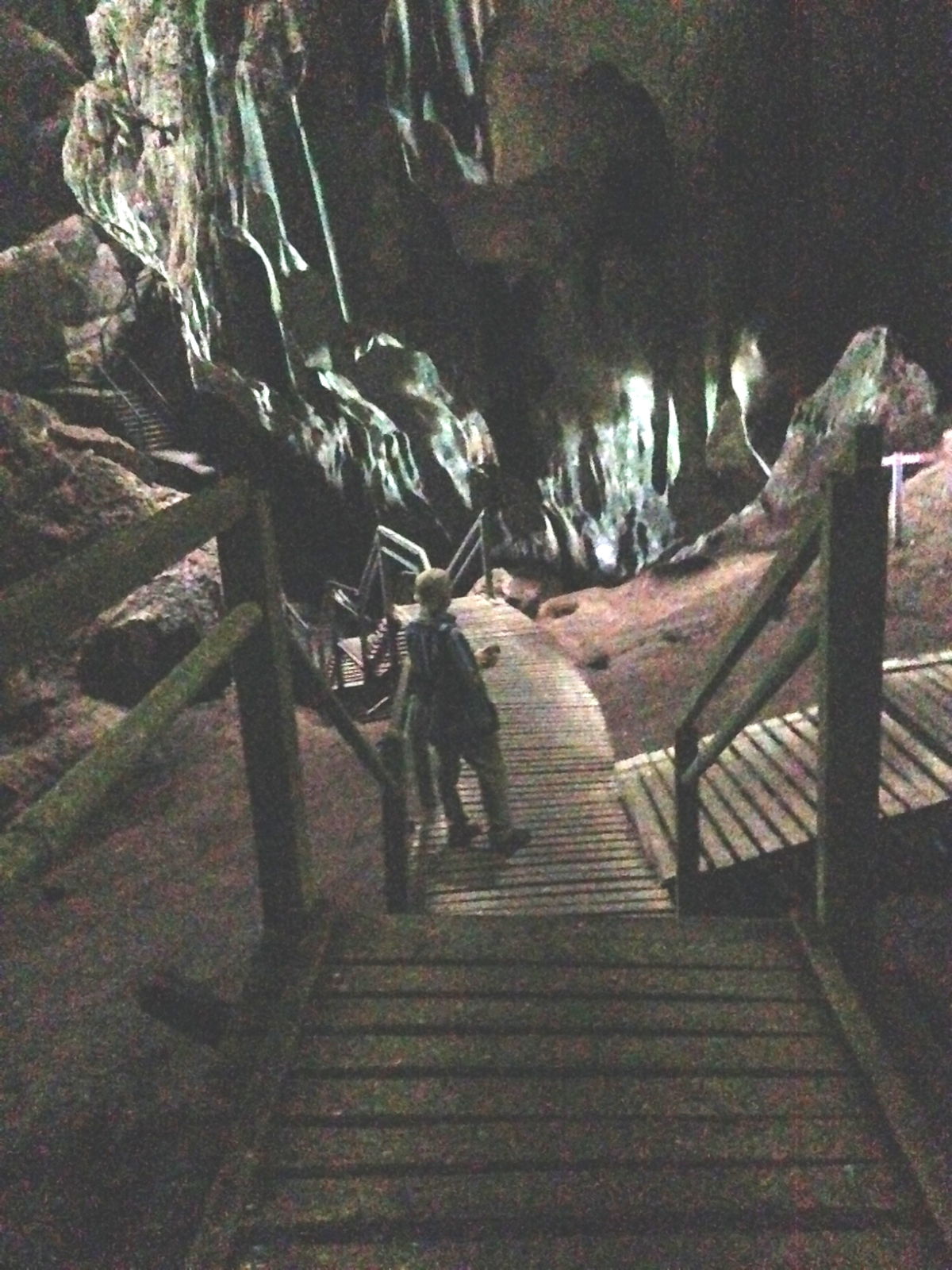
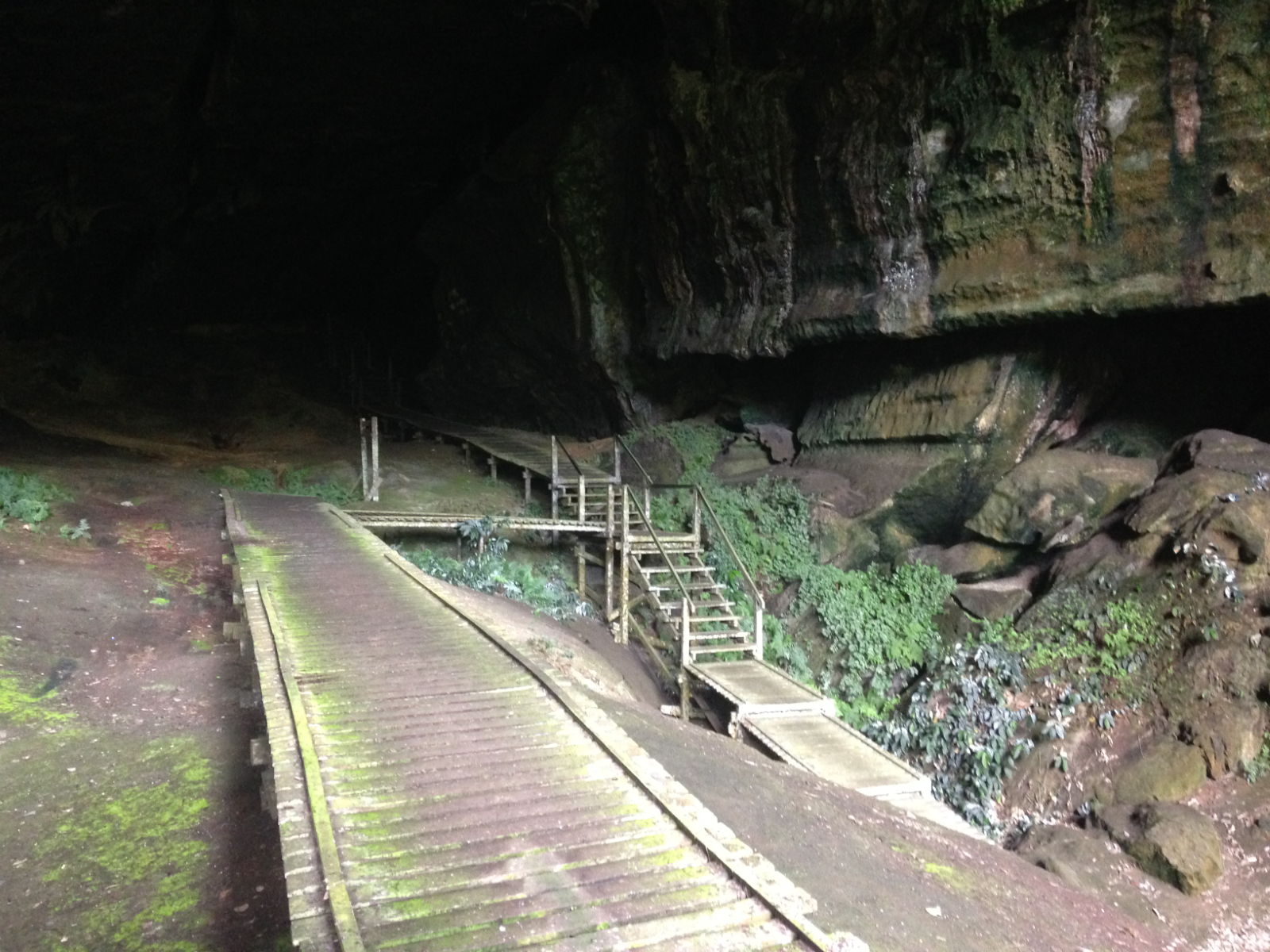

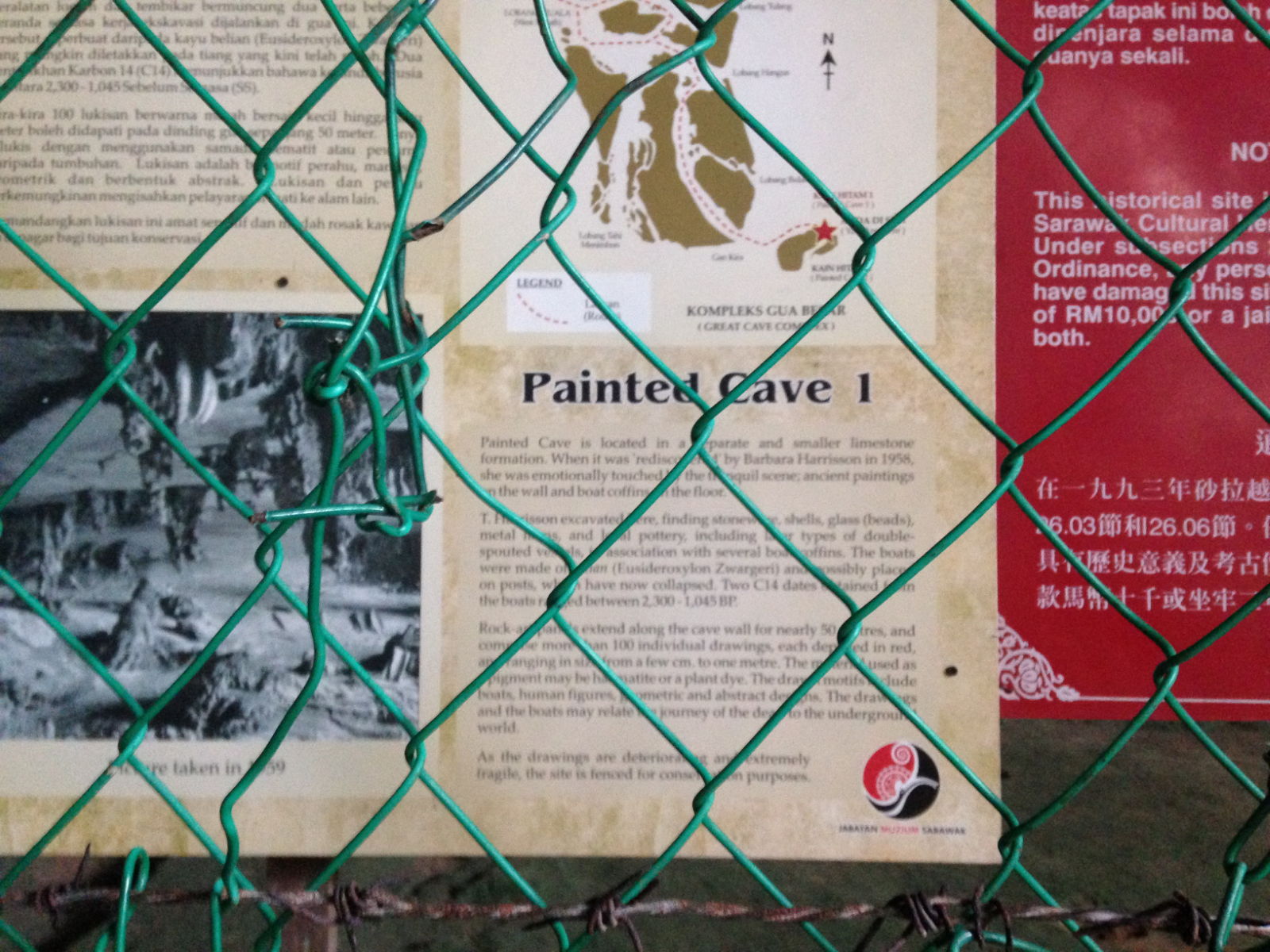


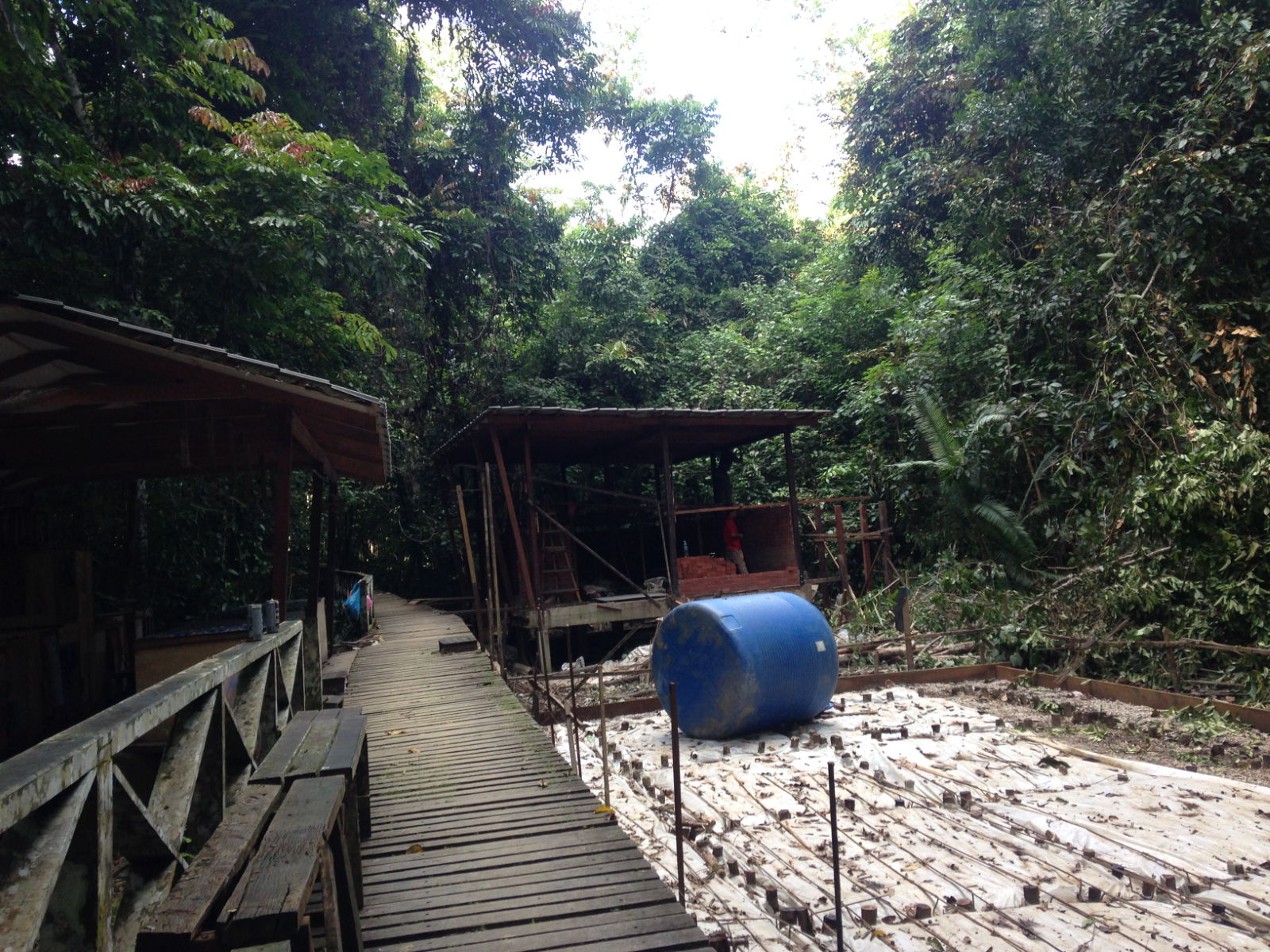

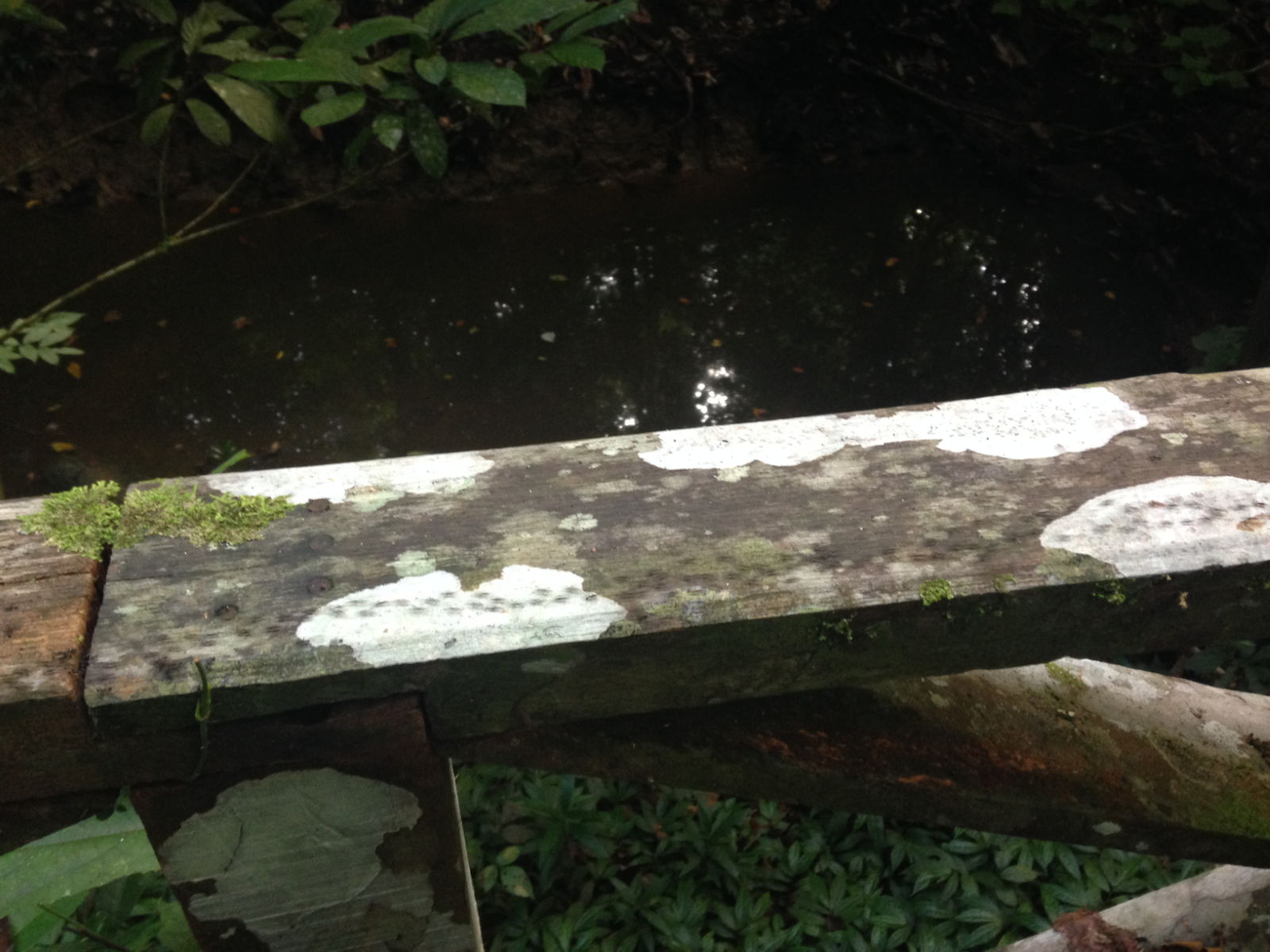
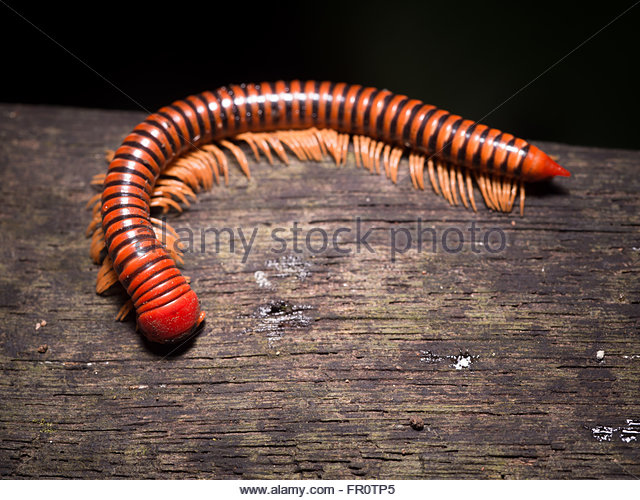

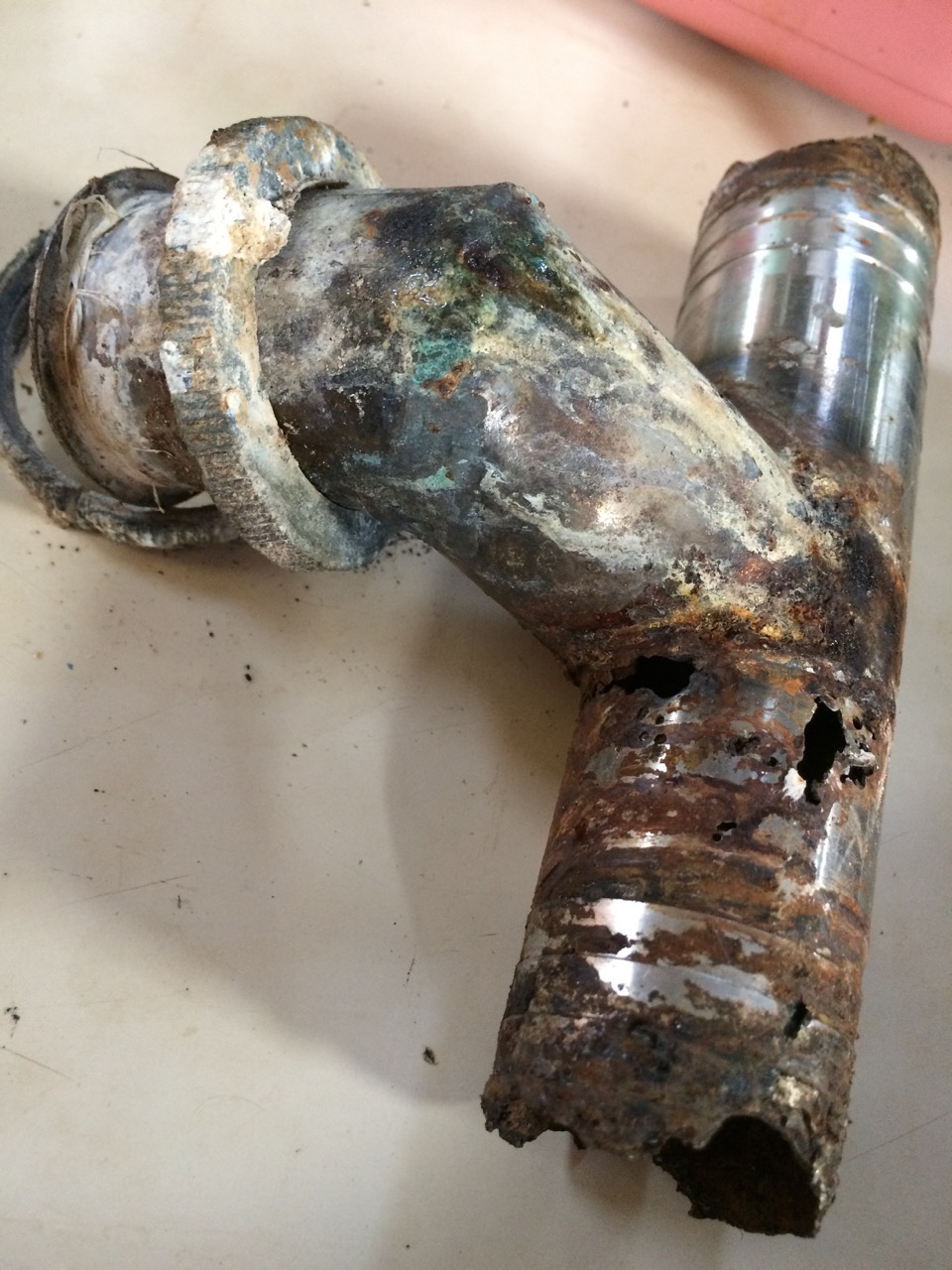
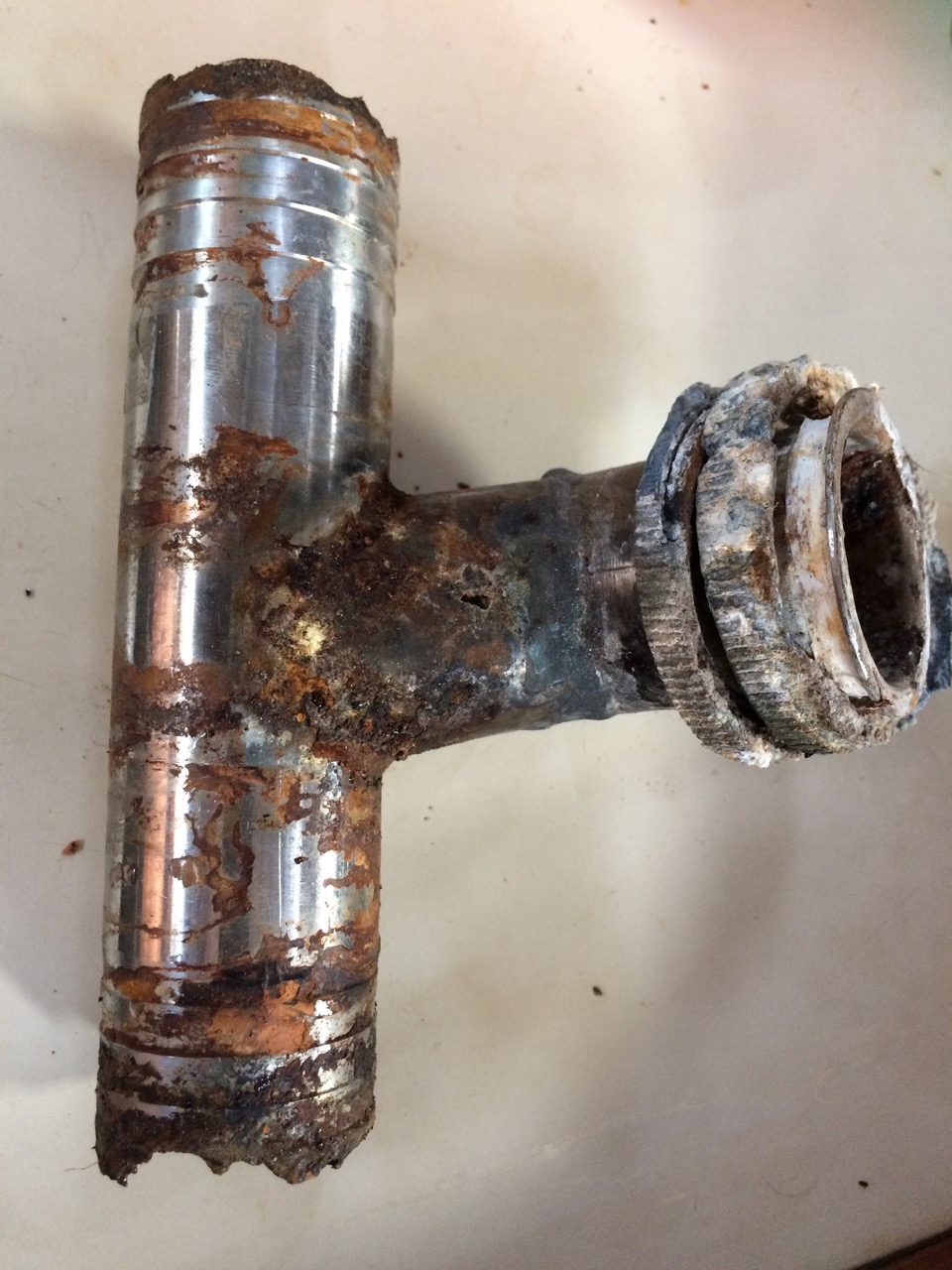 The problem now arose that I doubt I can get anyone to make me this fitting as it needs the special ring that connects to the drain, so I’m faced with replumbing using the local standards. This comprises of PVC pipe, glued together, of a size that won’t connect to my seacock where it all drains out of the boat. A further complication is that I found the seacock/through hull fitting (Tap) that the drain goes through to exit the boat won’t shut off. This limits me to what I can do and I may have to wait for the next haulout to fix it. In the meantime, I have jury rigged one sink to drain ok, with the other sealed off.
The problem now arose that I doubt I can get anyone to make me this fitting as it needs the special ring that connects to the drain, so I’m faced with replumbing using the local standards. This comprises of PVC pipe, glued together, of a size that won’t connect to my seacock where it all drains out of the boat. A further complication is that I found the seacock/through hull fitting (Tap) that the drain goes through to exit the boat won’t shut off. This limits me to what I can do and I may have to wait for the next haulout to fix it. In the meantime, I have jury rigged one sink to drain ok, with the other sealed off.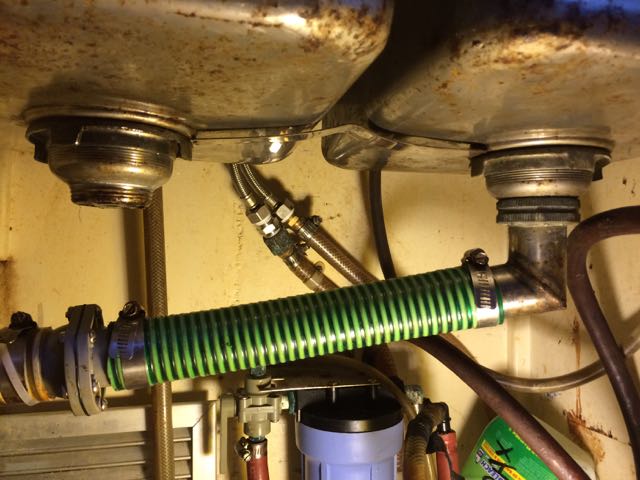
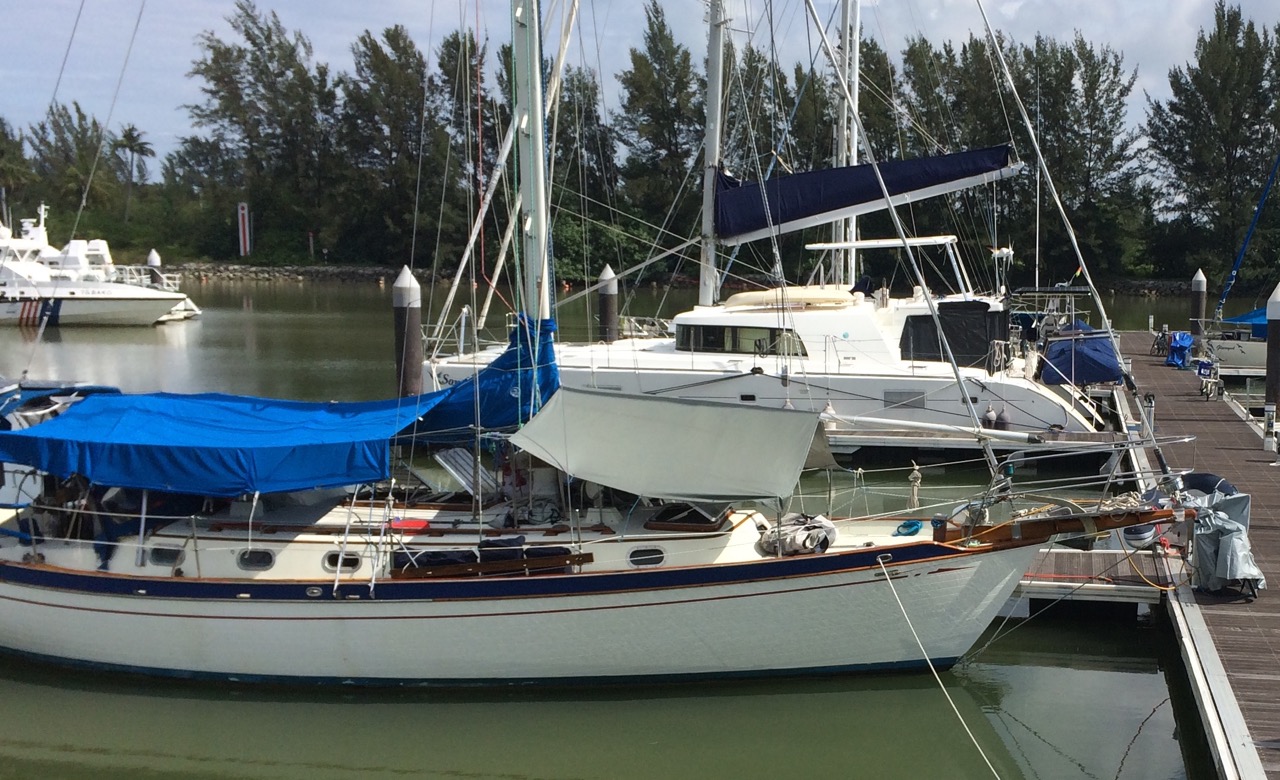


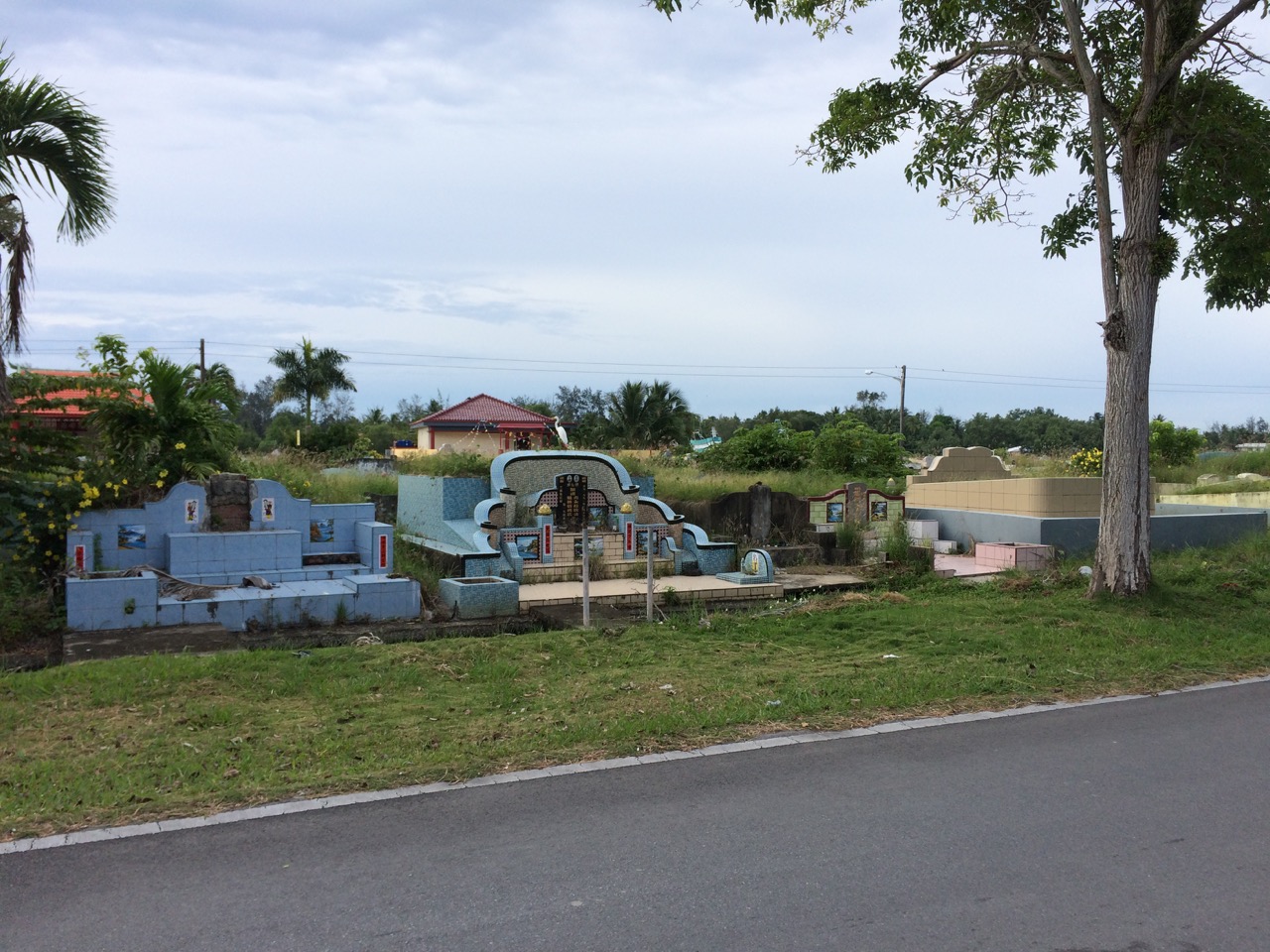
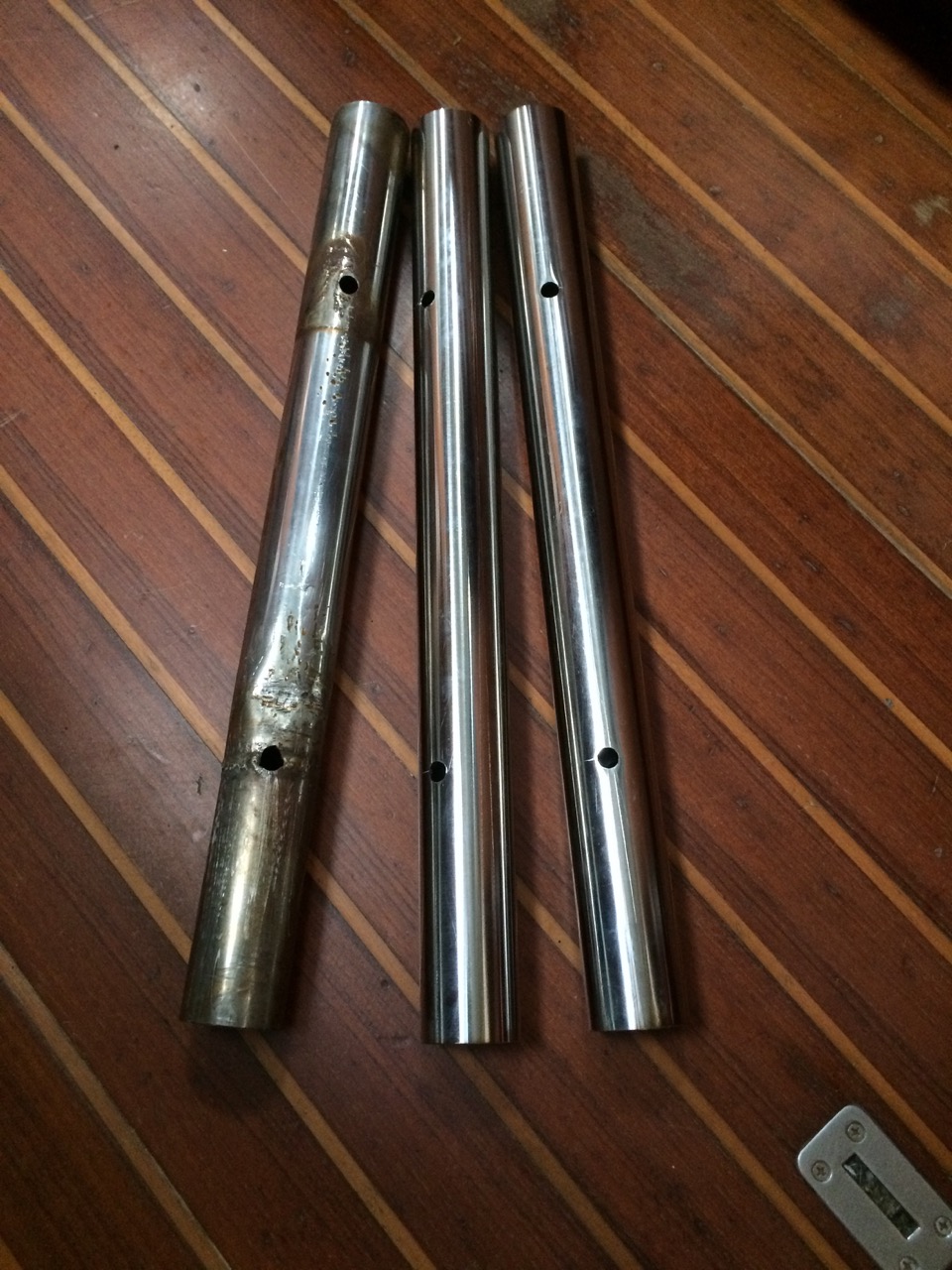
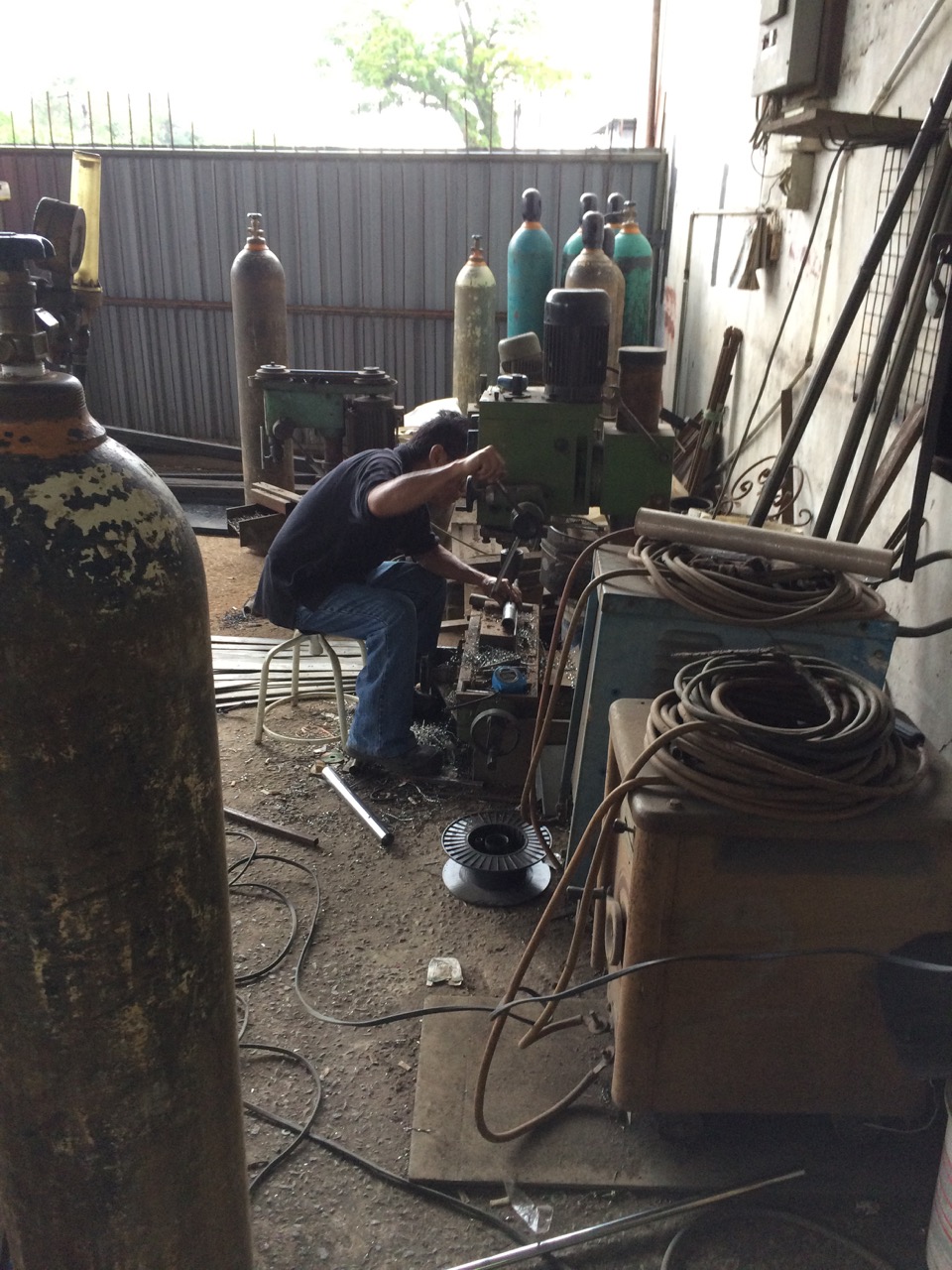
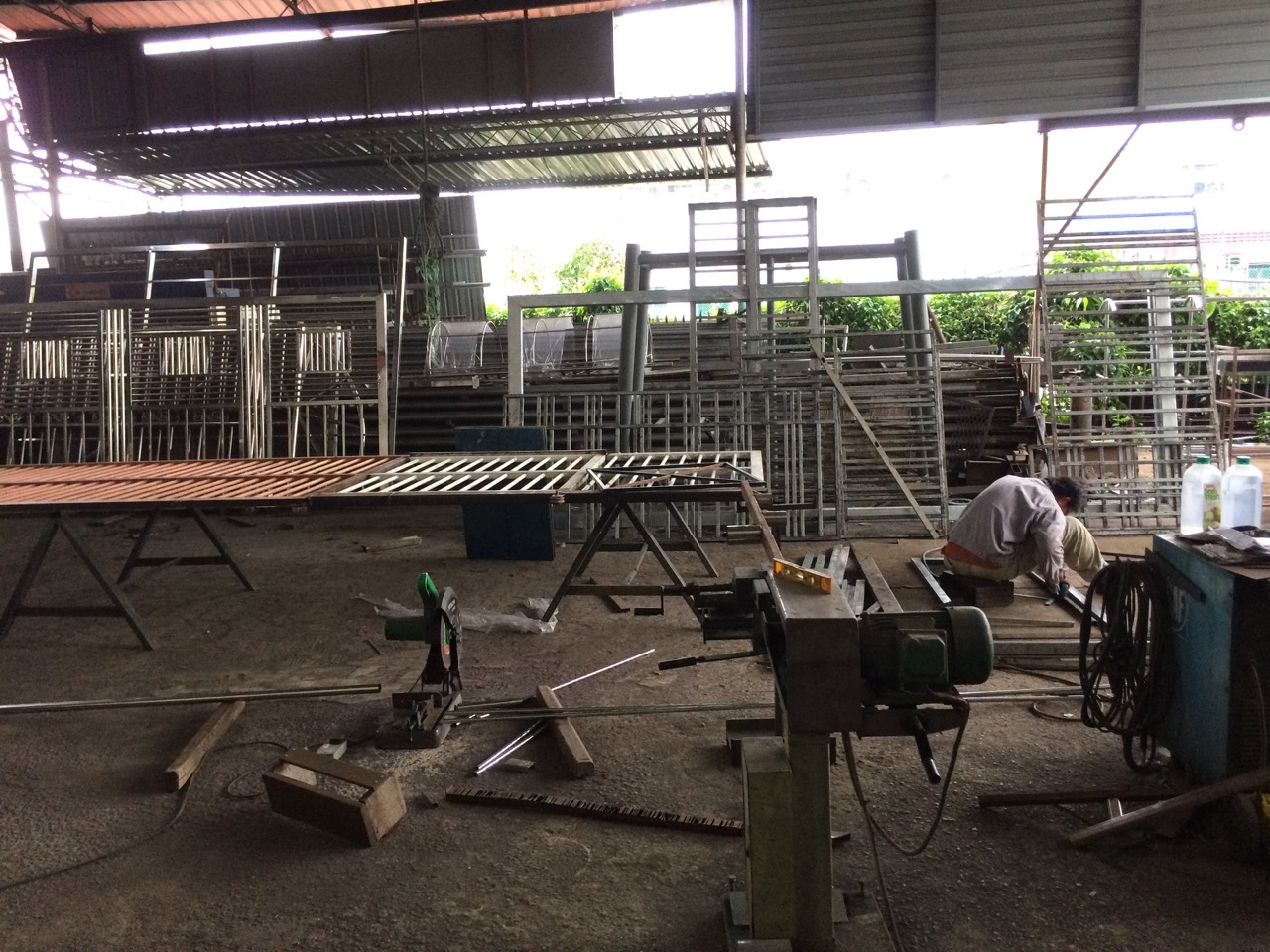



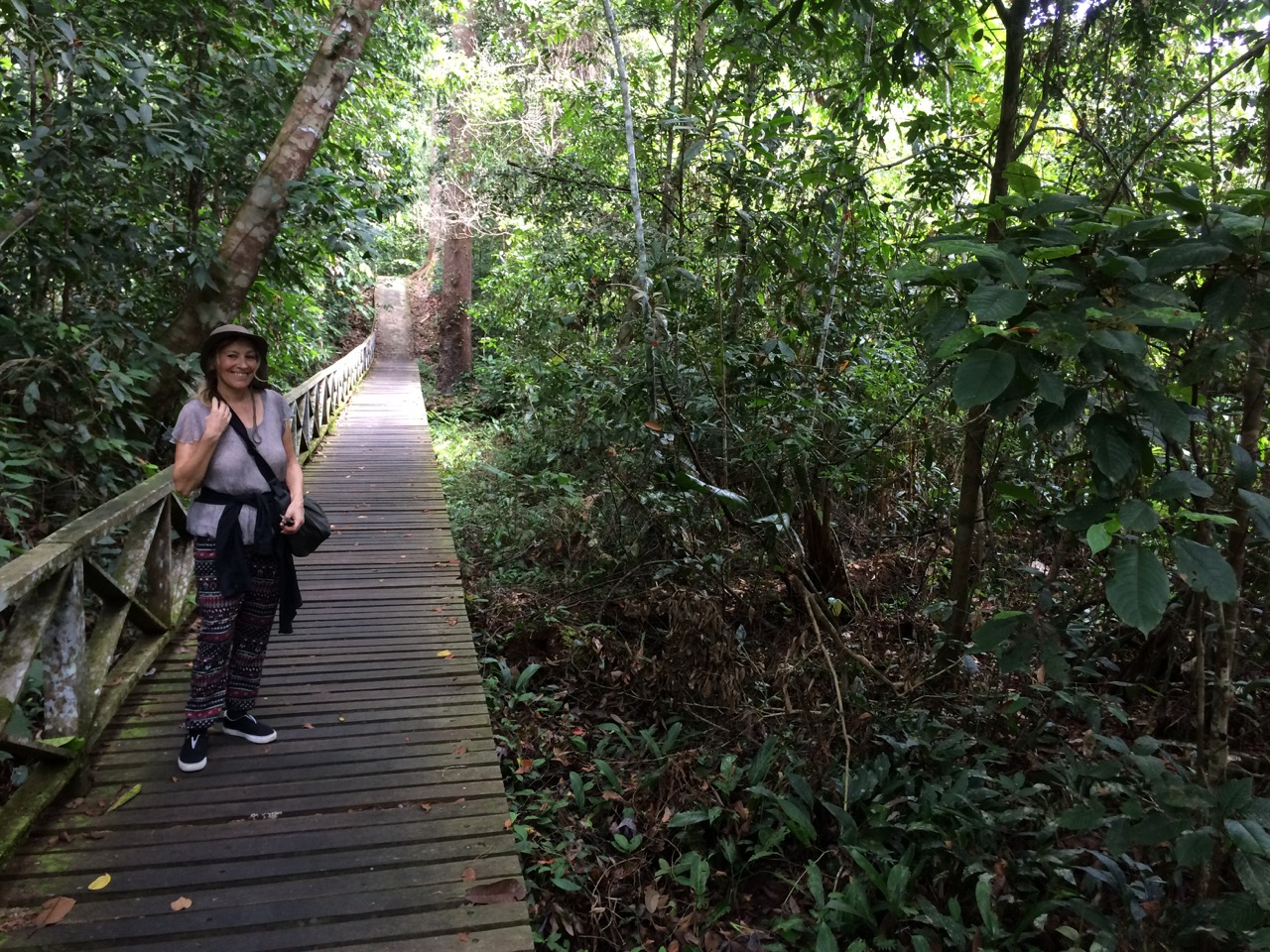 Occasionally there are tourist information signs, but these are often in need of attention
Occasionally there are tourist information signs, but these are often in need of attention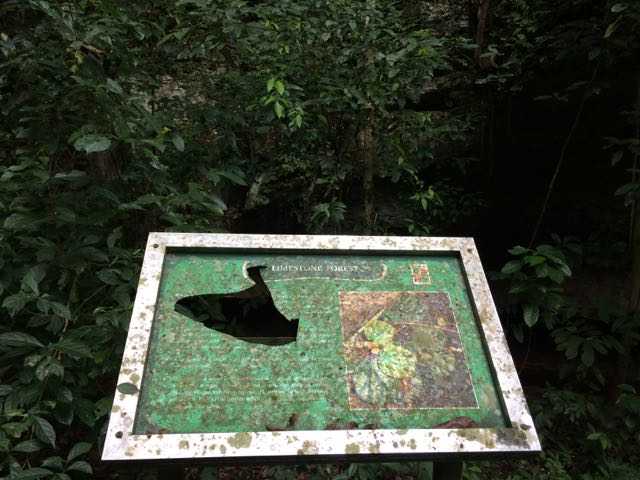

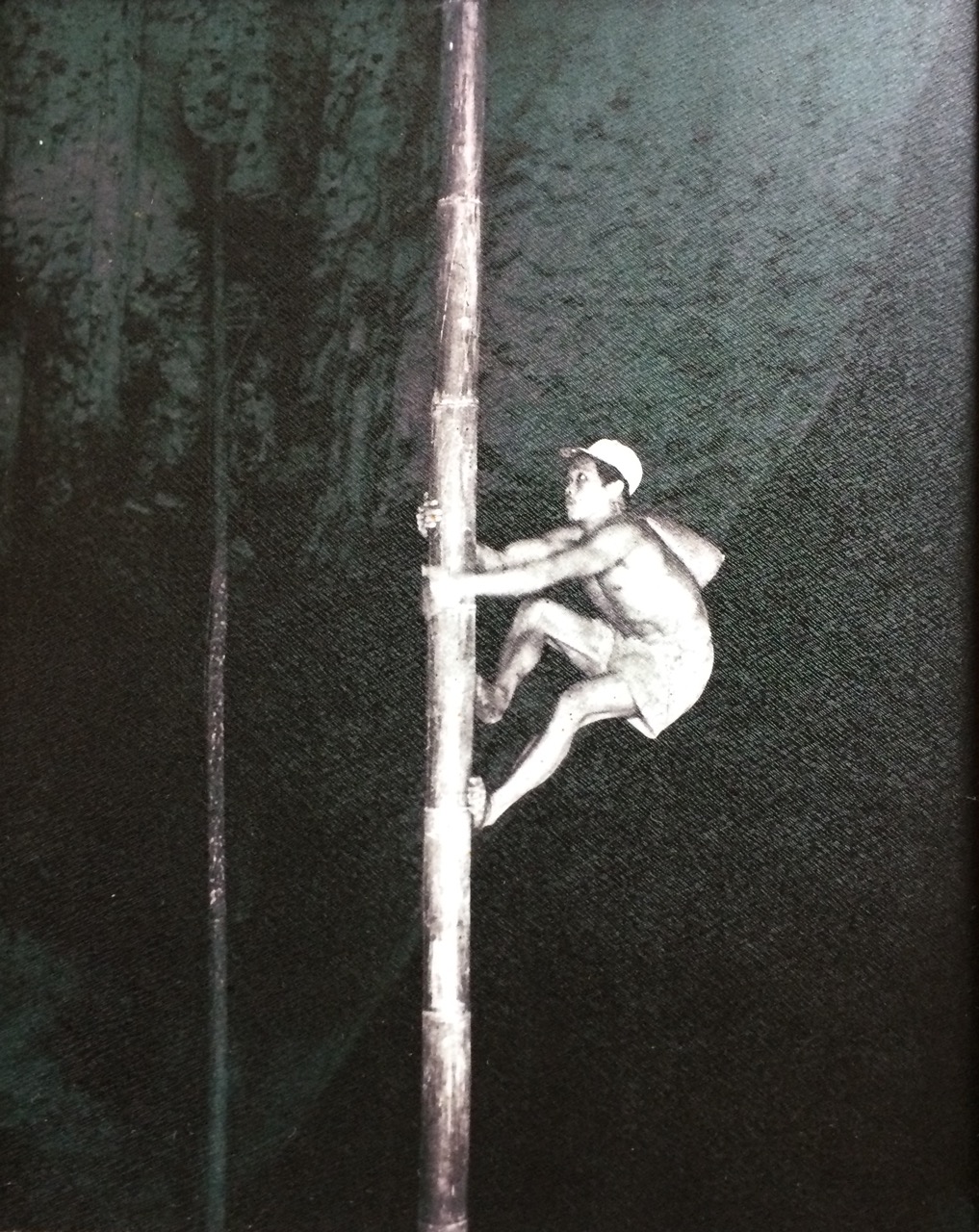 Above is a picture of such activity I copied from the museum. After the big cave entrance, we had to walk for 20 minutes through a pitch black cave, using our torches the show us the way. This cave was full of bats, often just above our heads, and there were scorpions on the ground, but I think the one below is just a cricket.
Above is a picture of such activity I copied from the museum. After the big cave entrance, we had to walk for 20 minutes through a pitch black cave, using our torches the show us the way. This cave was full of bats, often just above our heads, and there were scorpions on the ground, but I think the one below is just a cricket. I enjoyed the cave, but it was quite an arduous walk getting there and back.
I enjoyed the cave, but it was quite an arduous walk getting there and back.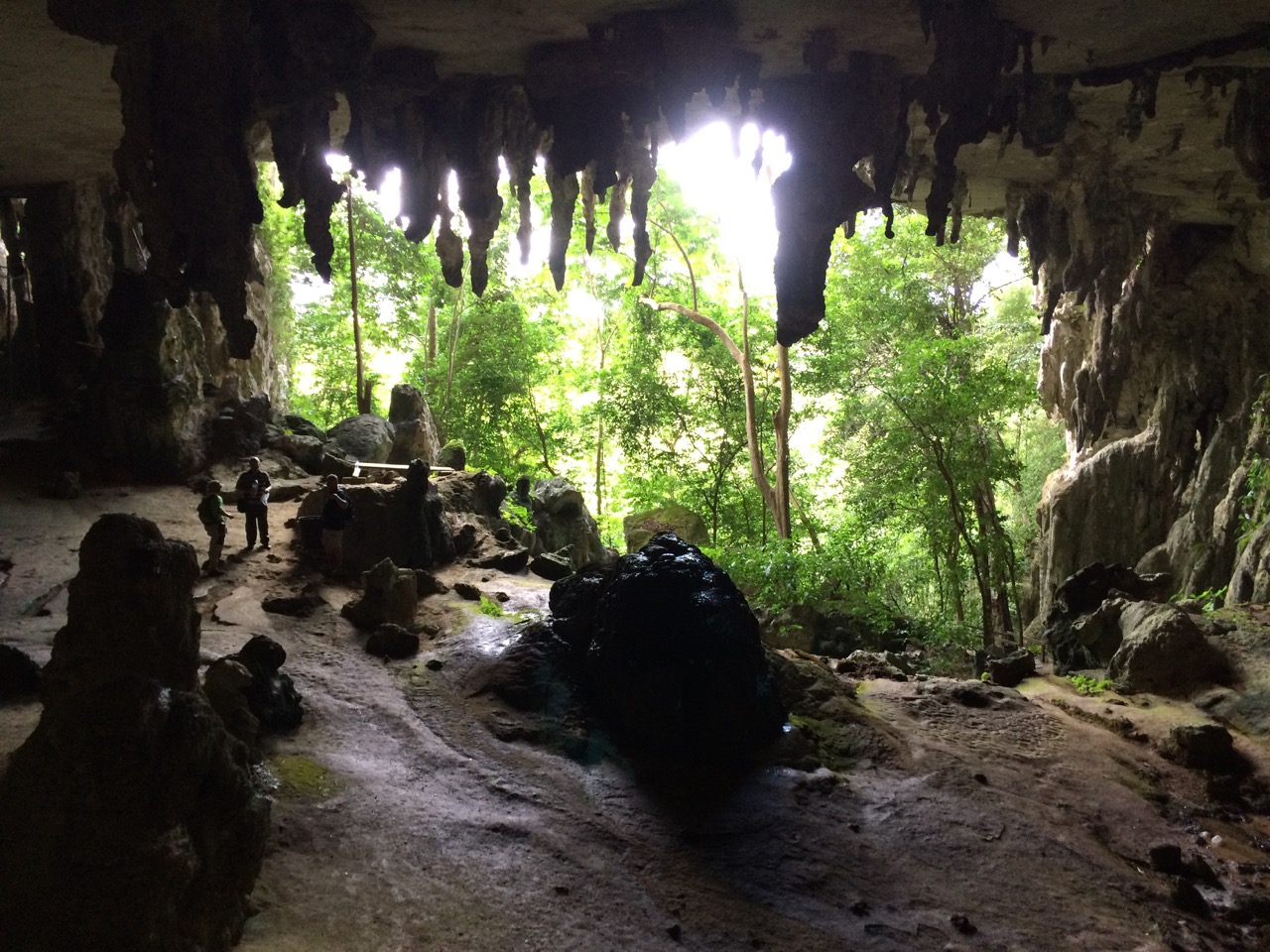
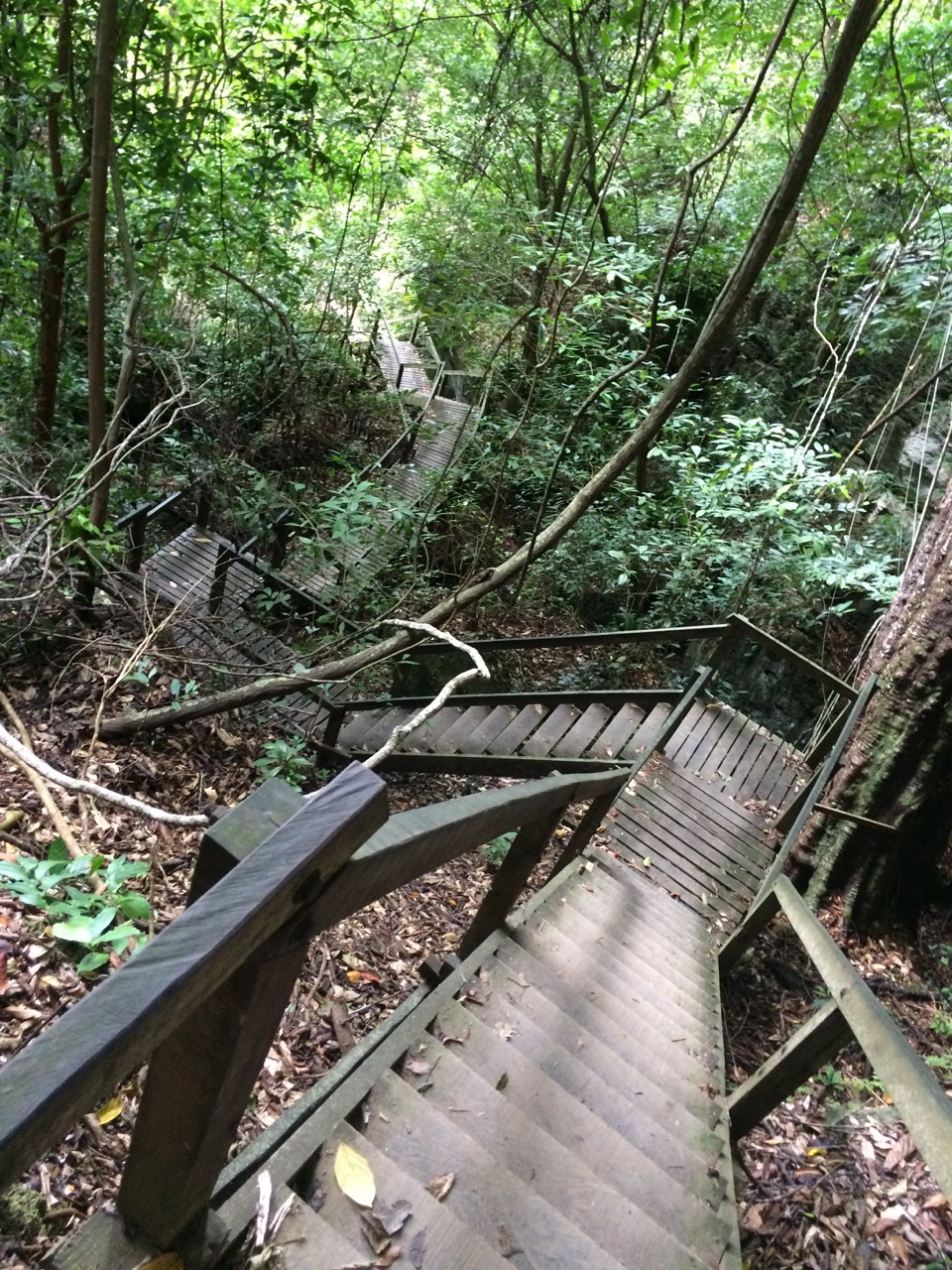


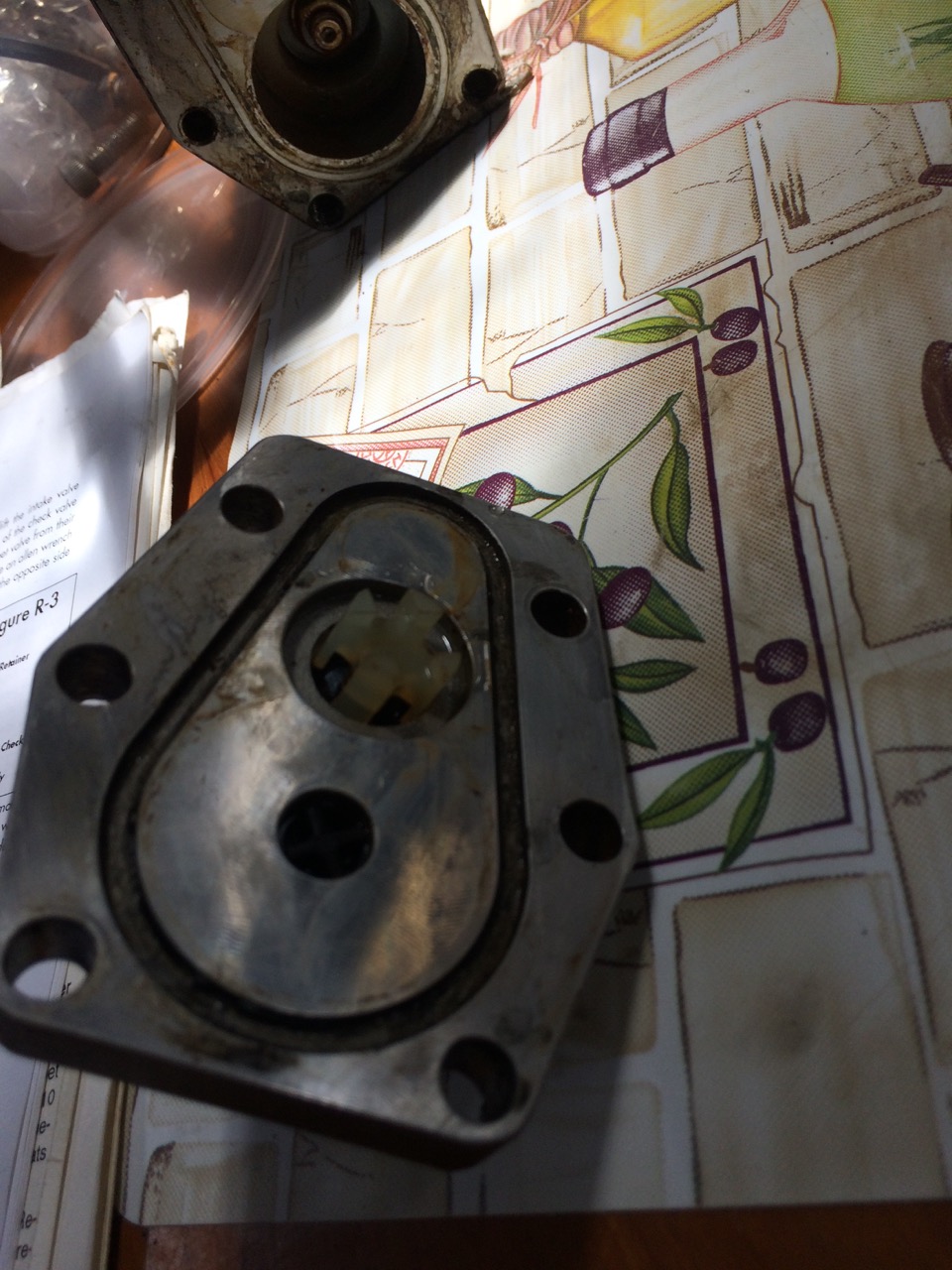
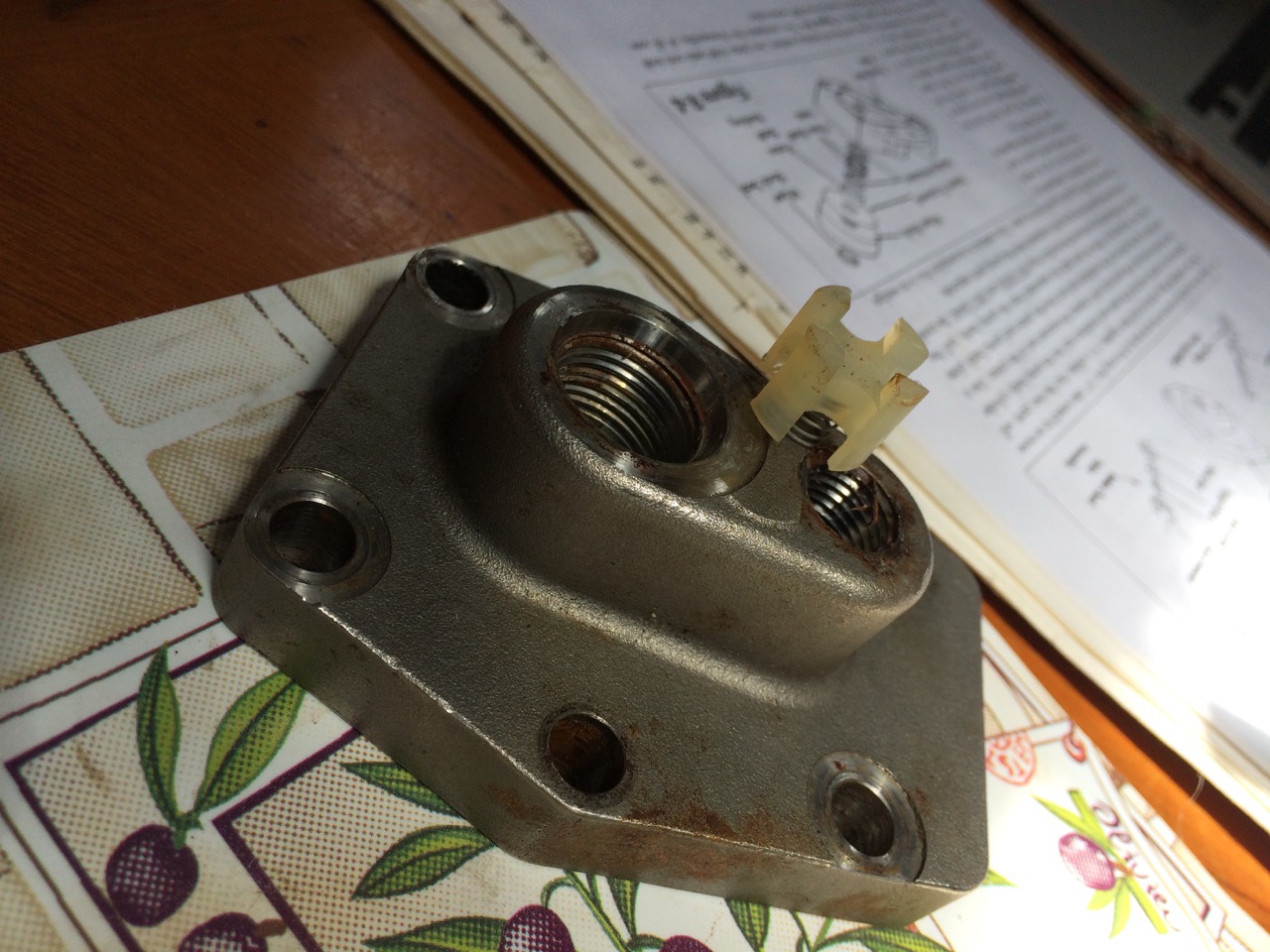
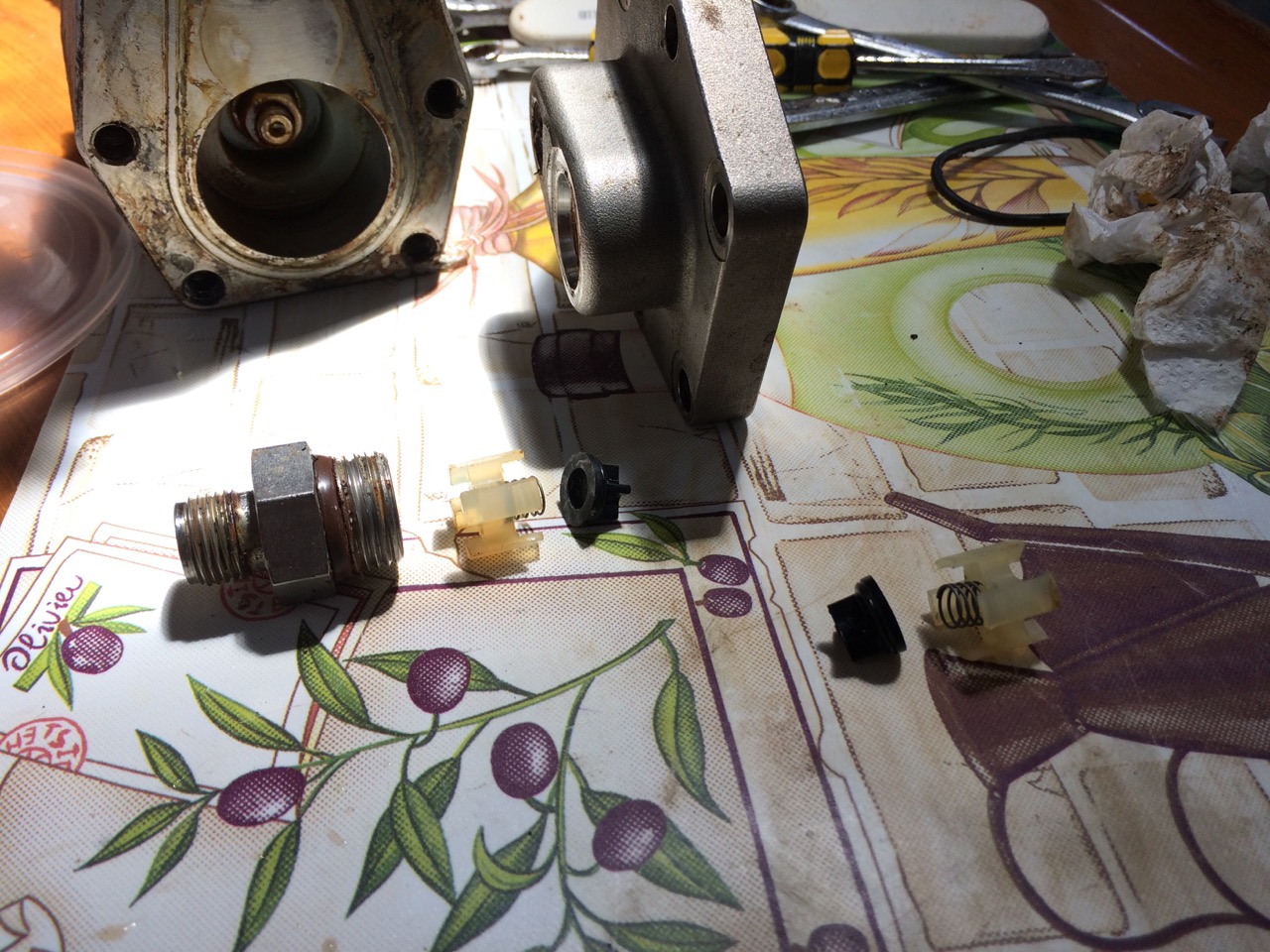
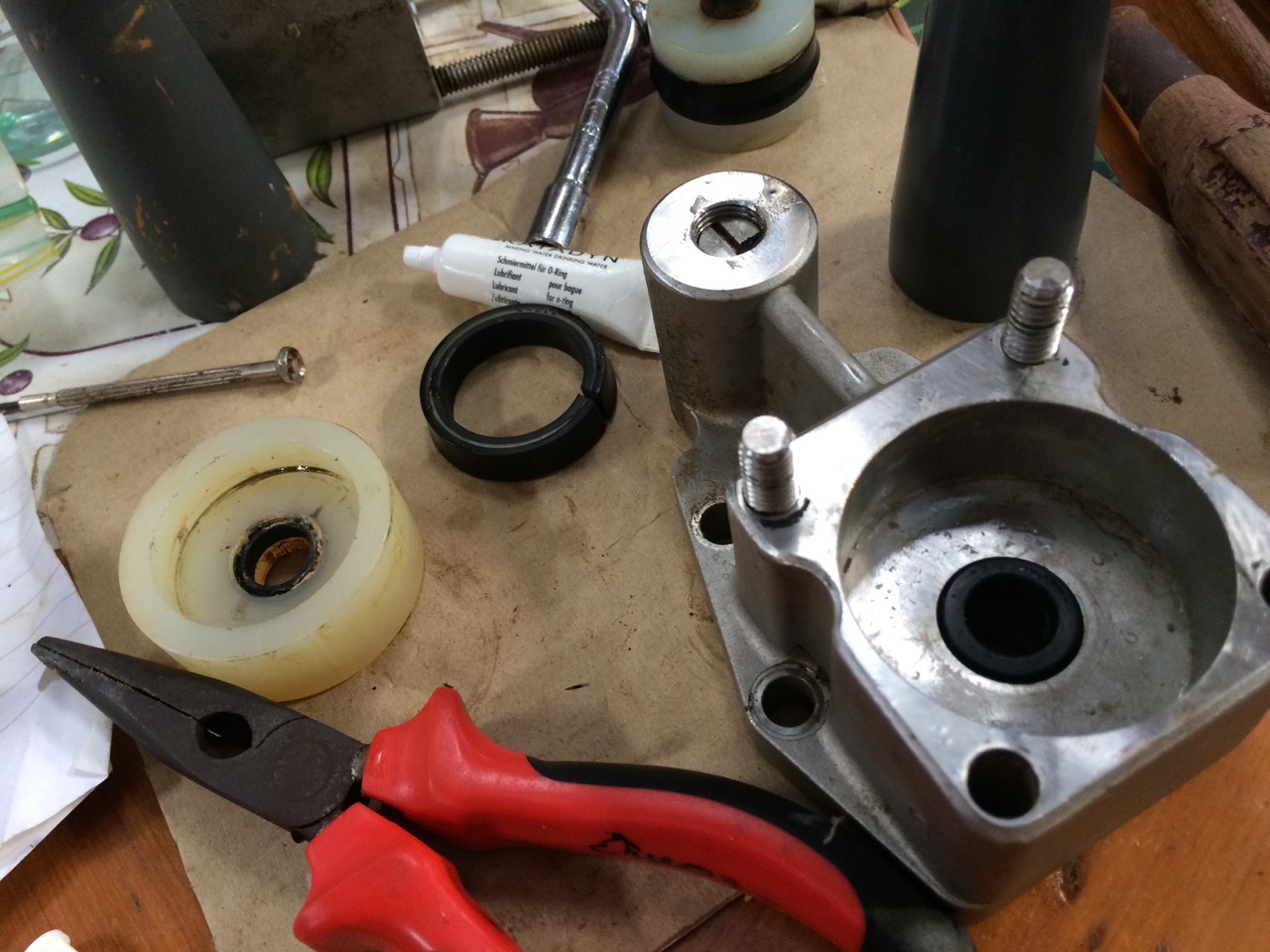 Anyway I rebuilt it and put it back on the motor and connected it to the membrane and a water supply and lo and behold, it worked, but only in the crap way it worked before, i.e. the water evaporated faster than I was making it. However with the knowledge I gained from this adventure, I realised that the piston wasn’t really travelling very far in and out of the pump cylinder. Perhaps the pump was not the problem, but the gearbox driving it. I tried to take this apart, but it wouldn’t let me, but playing with it I realised that it mattered which way the motor ran. In fact if I put the red electricity down the black wire and vica versa, the piston was travelling three times the distance. Now this is a gearbox that takes a rotating shaft as input and generates a pumping action (out/in/out/in…) on a piston rod. It never occurred to me that direction of rotation on the input would matter. However it was clear that it worked much better with the motor polarity reversed. But how could the motor be going backwards, then I remembered I had disassembled it many months ago, when it was seized. Presumably I didnt put it back together properly!. Damm
Anyway I rebuilt it and put it back on the motor and connected it to the membrane and a water supply and lo and behold, it worked, but only in the crap way it worked before, i.e. the water evaporated faster than I was making it. However with the knowledge I gained from this adventure, I realised that the piston wasn’t really travelling very far in and out of the pump cylinder. Perhaps the pump was not the problem, but the gearbox driving it. I tried to take this apart, but it wouldn’t let me, but playing with it I realised that it mattered which way the motor ran. In fact if I put the red electricity down the black wire and vica versa, the piston was travelling three times the distance. Now this is a gearbox that takes a rotating shaft as input and generates a pumping action (out/in/out/in…) on a piston rod. It never occurred to me that direction of rotation on the input would matter. However it was clear that it worked much better with the motor polarity reversed. But how could the motor be going backwards, then I remembered I had disassembled it many months ago, when it was seized. Presumably I didnt put it back together properly!. Damm
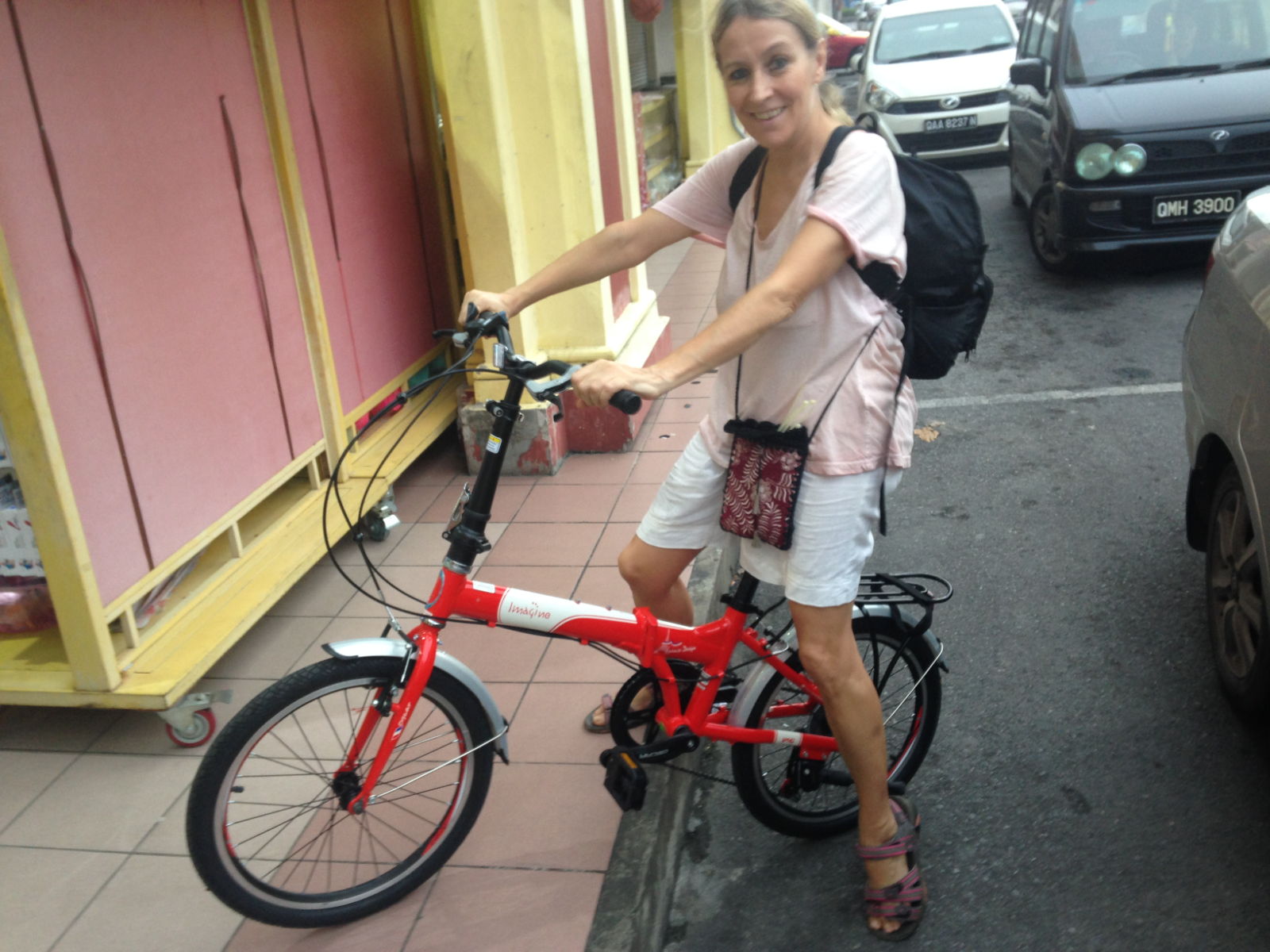
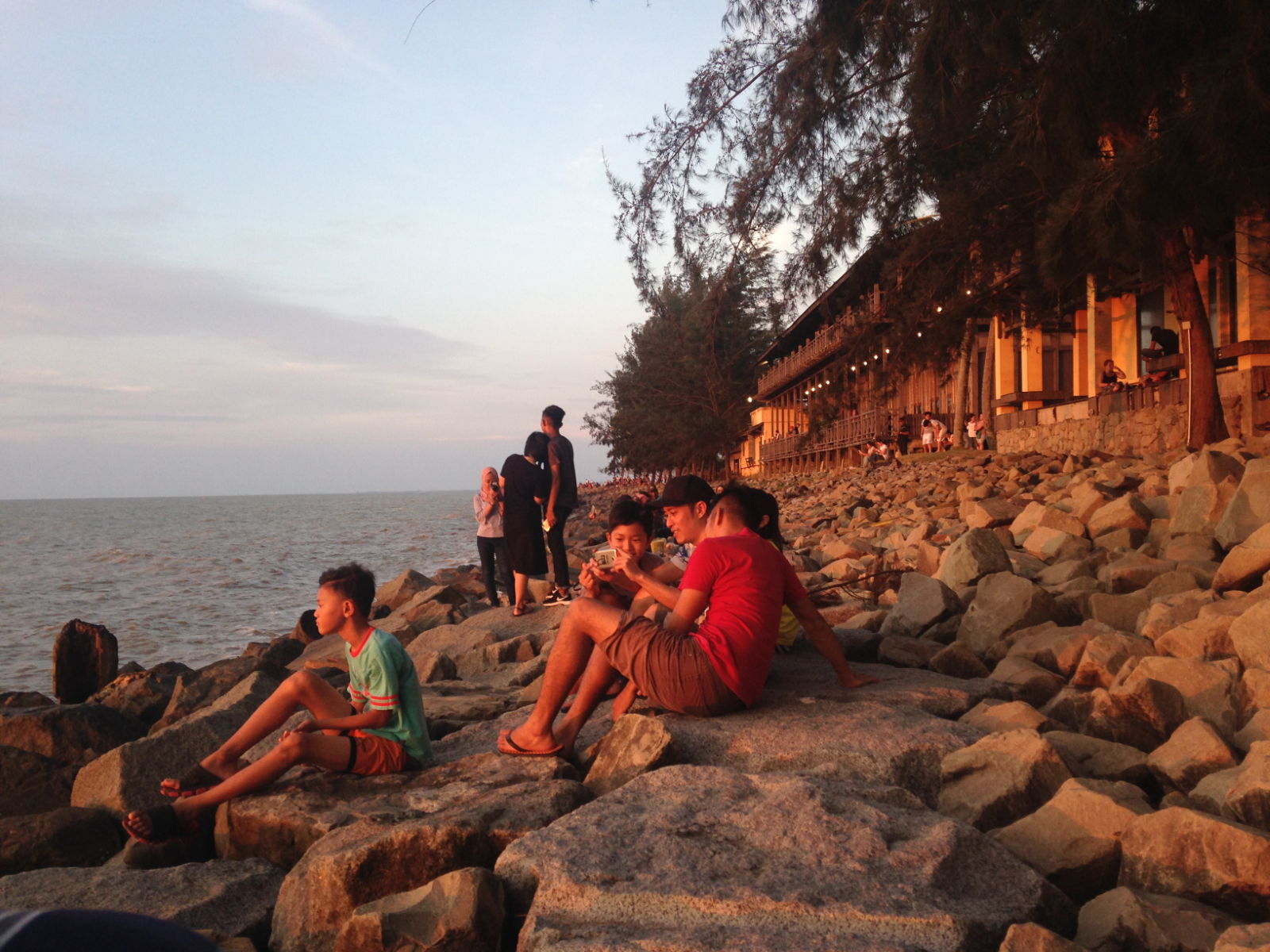
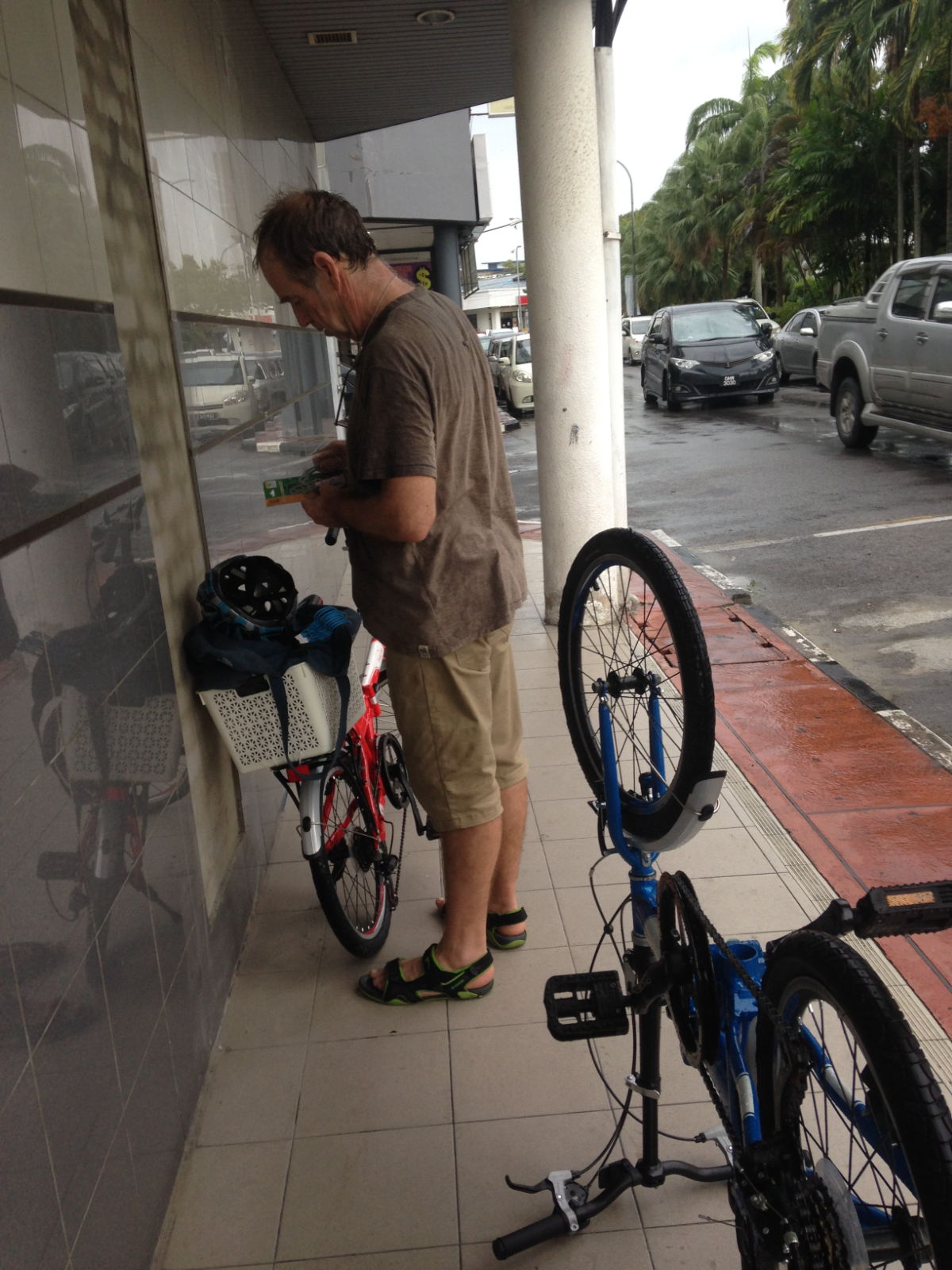


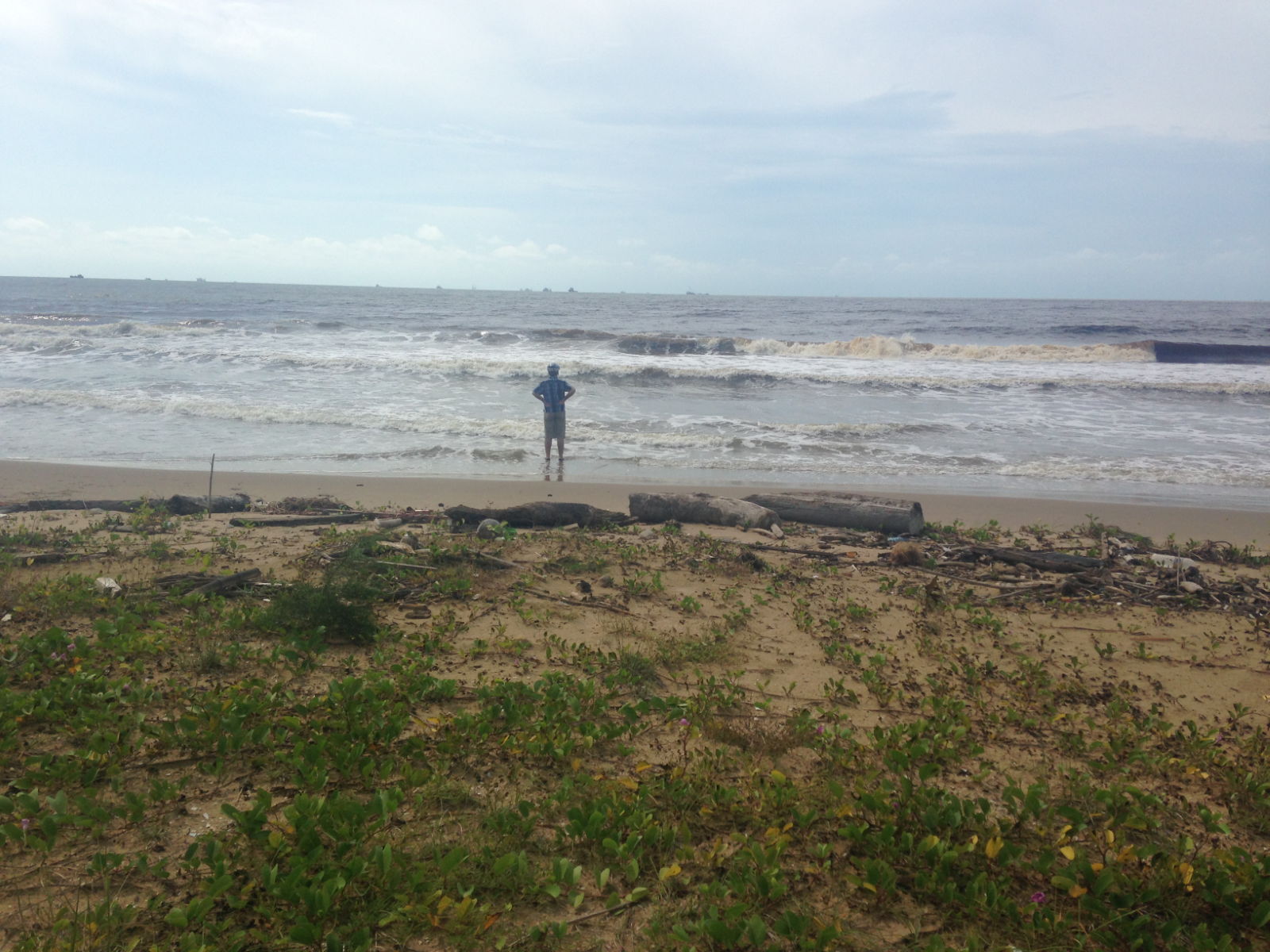

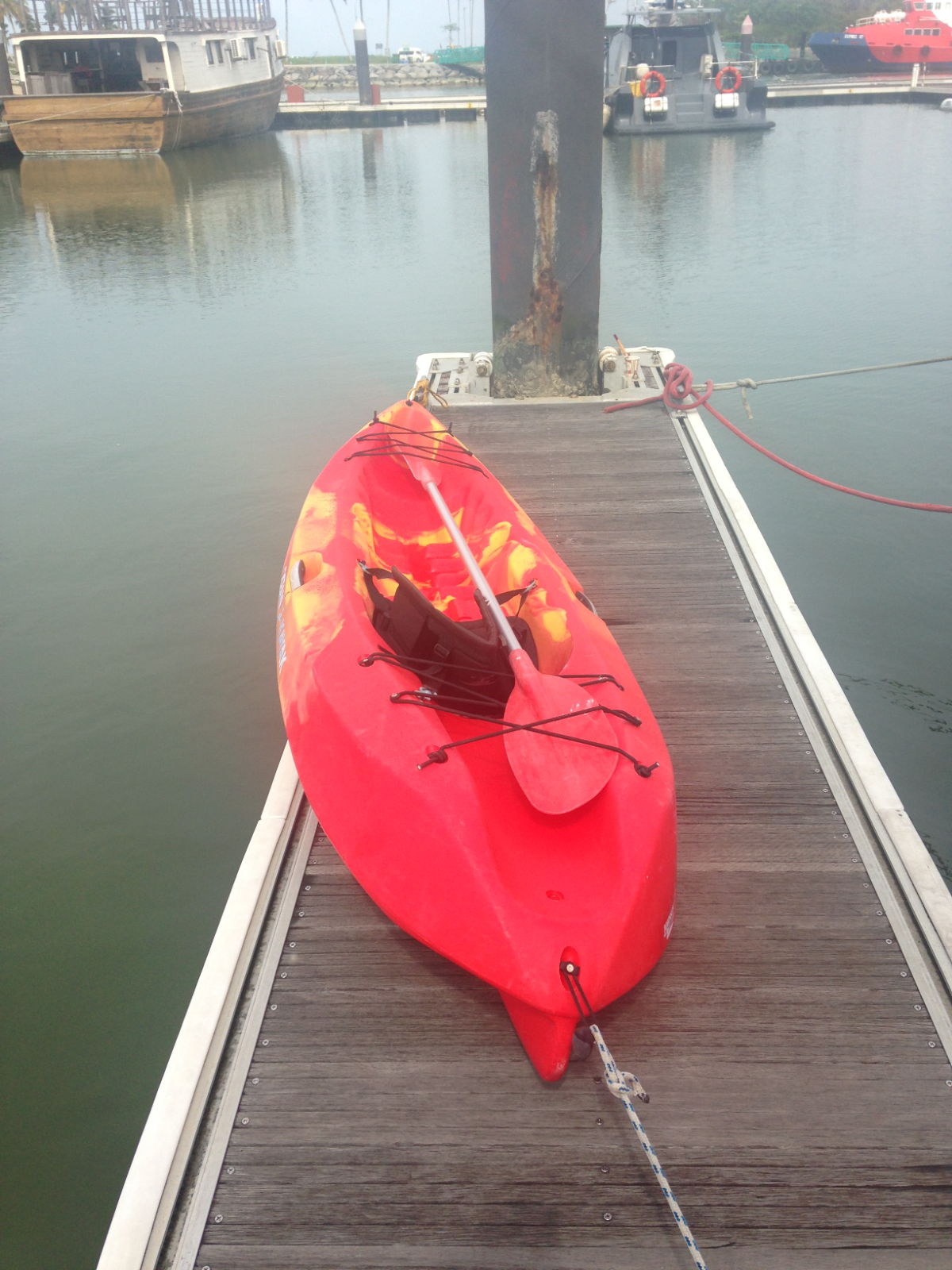
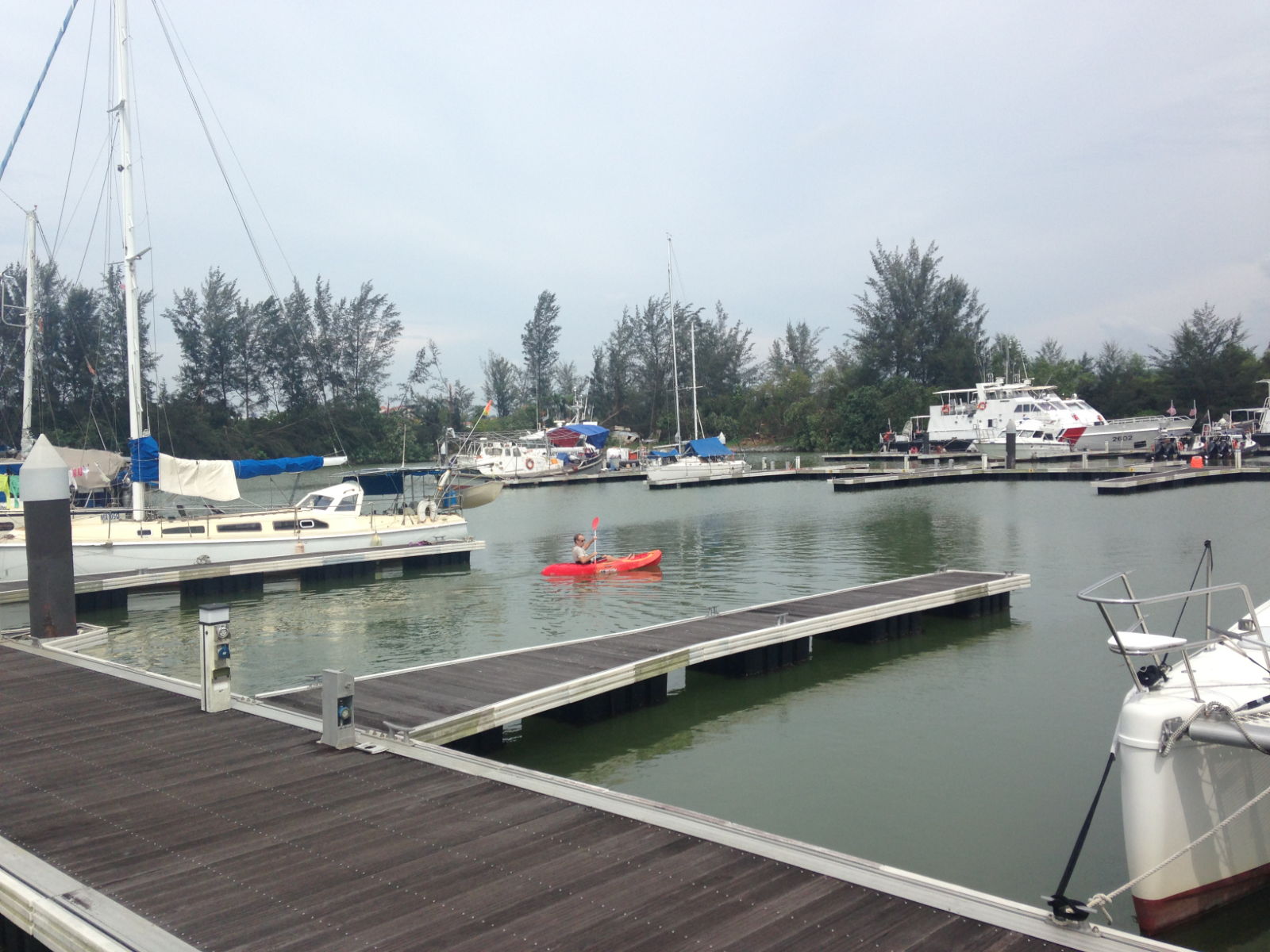


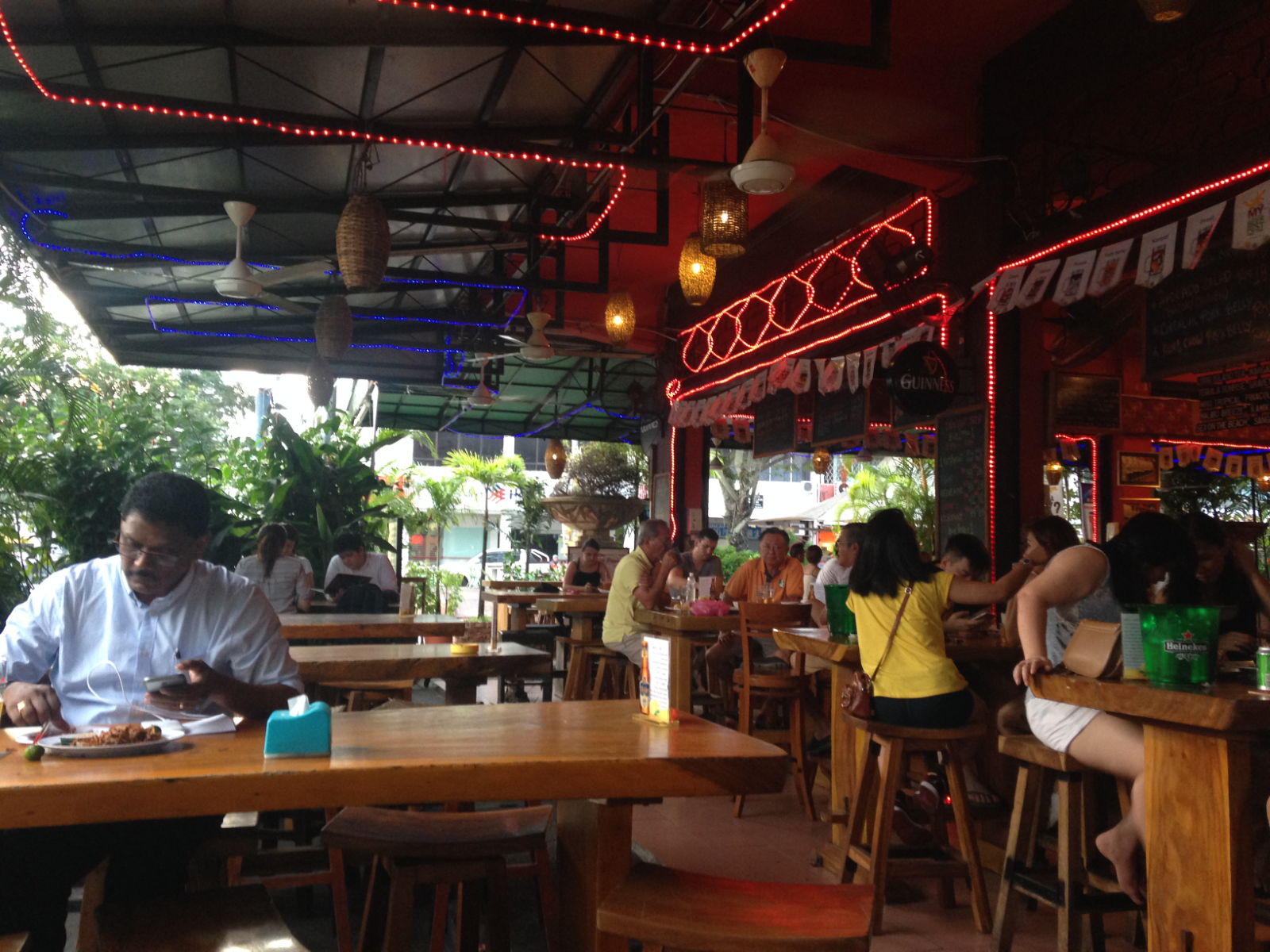


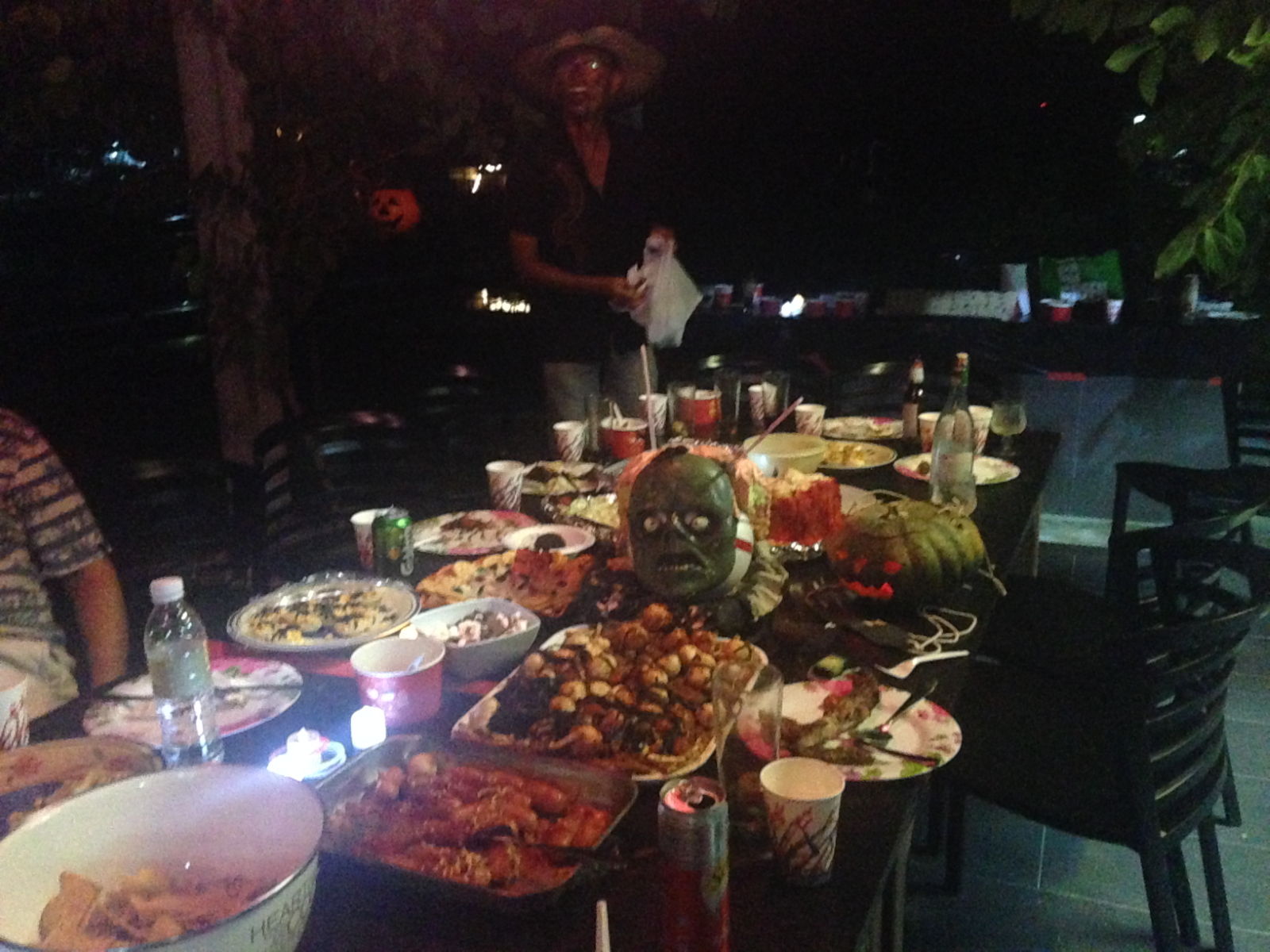


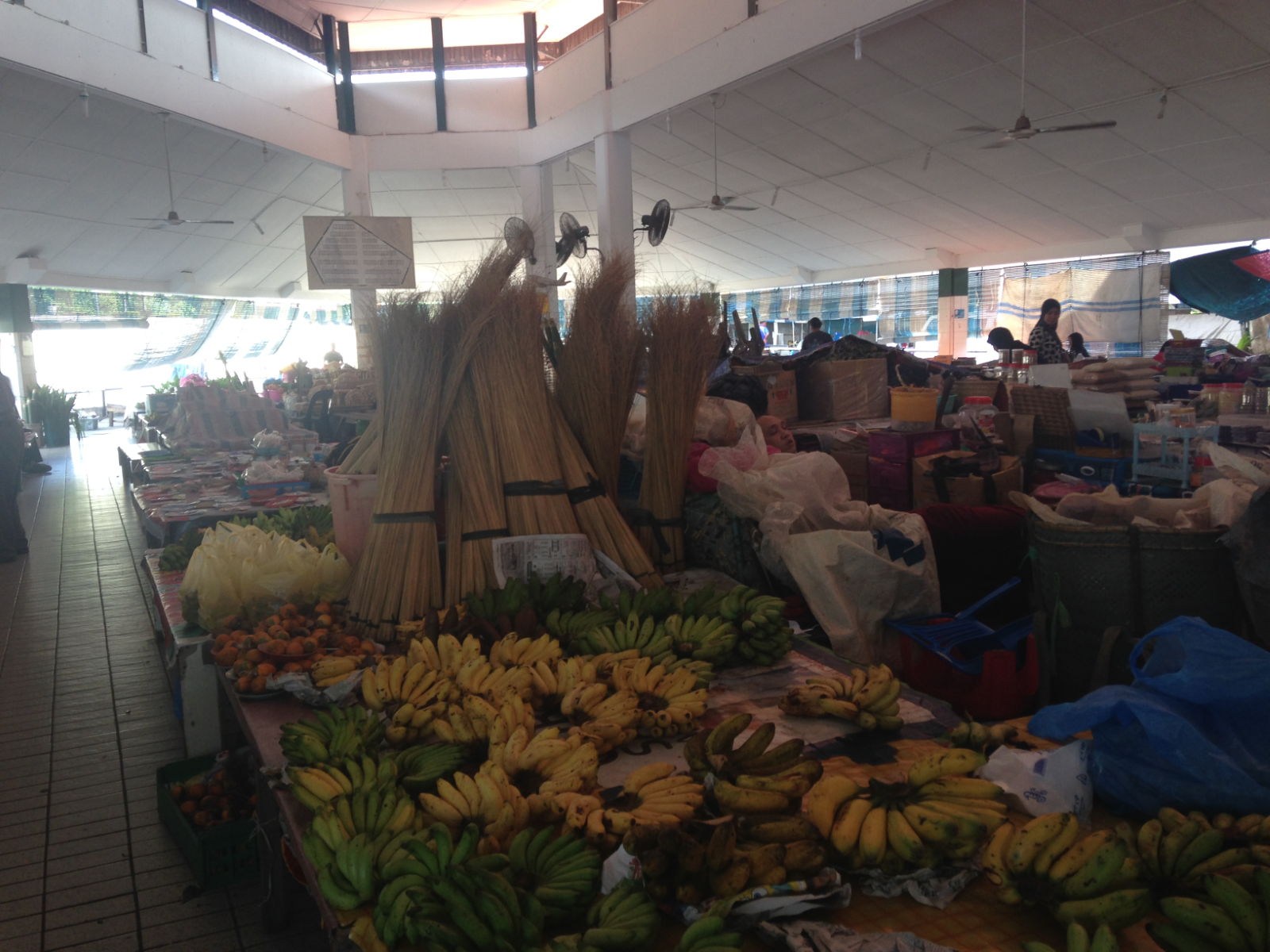
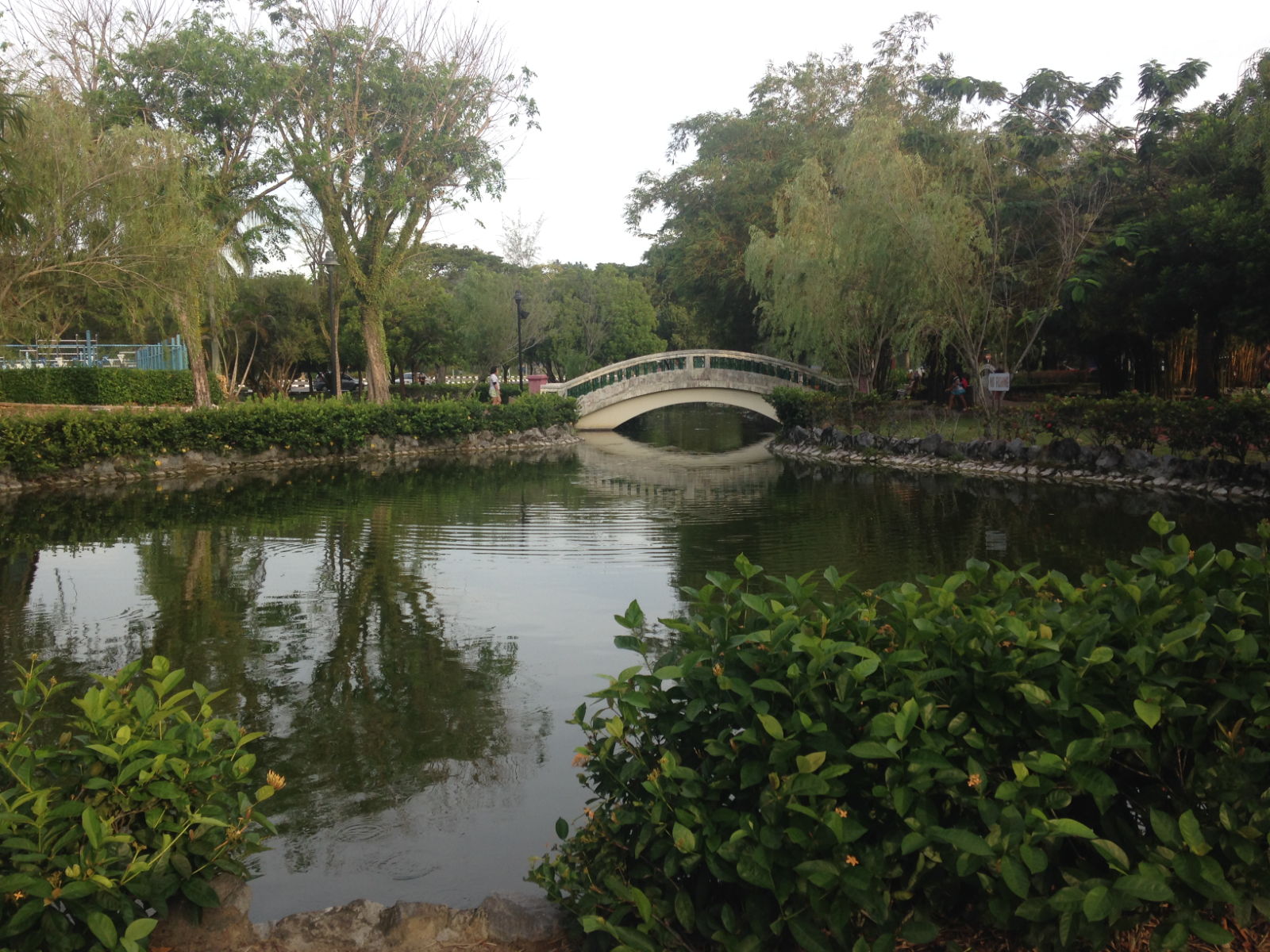

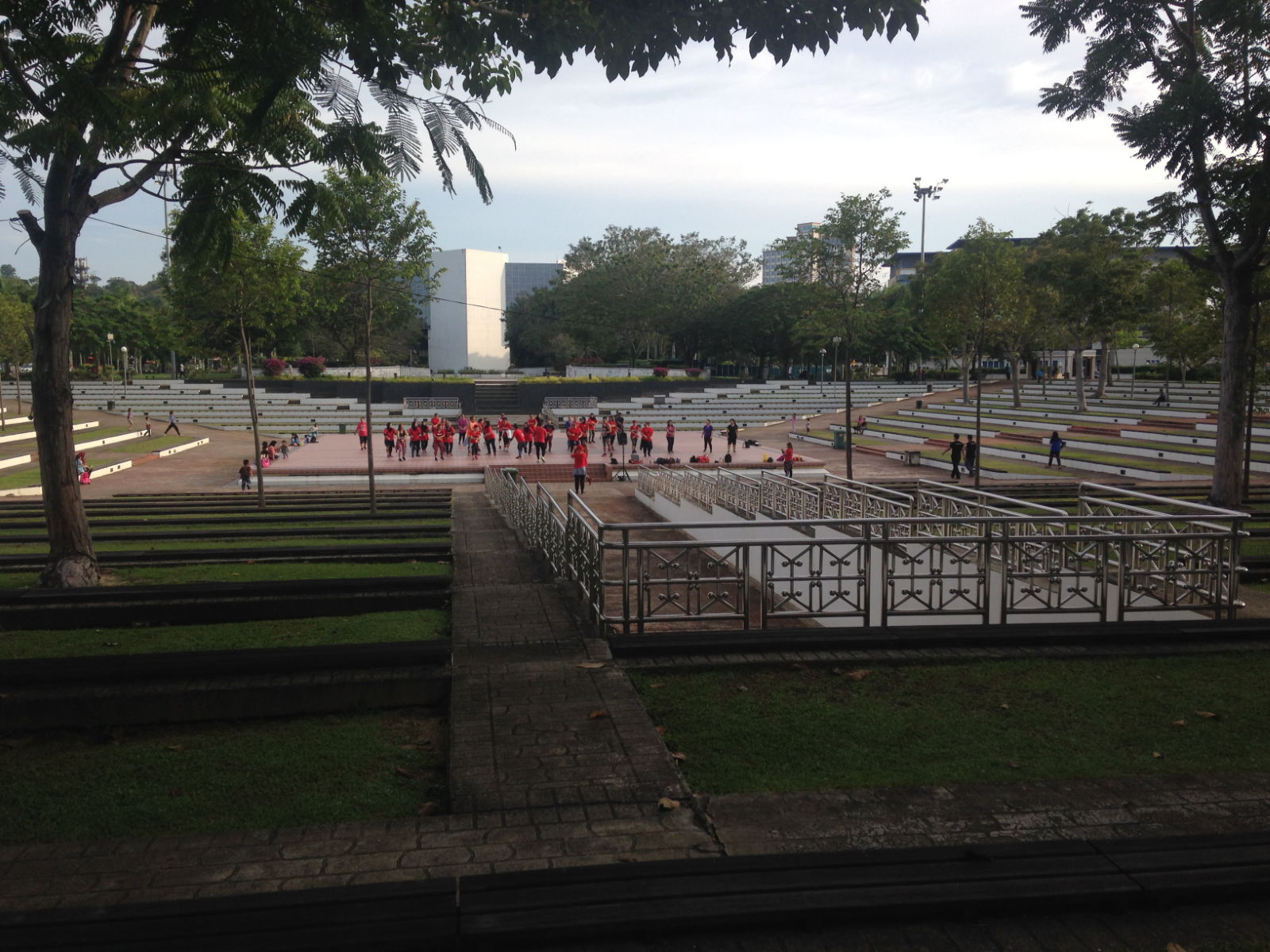
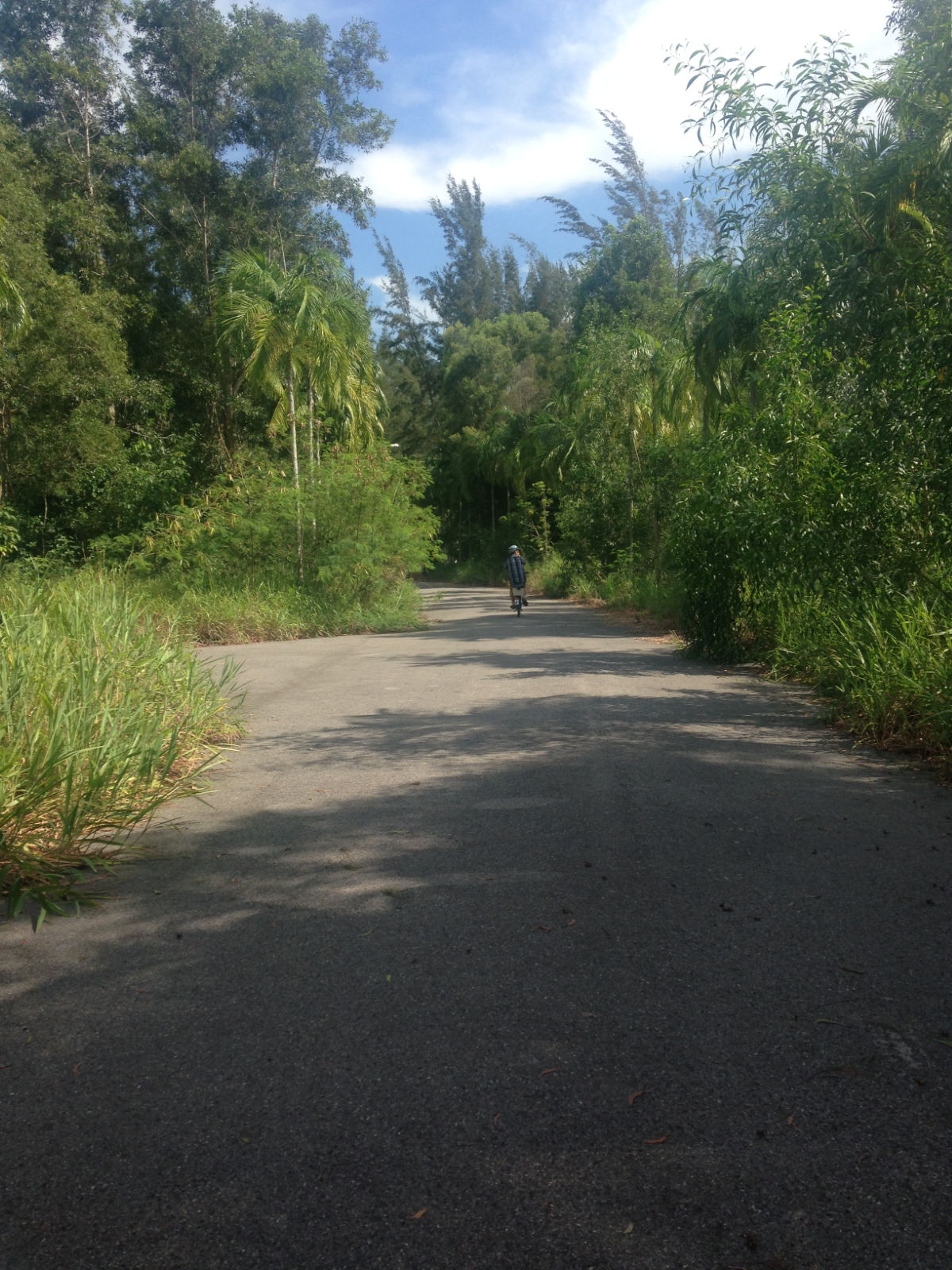
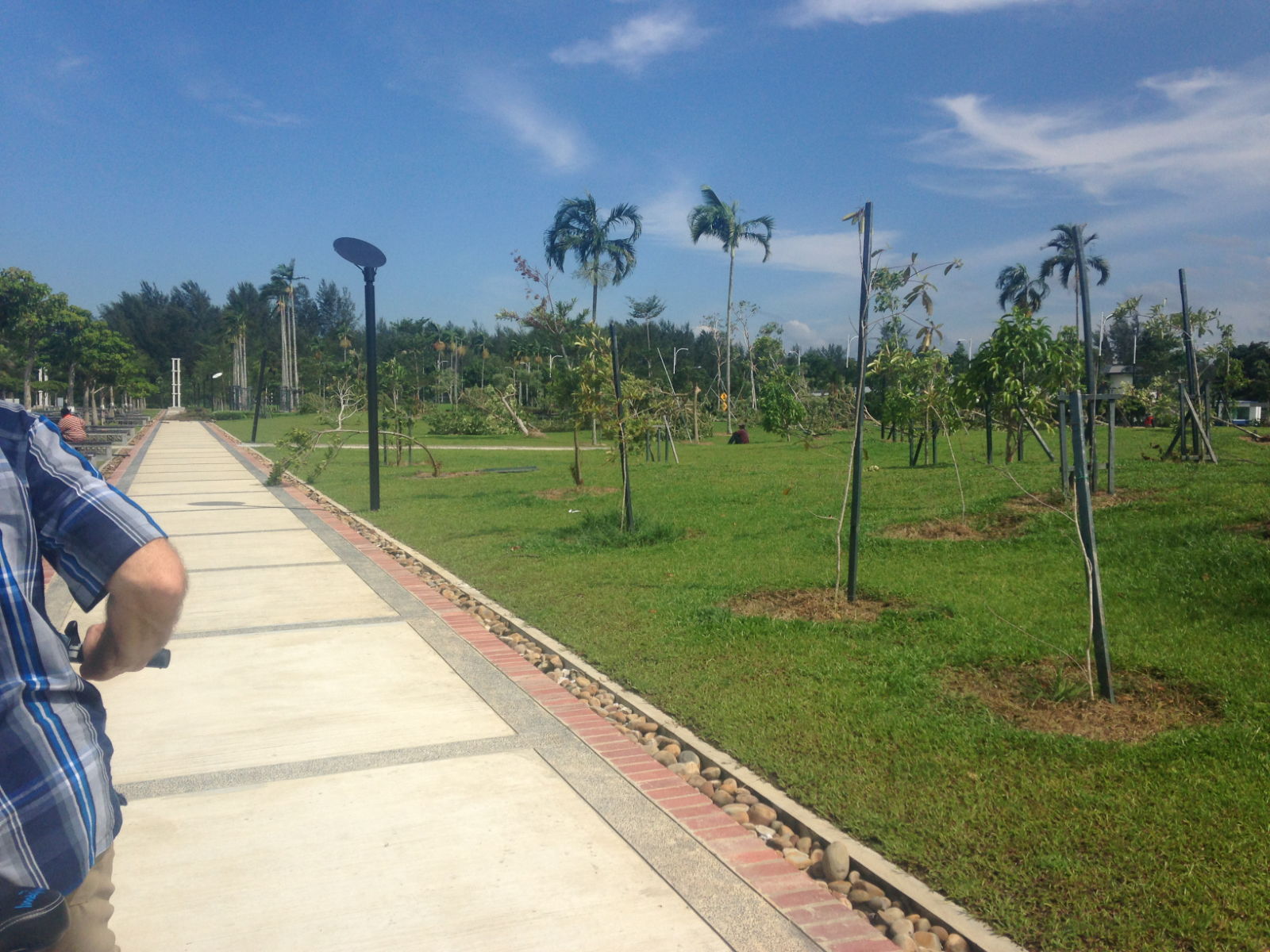

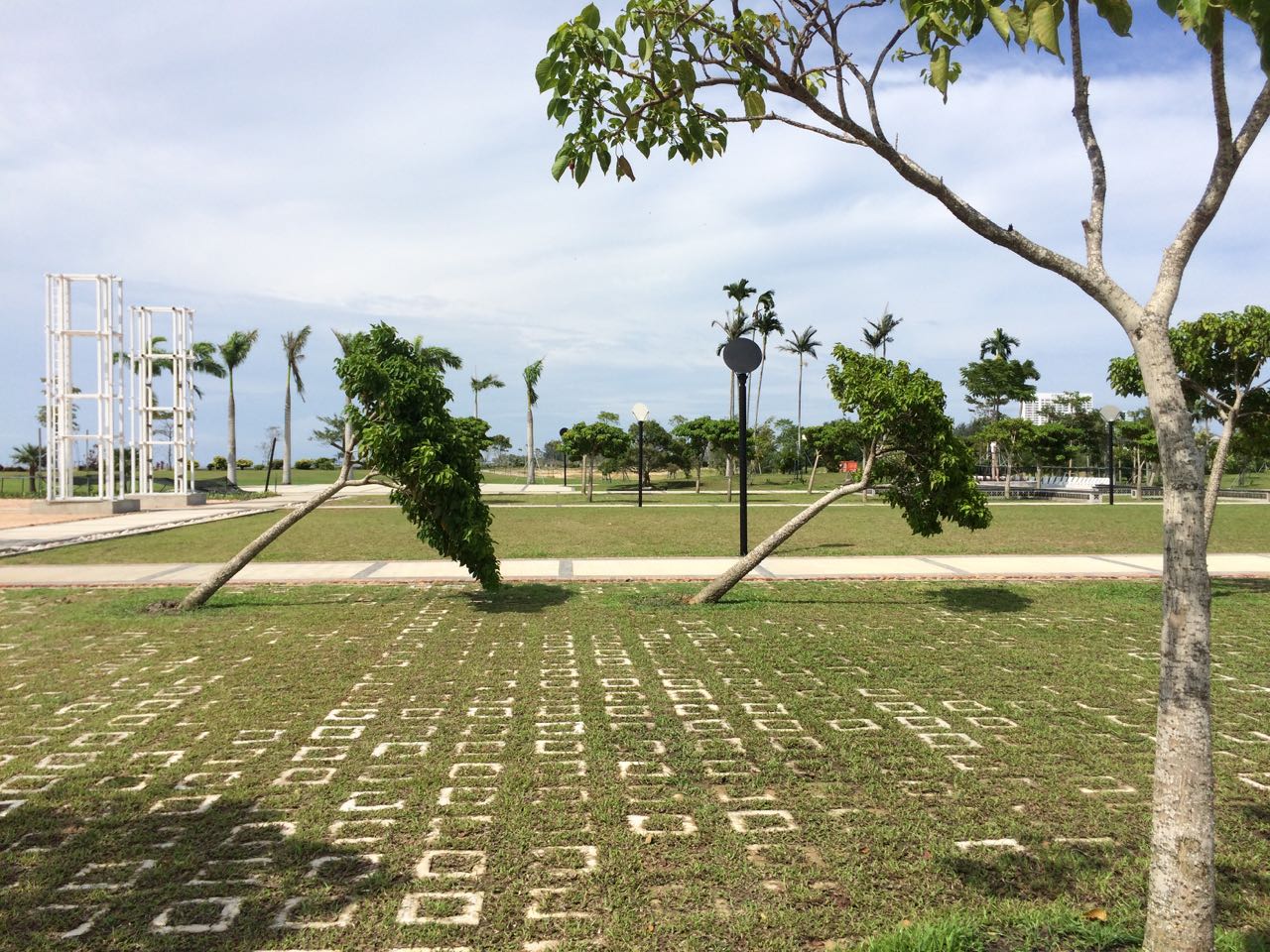

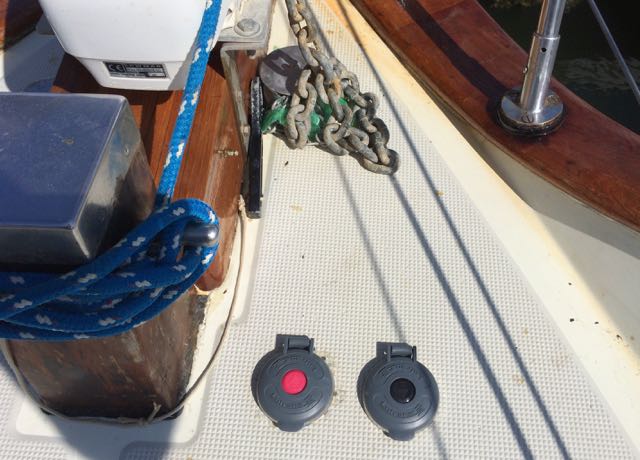
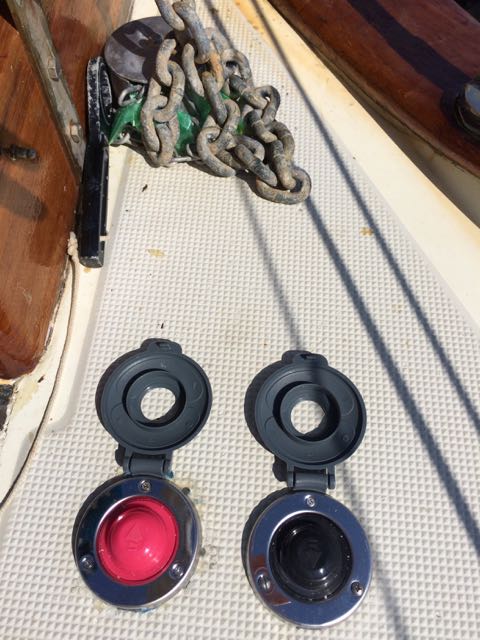
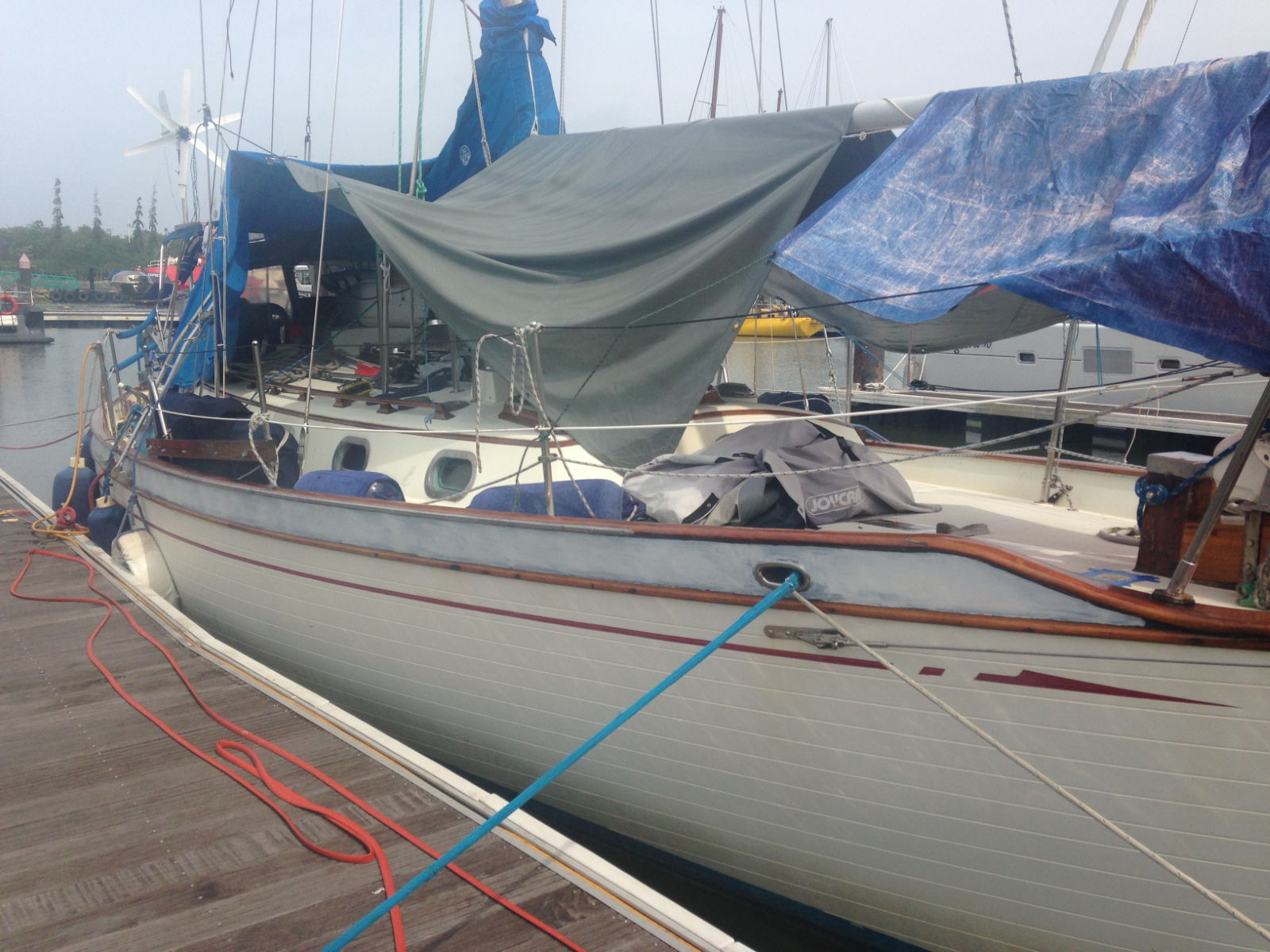
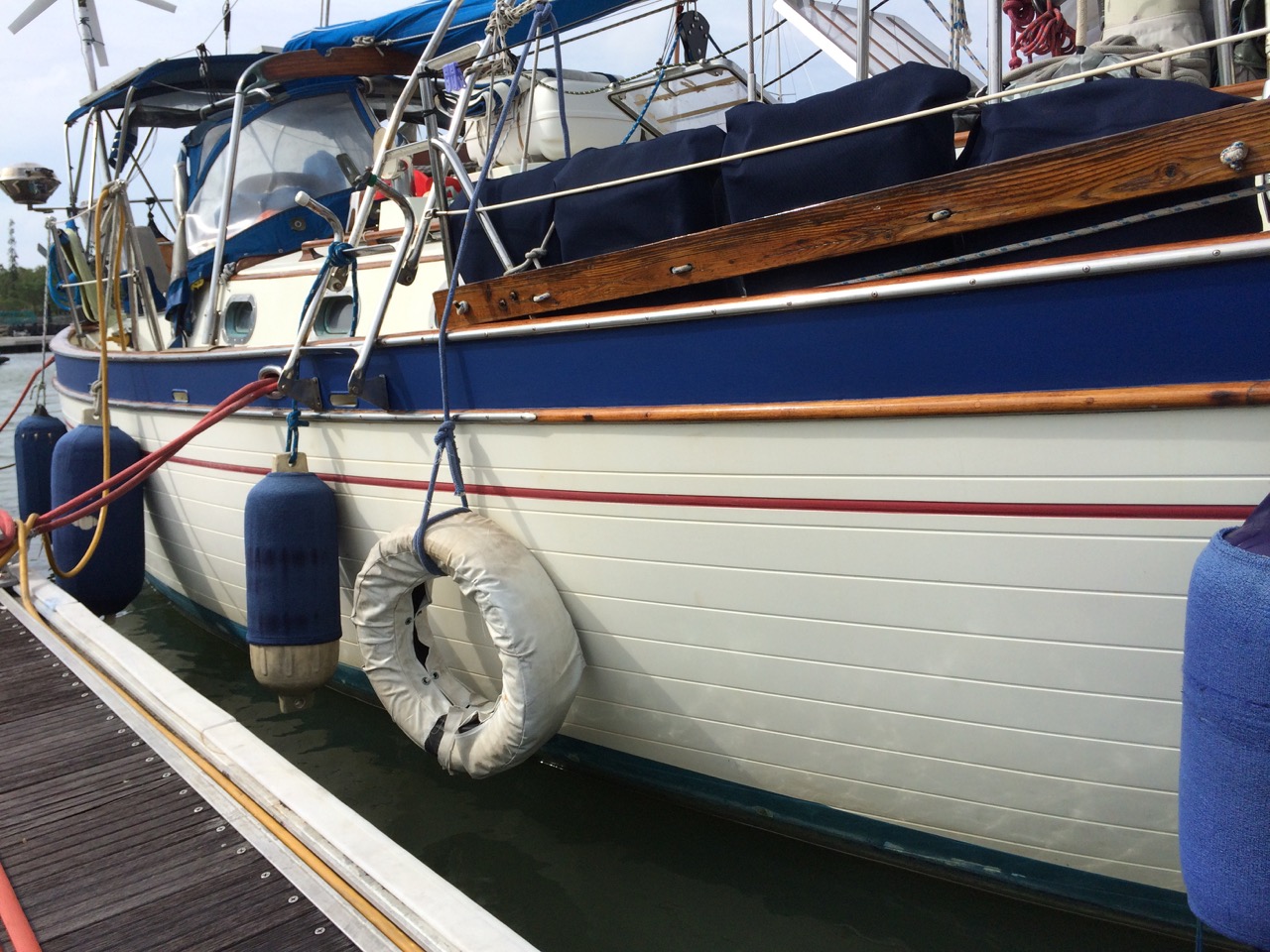
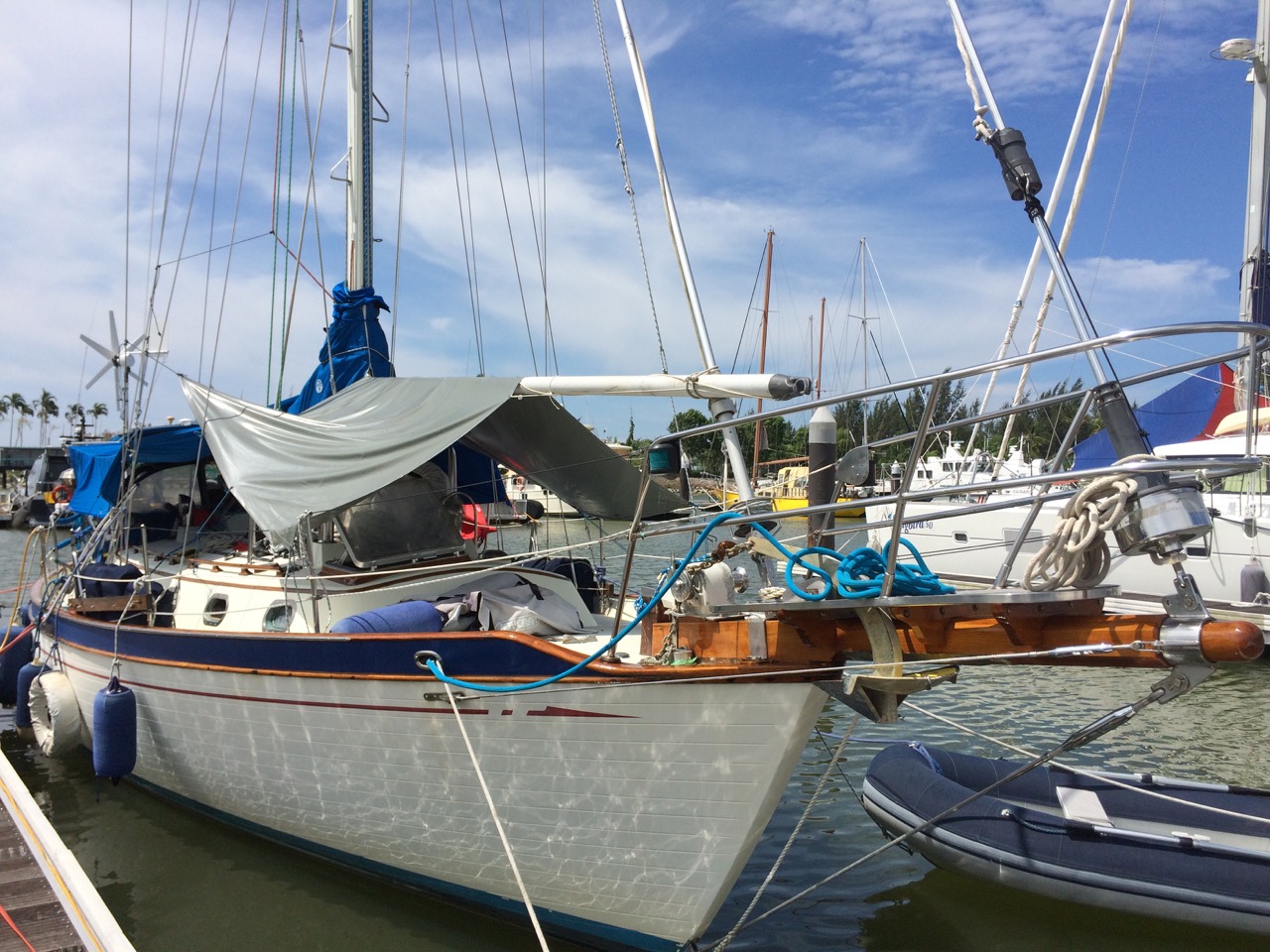

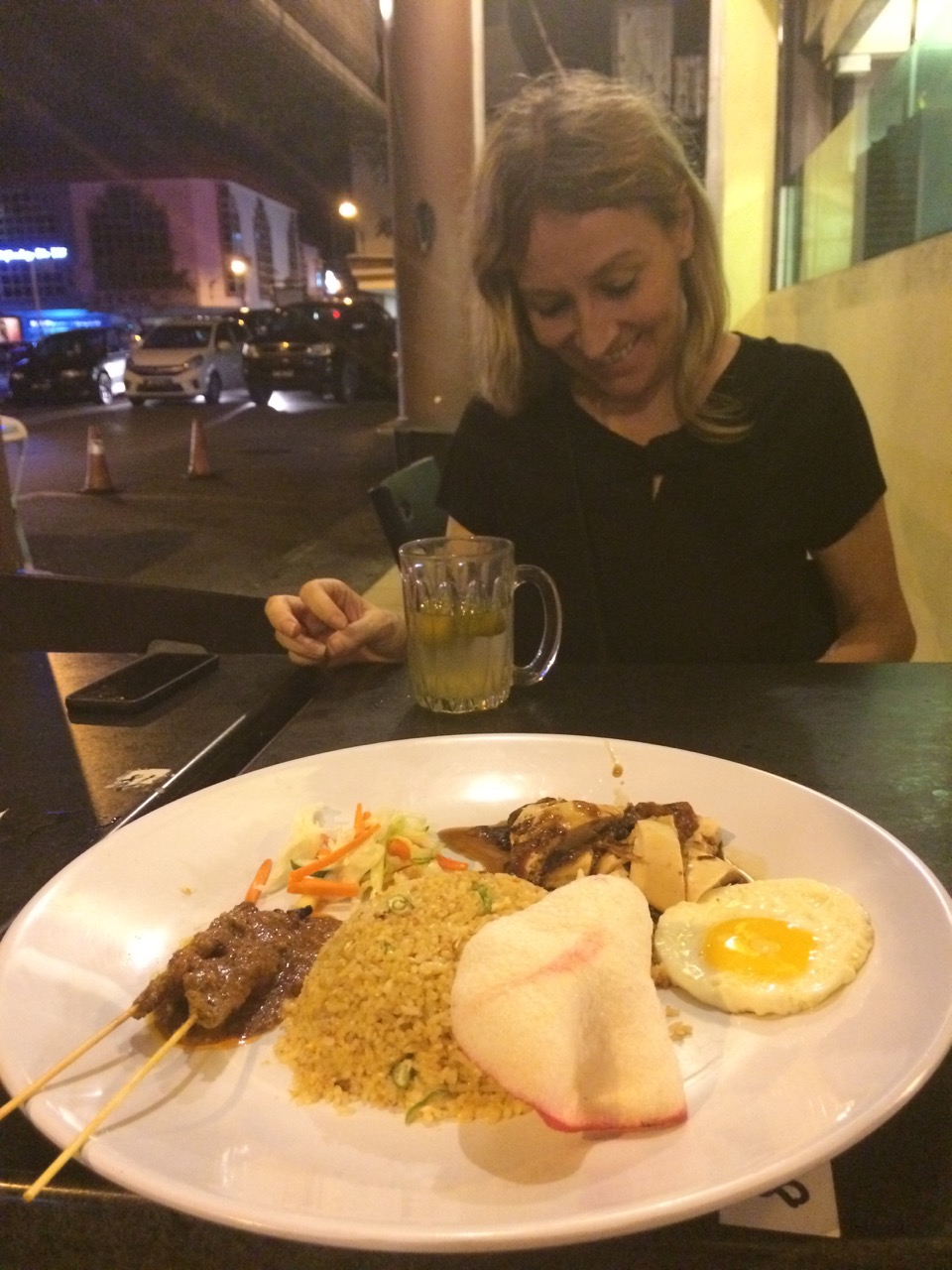

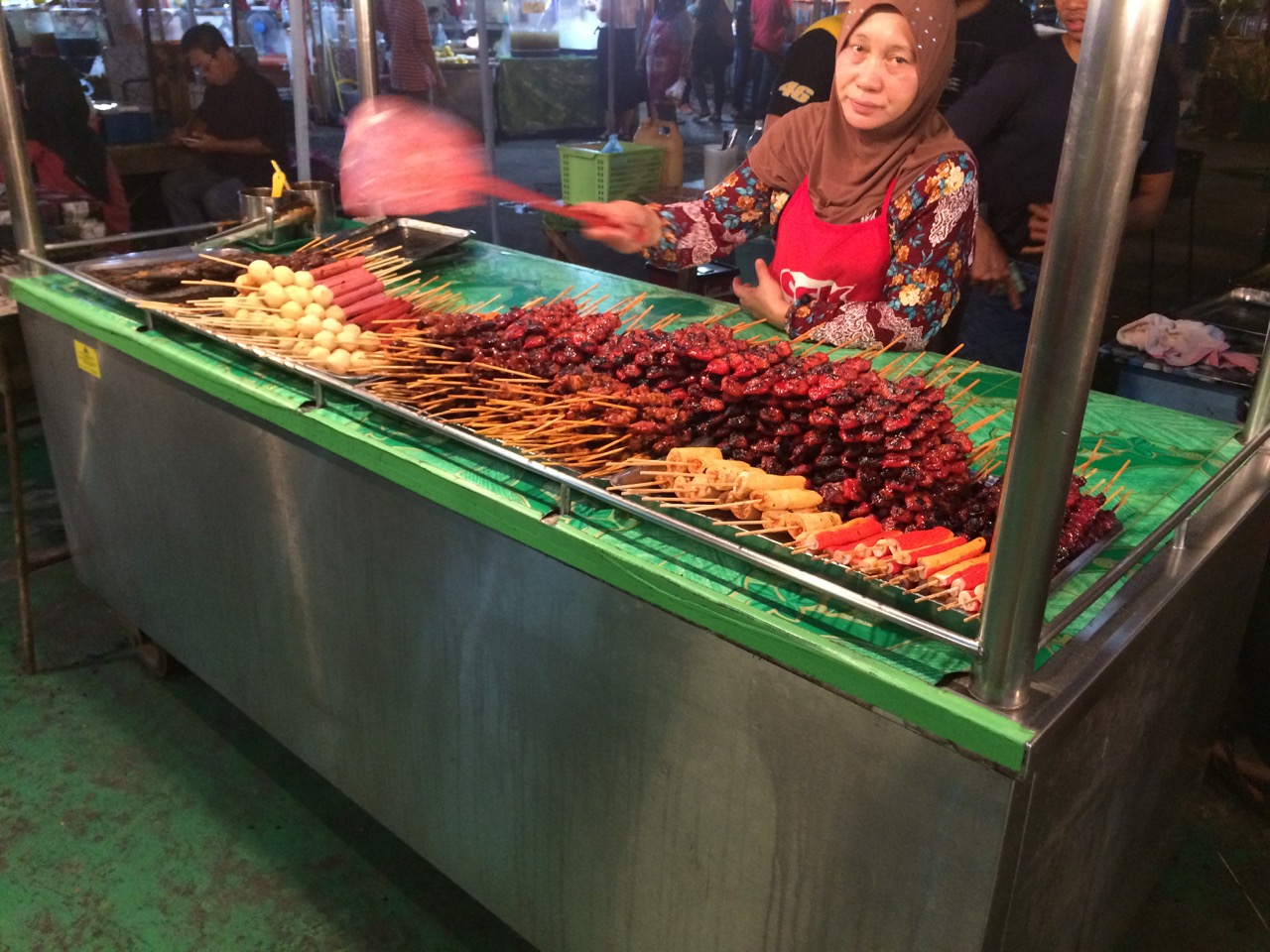
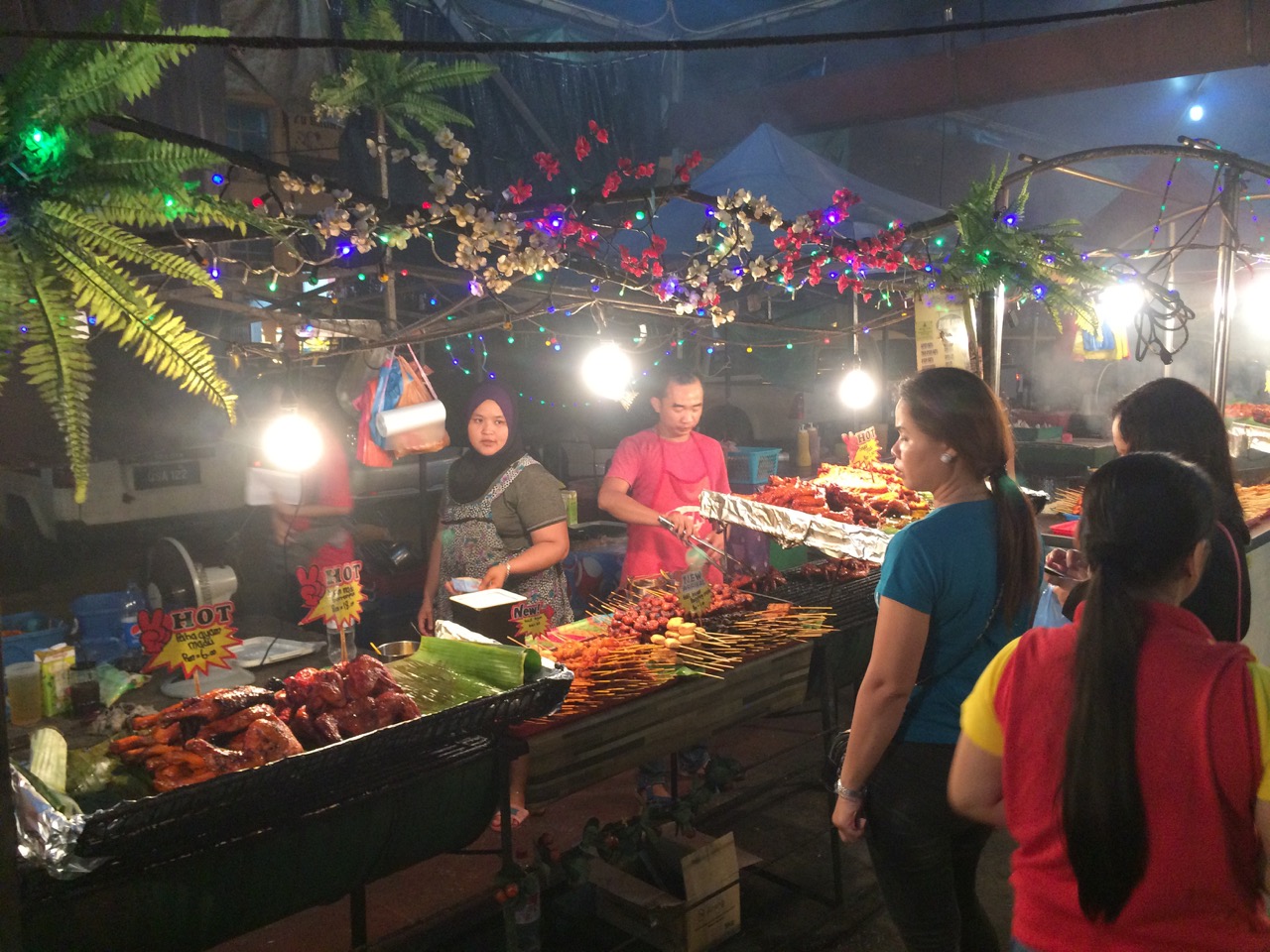
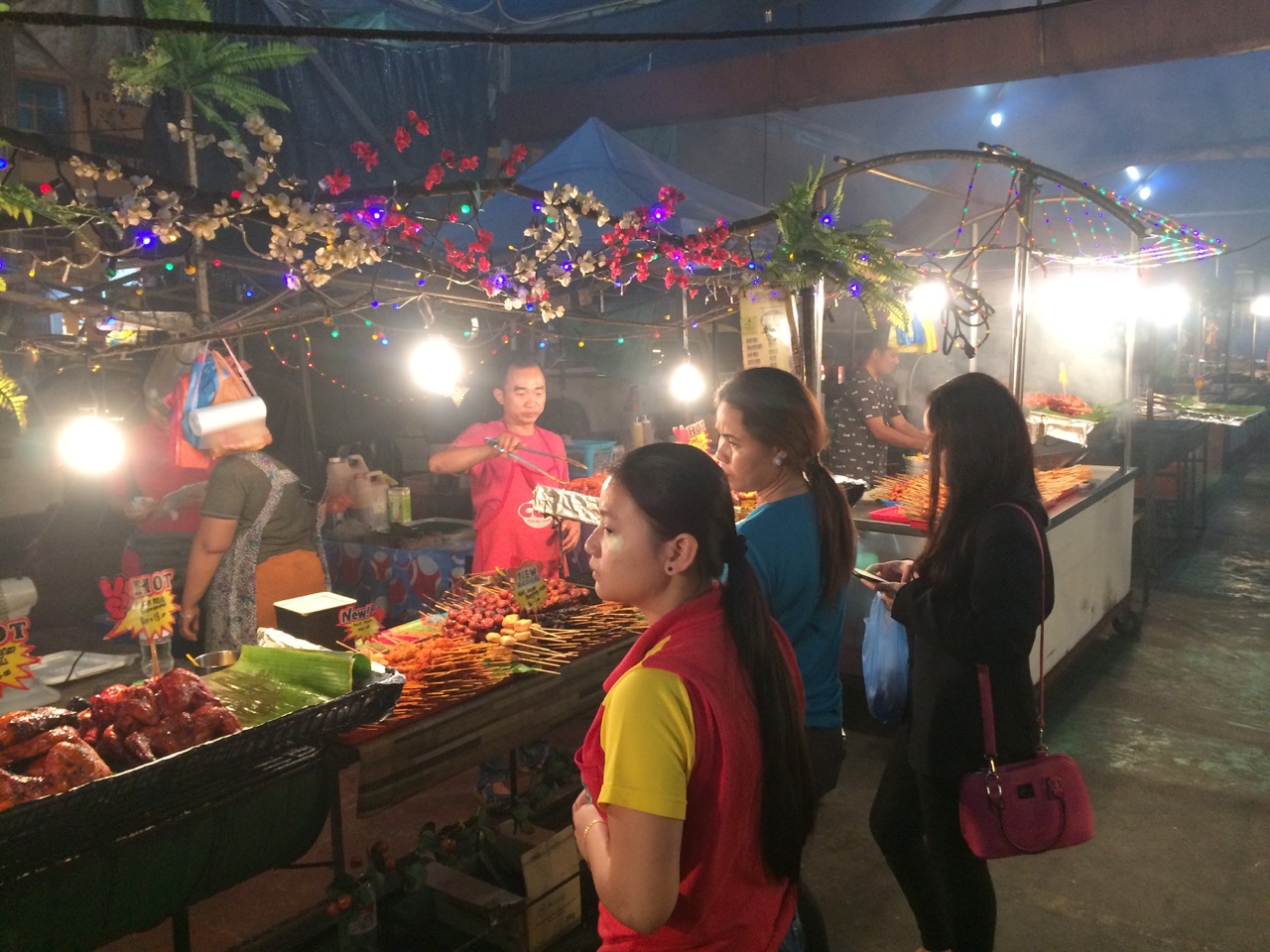
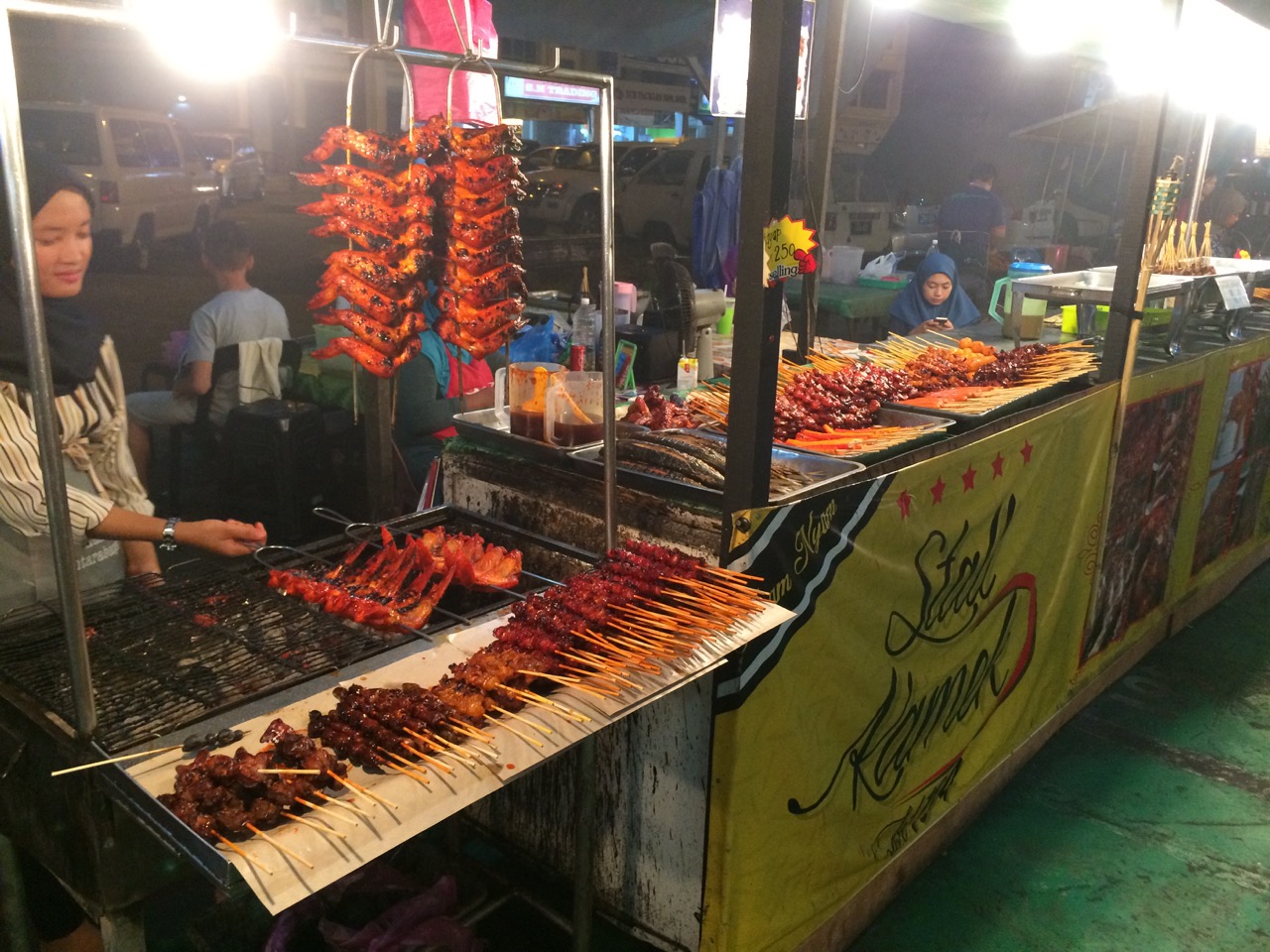

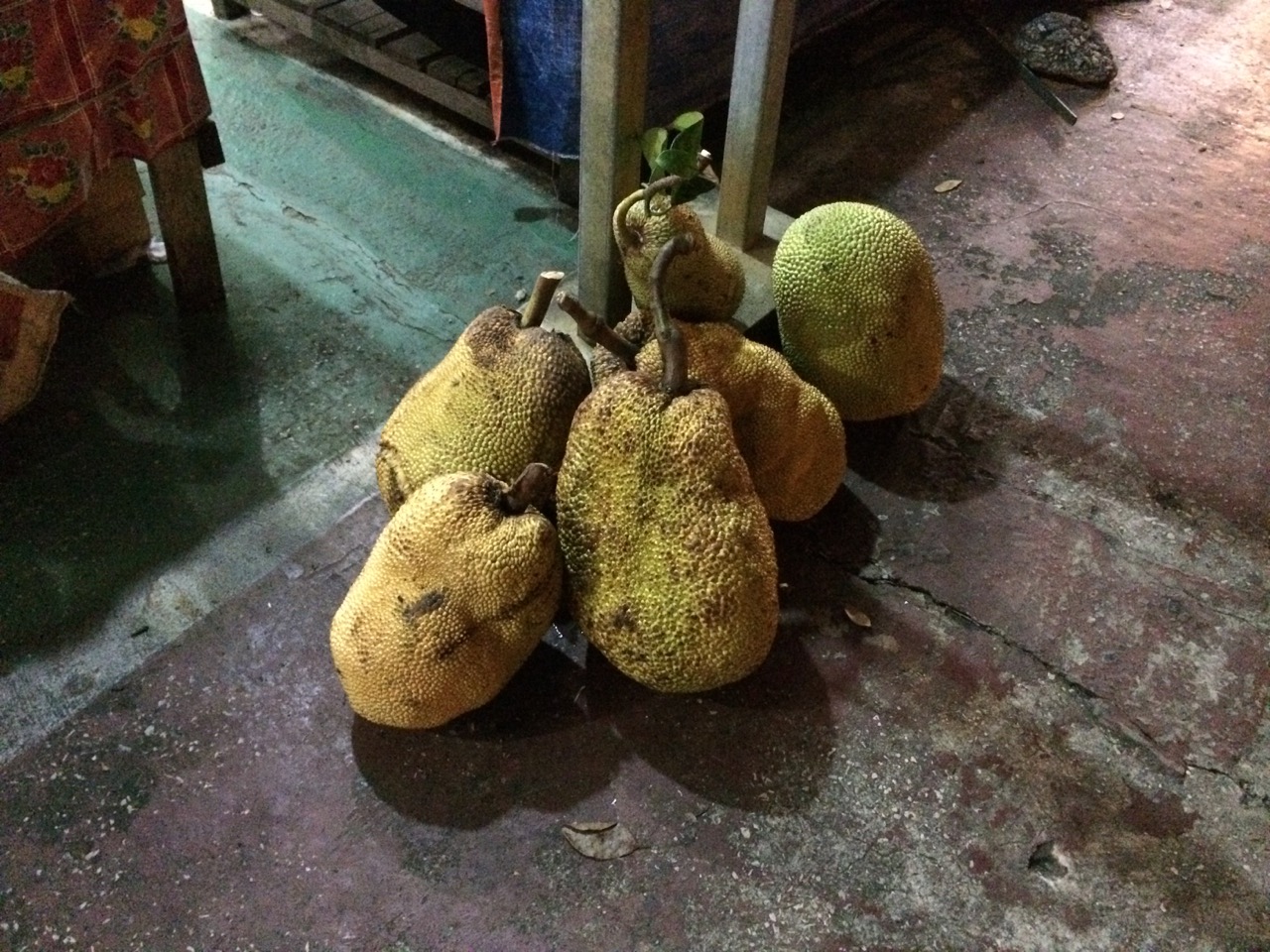
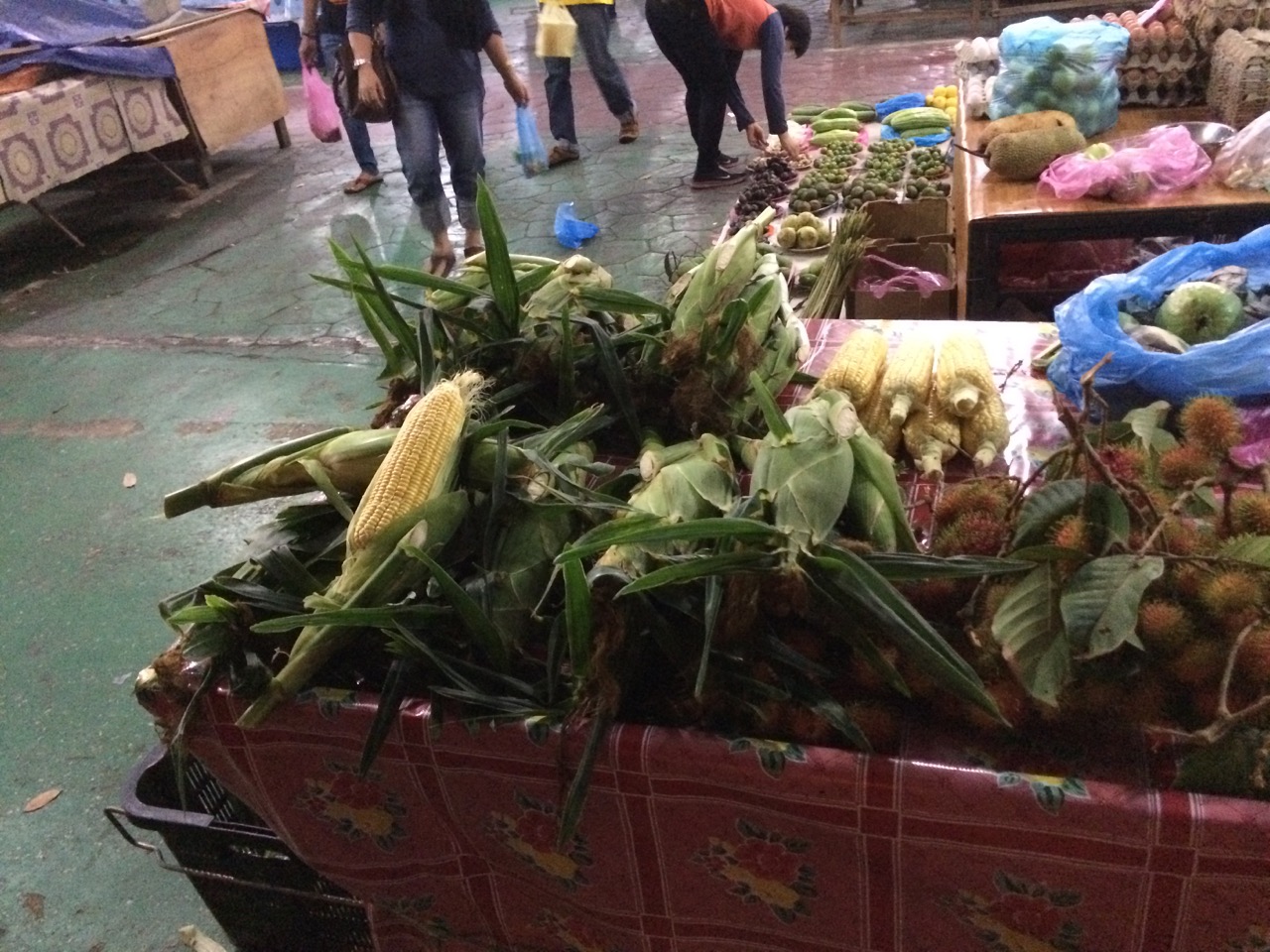
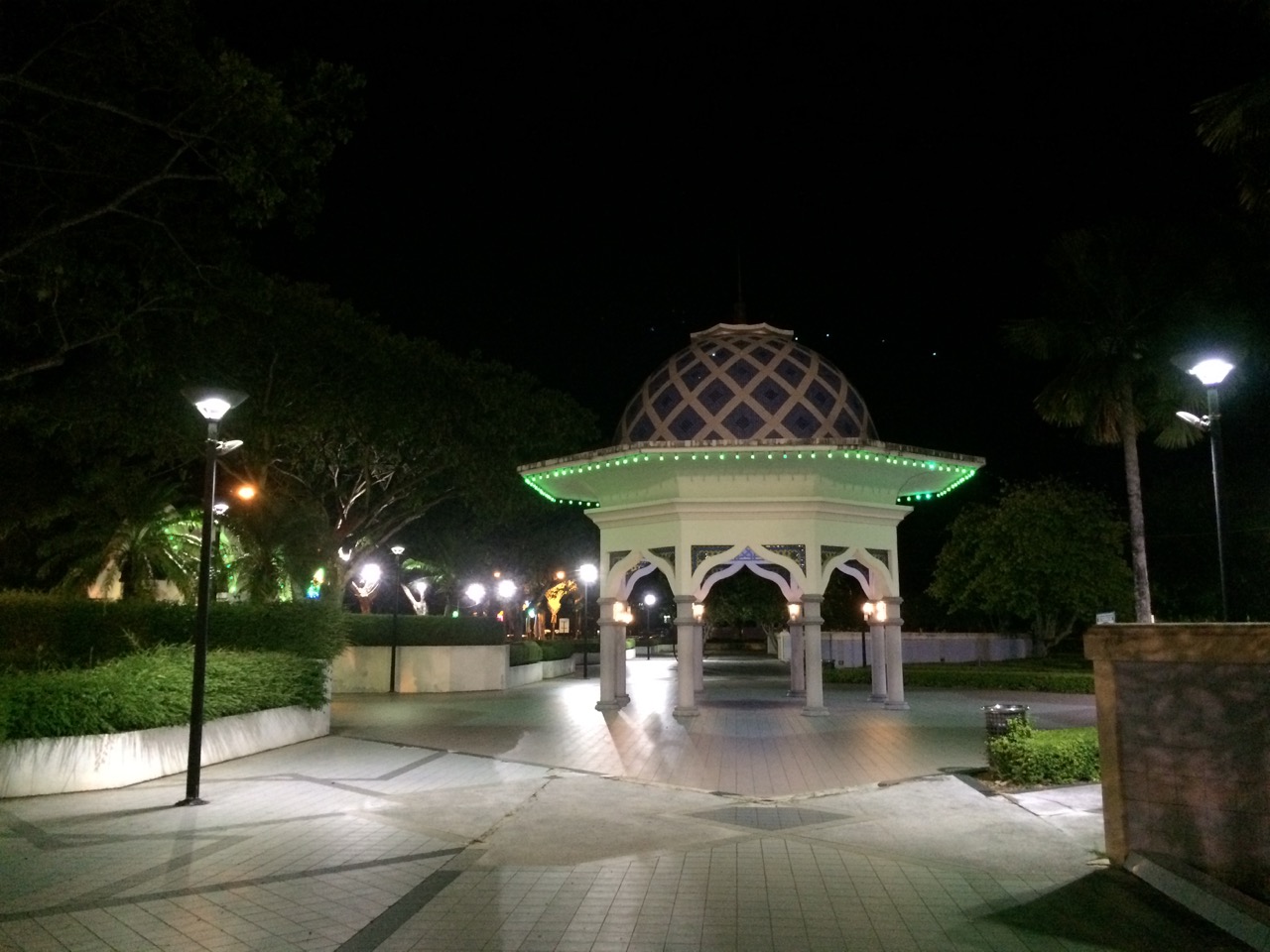
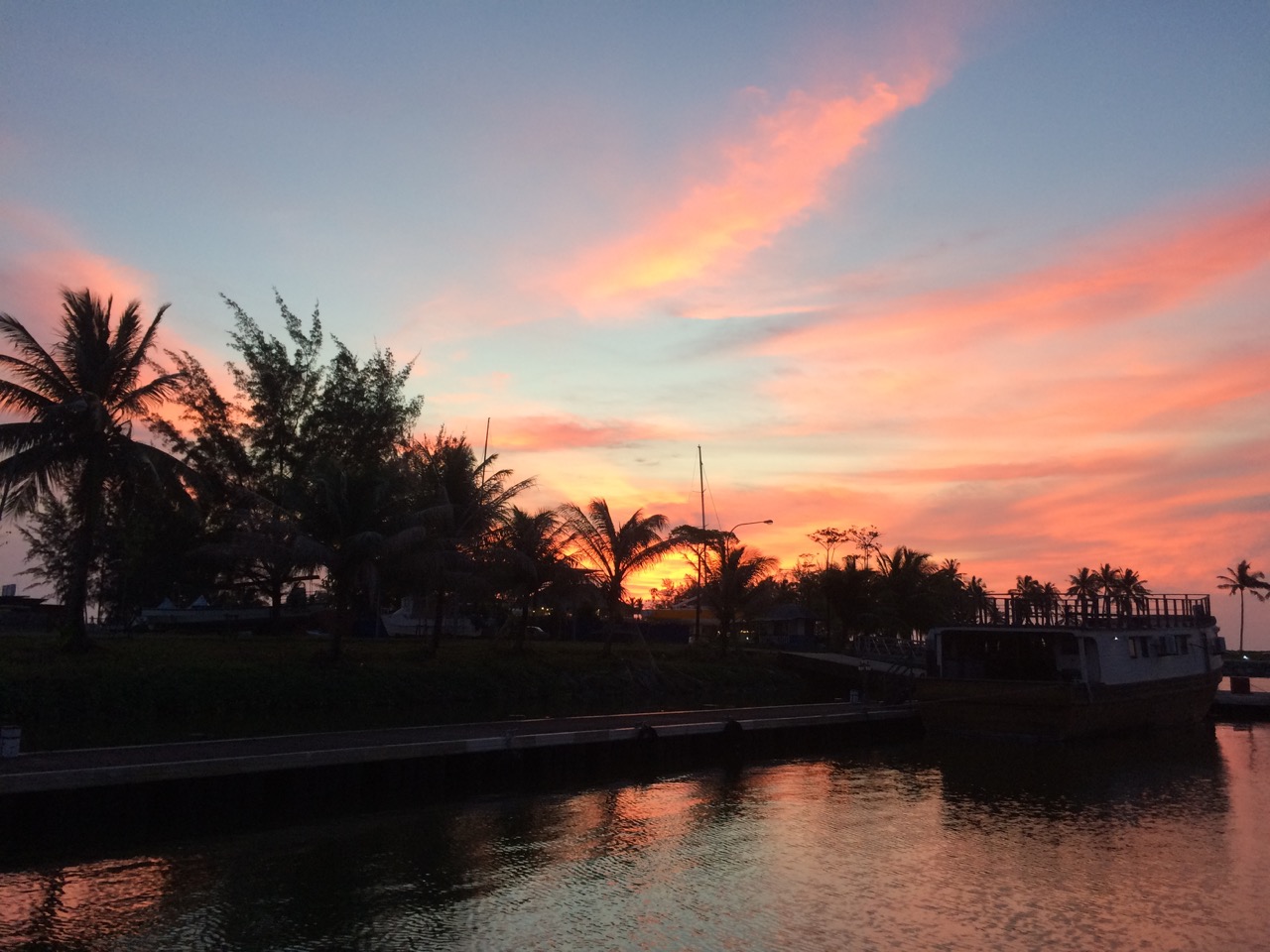

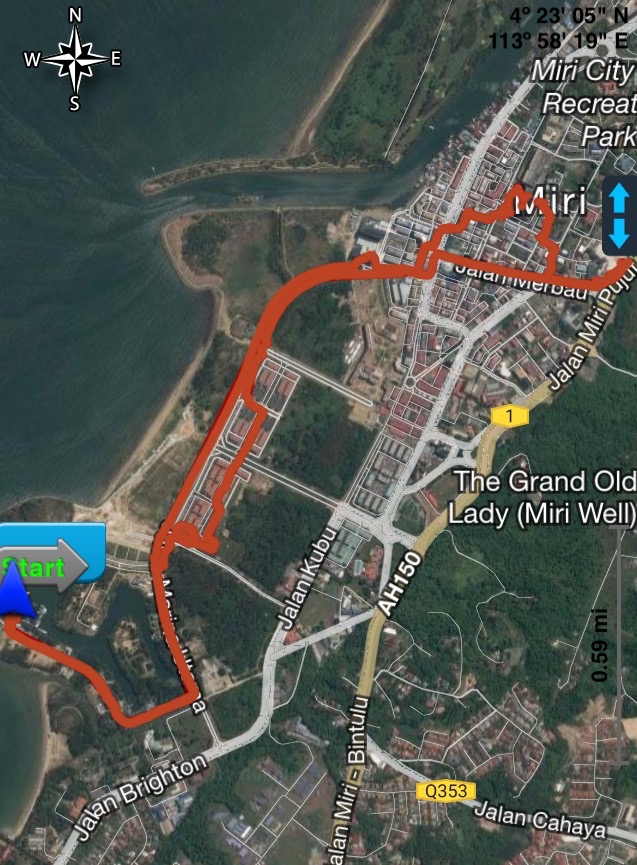 Paul Collister
Paul Collister
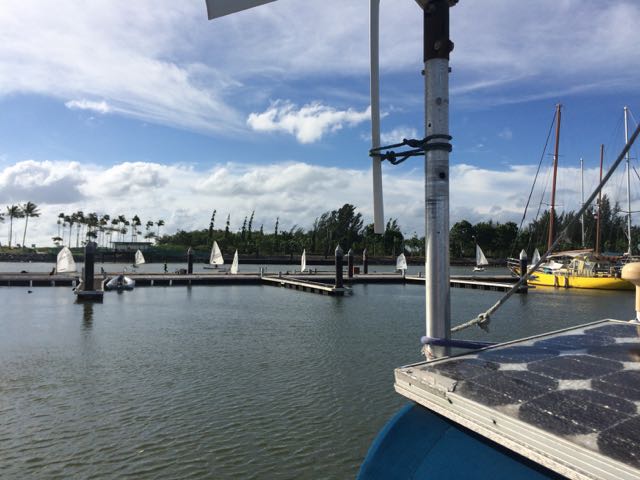
 We popped over to the spit of land that makes the breakwater for the marina, this is where the seahorse is, it also has a lovely large hall, built by indigenous craftsmen here, possibly from the Iban tribe, using traditional methods, it’s mostly made of bamboo, looking up into the roof reveals a wonderful lattice of bamboo rafters and supports
We popped over to the spit of land that makes the breakwater for the marina, this is where the seahorse is, it also has a lovely large hall, built by indigenous craftsmen here, possibly from the Iban tribe, using traditional methods, it’s mostly made of bamboo, looking up into the roof reveals a wonderful lattice of bamboo rafters and supports

